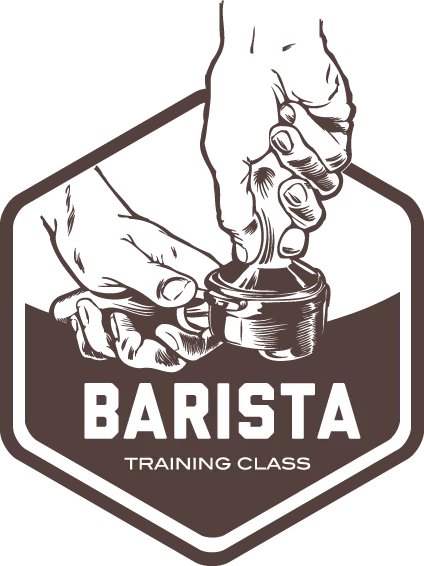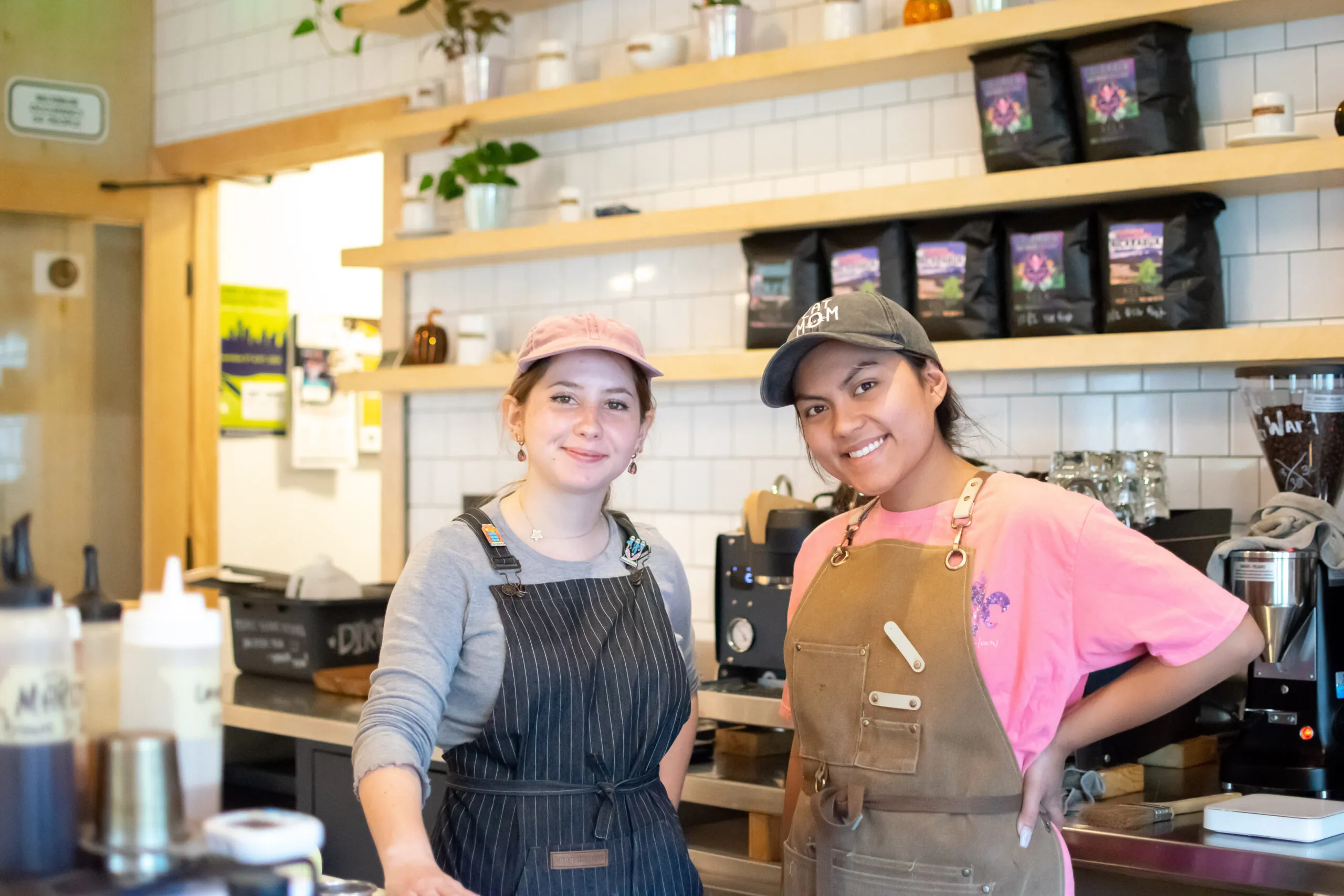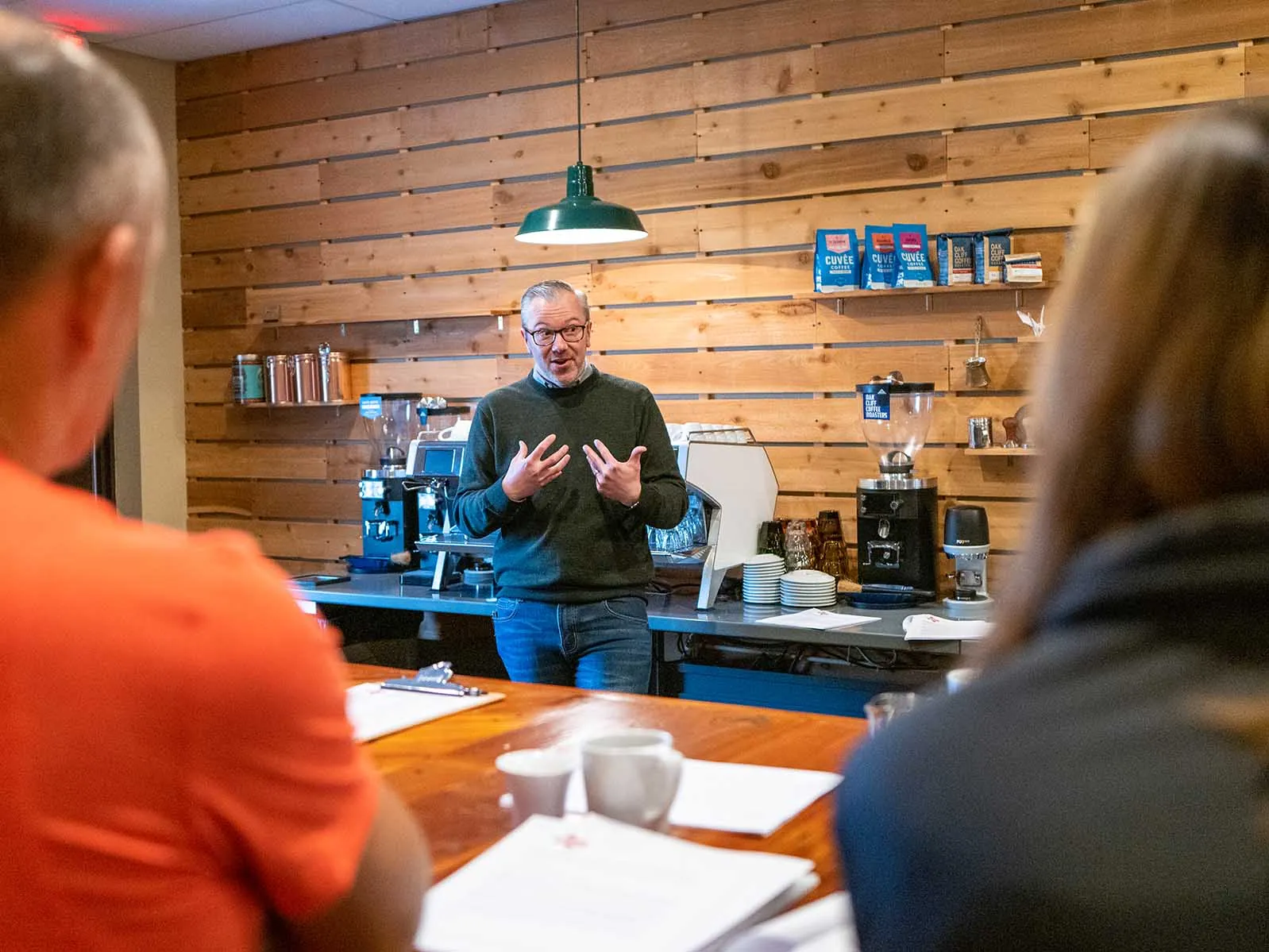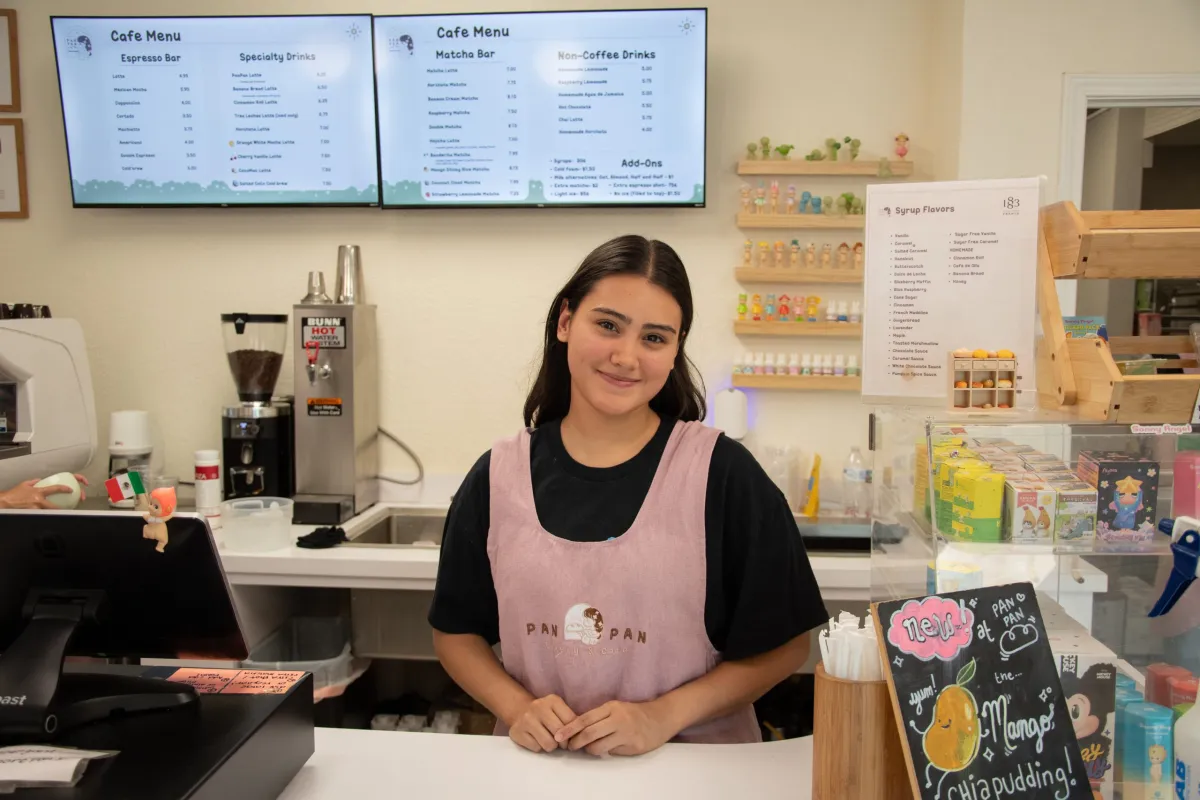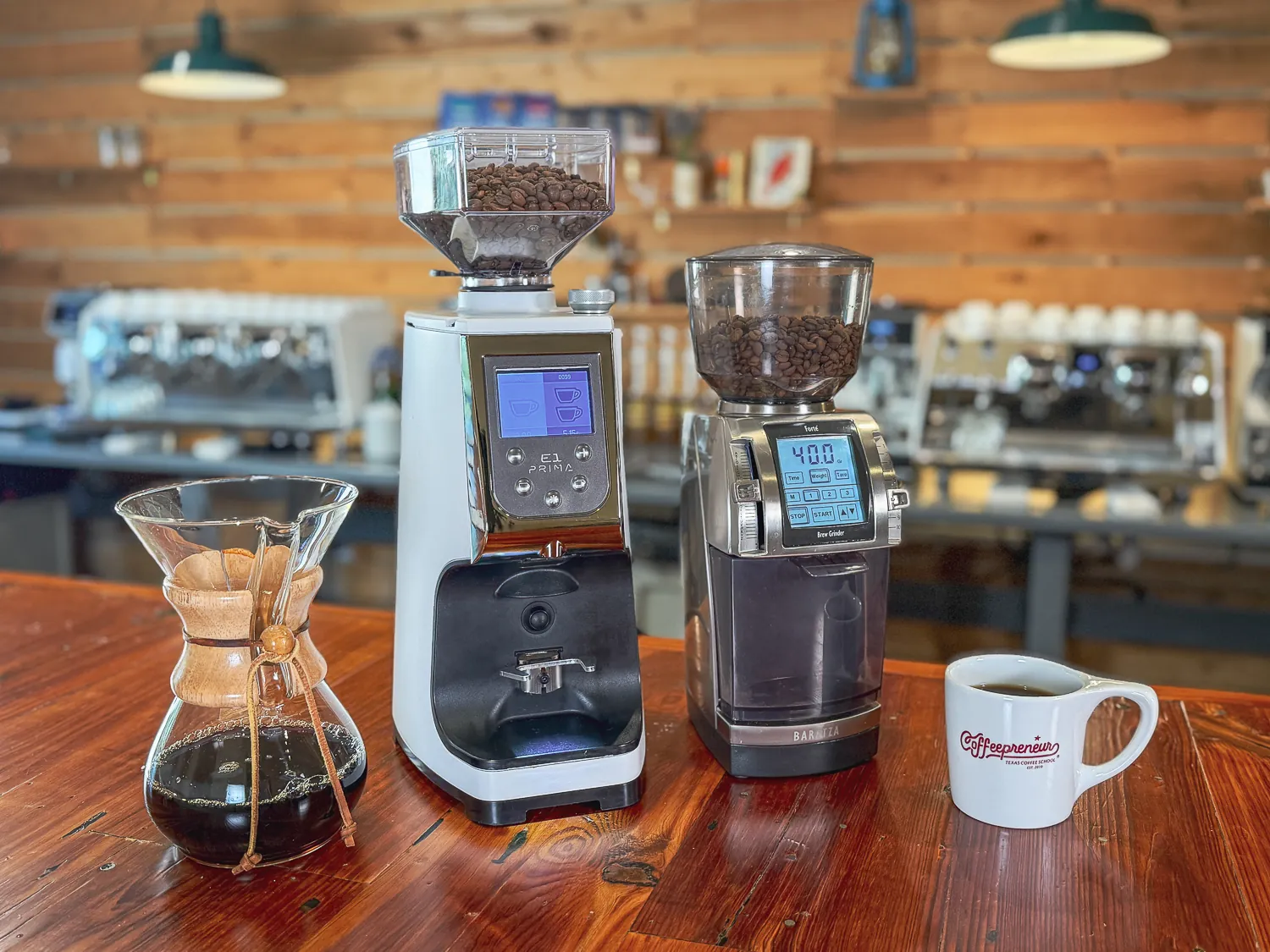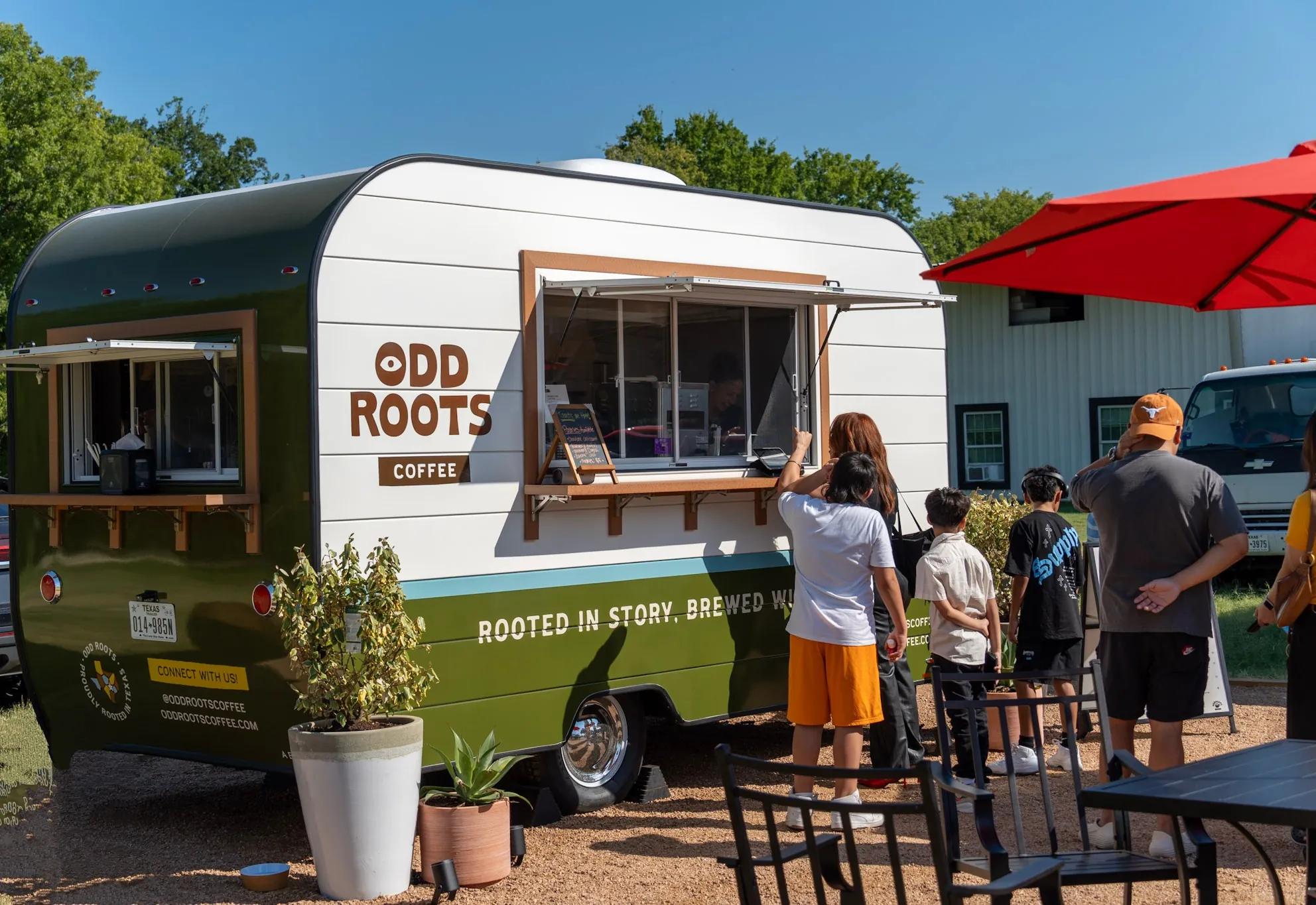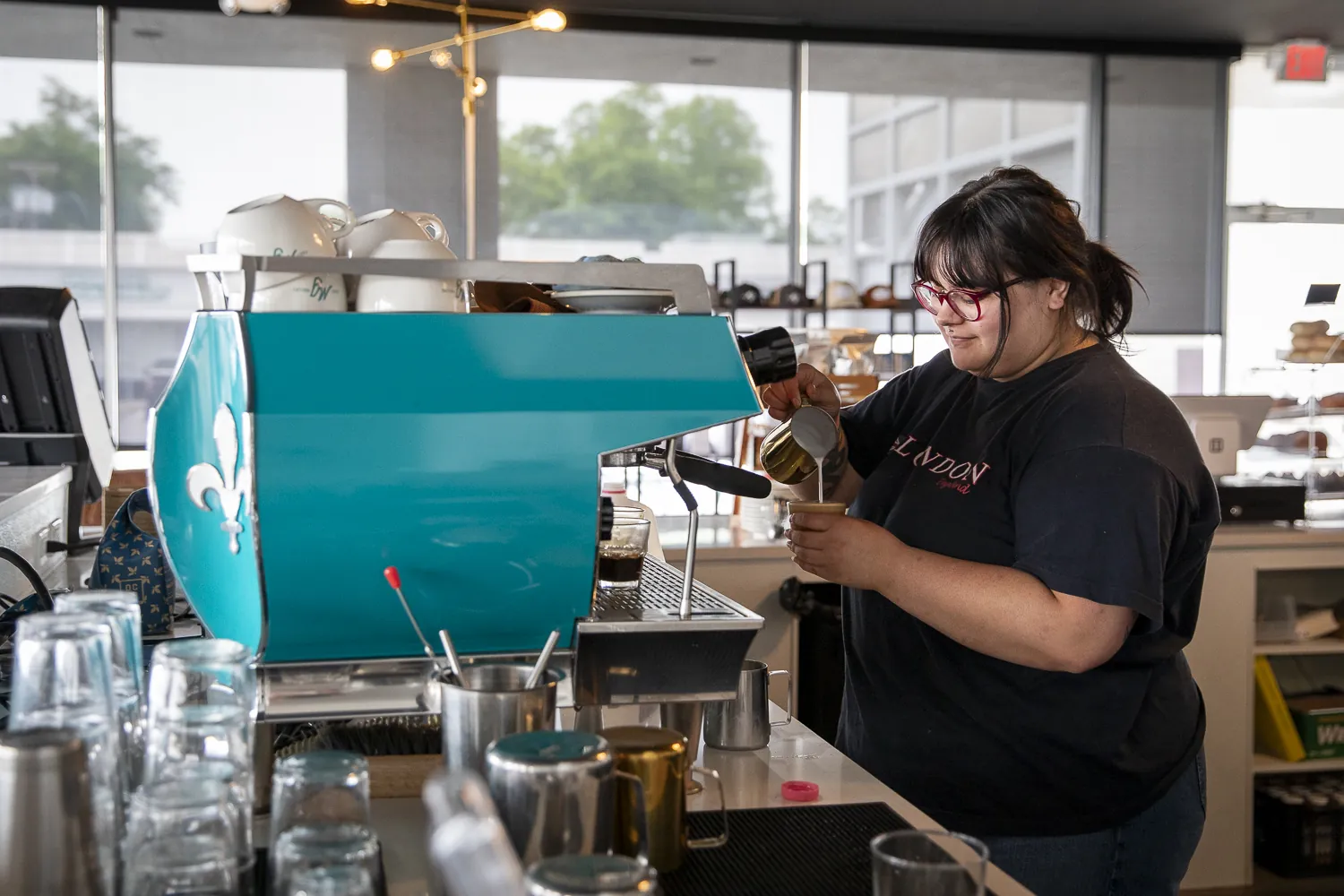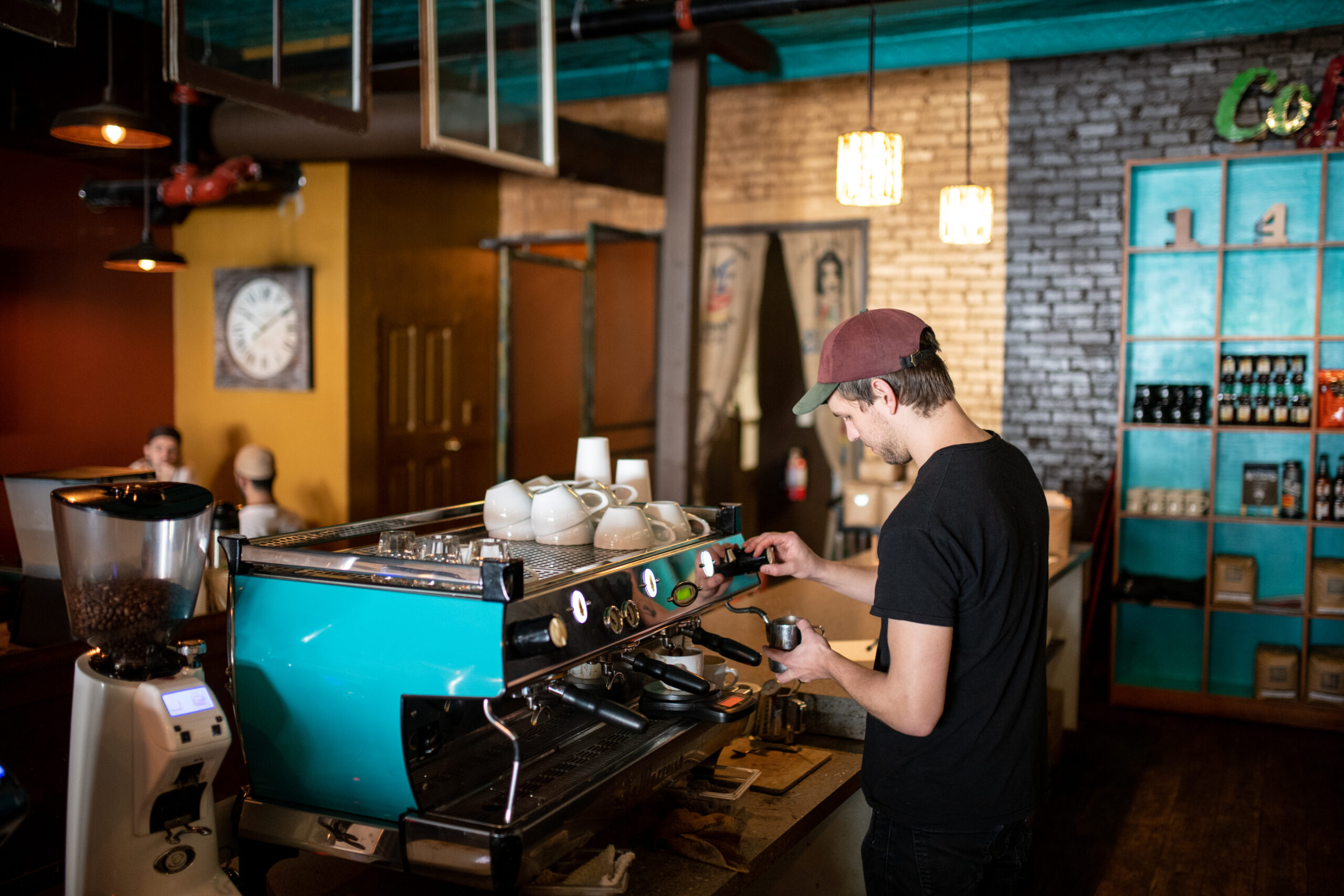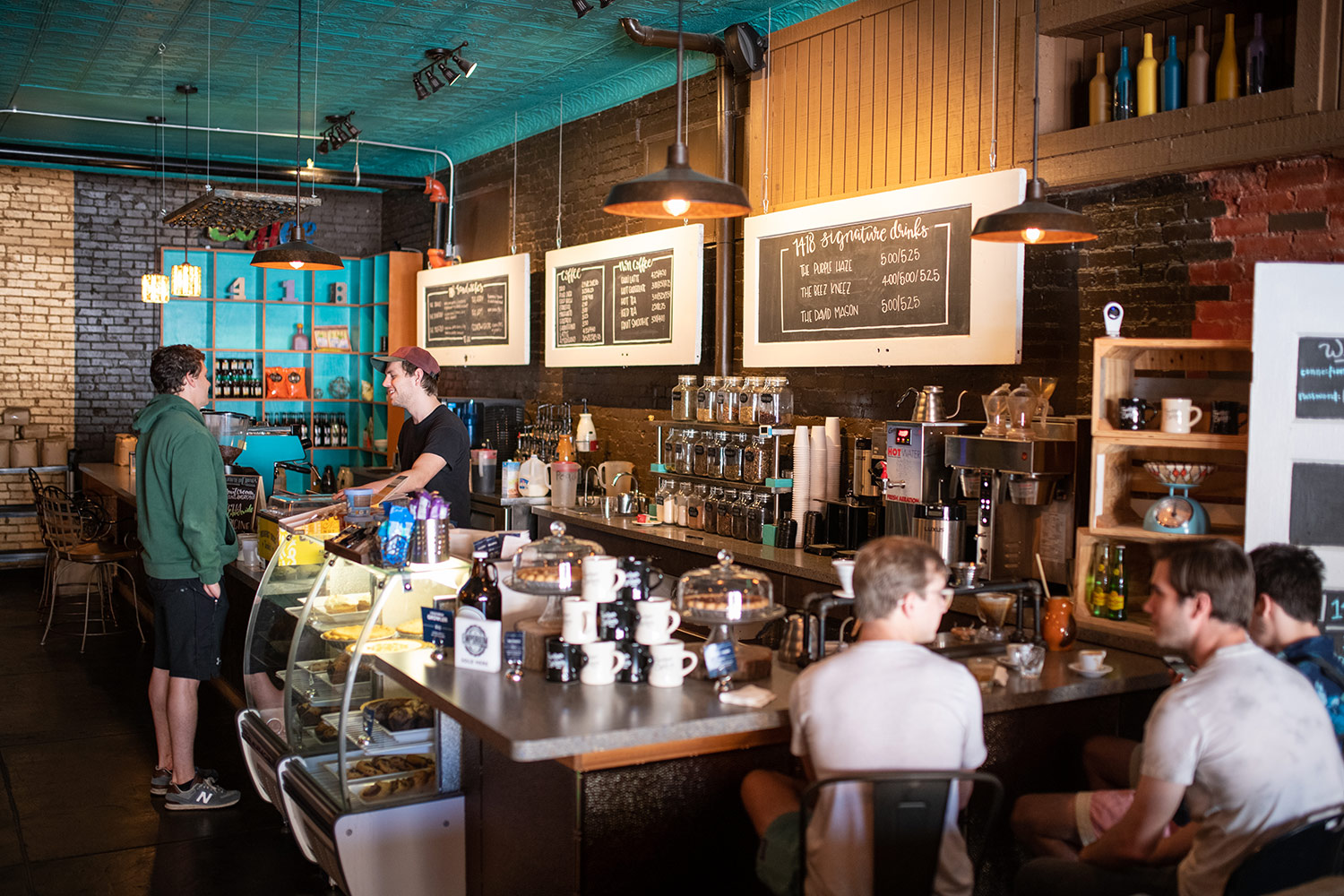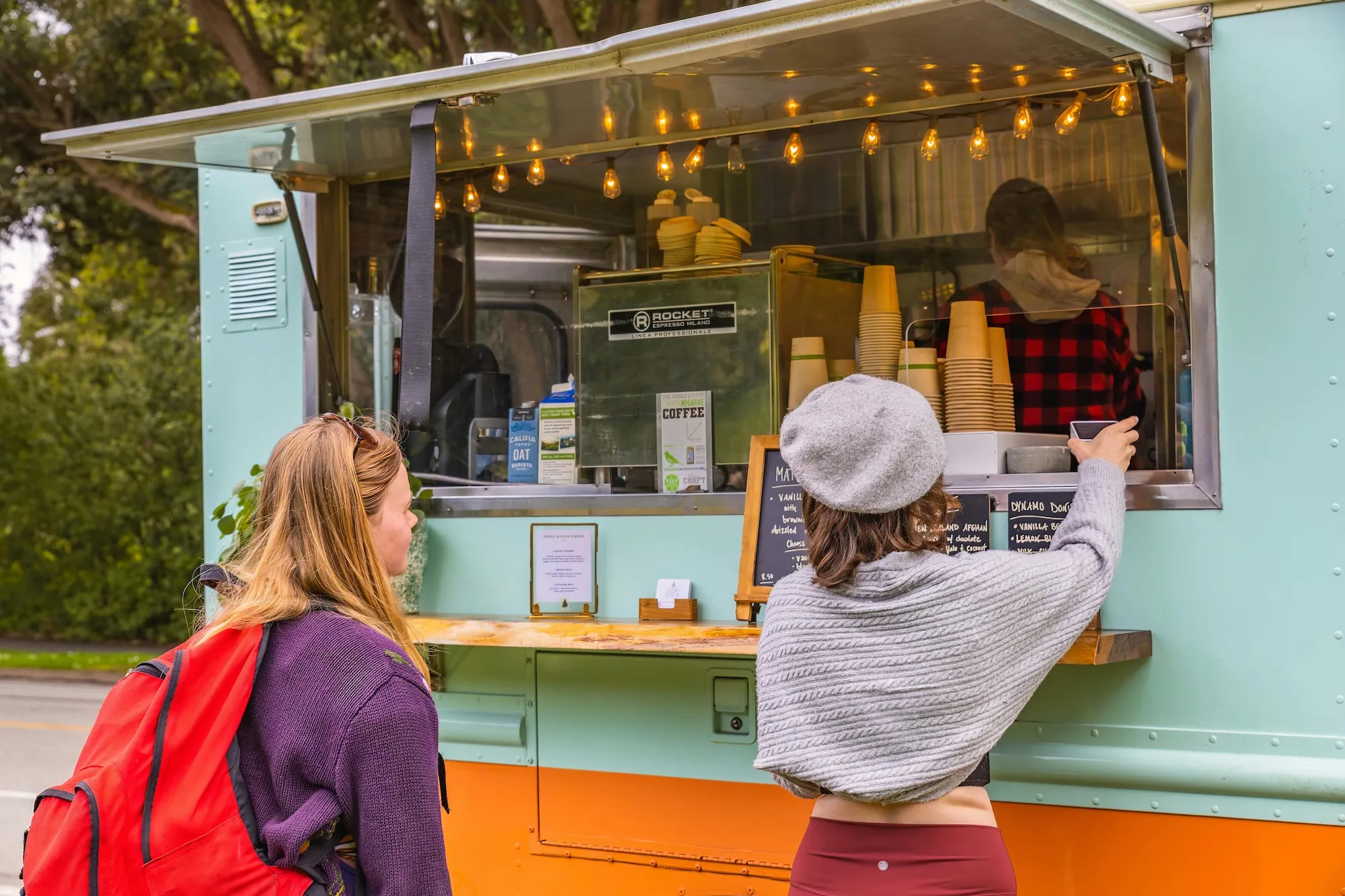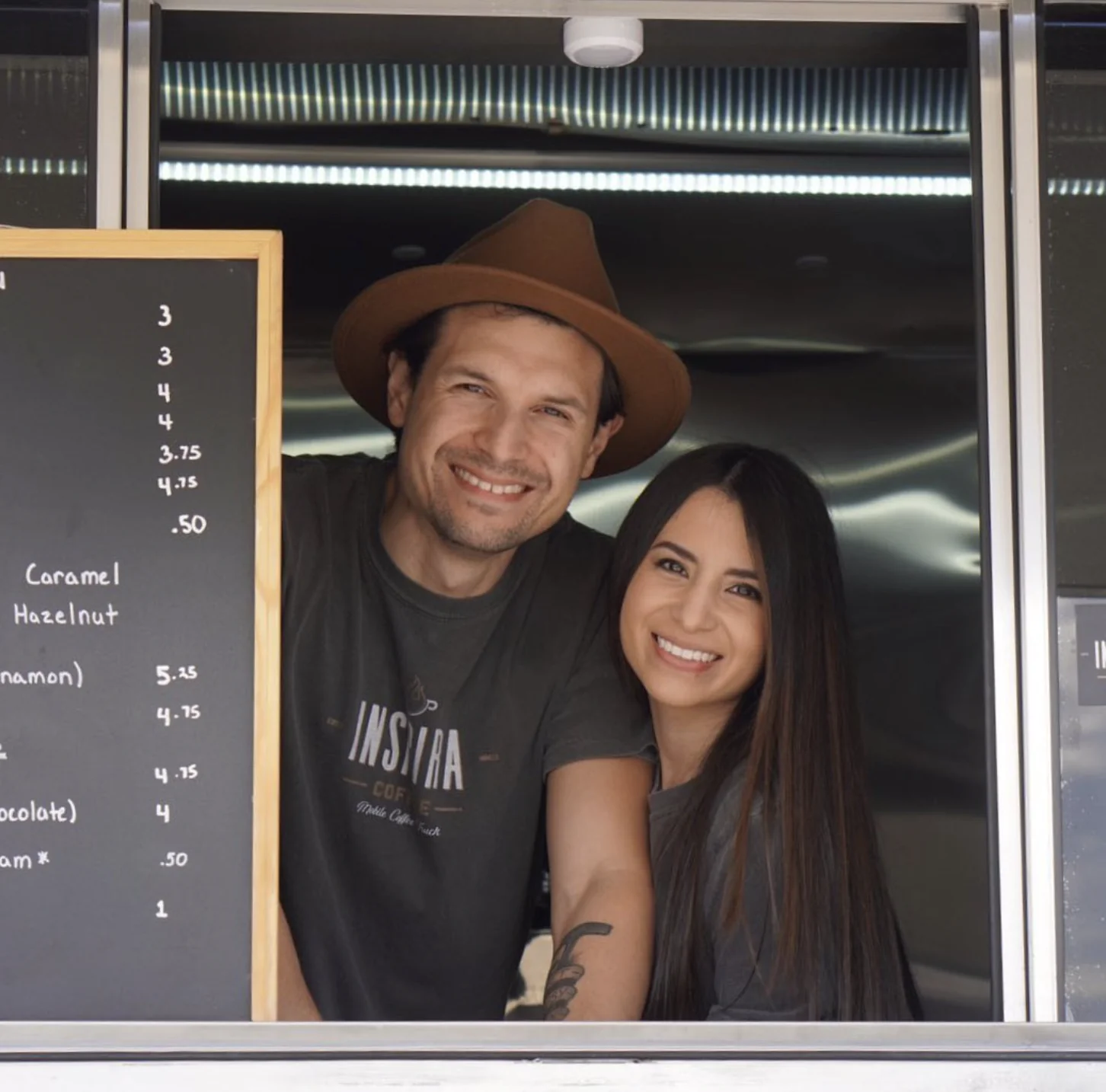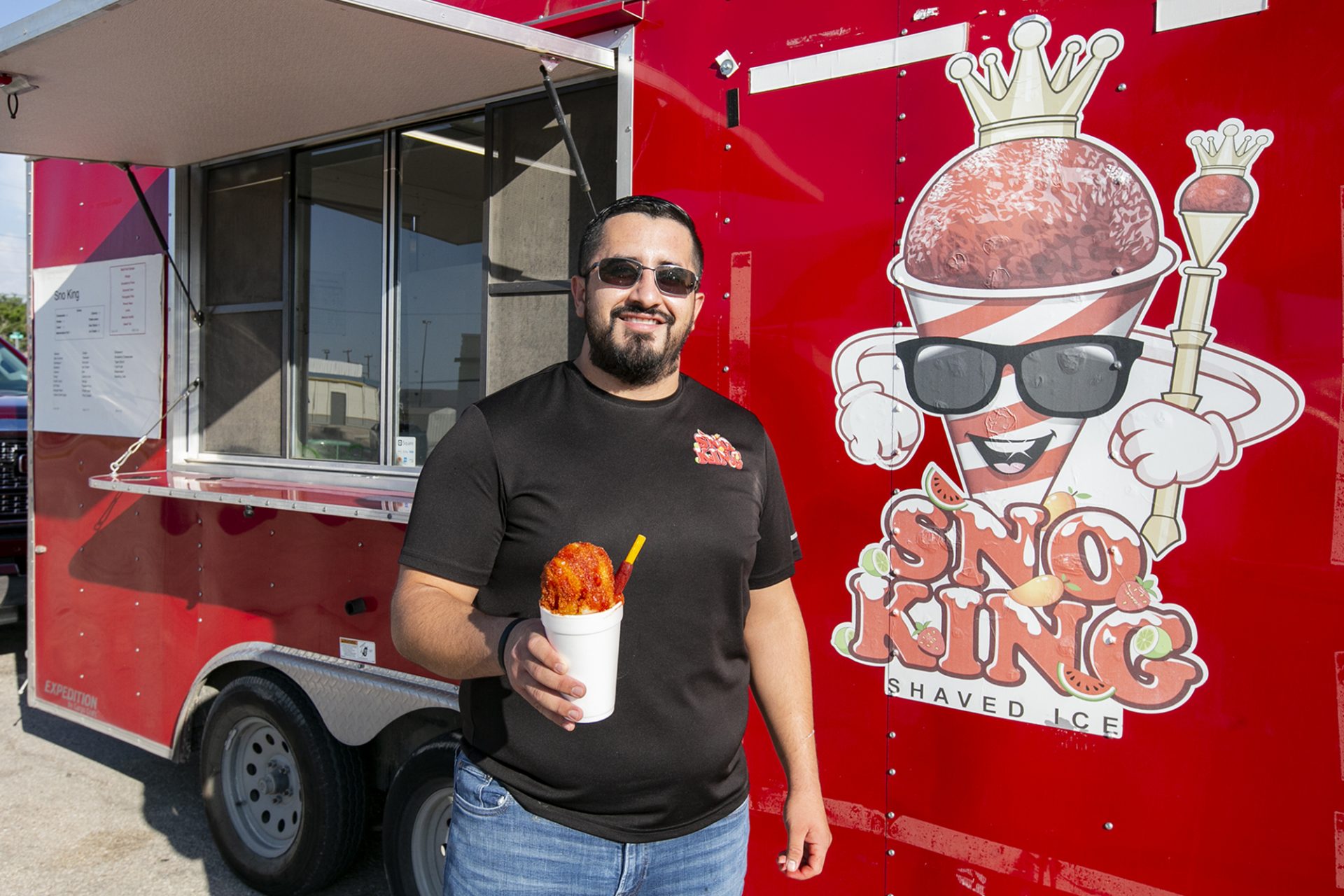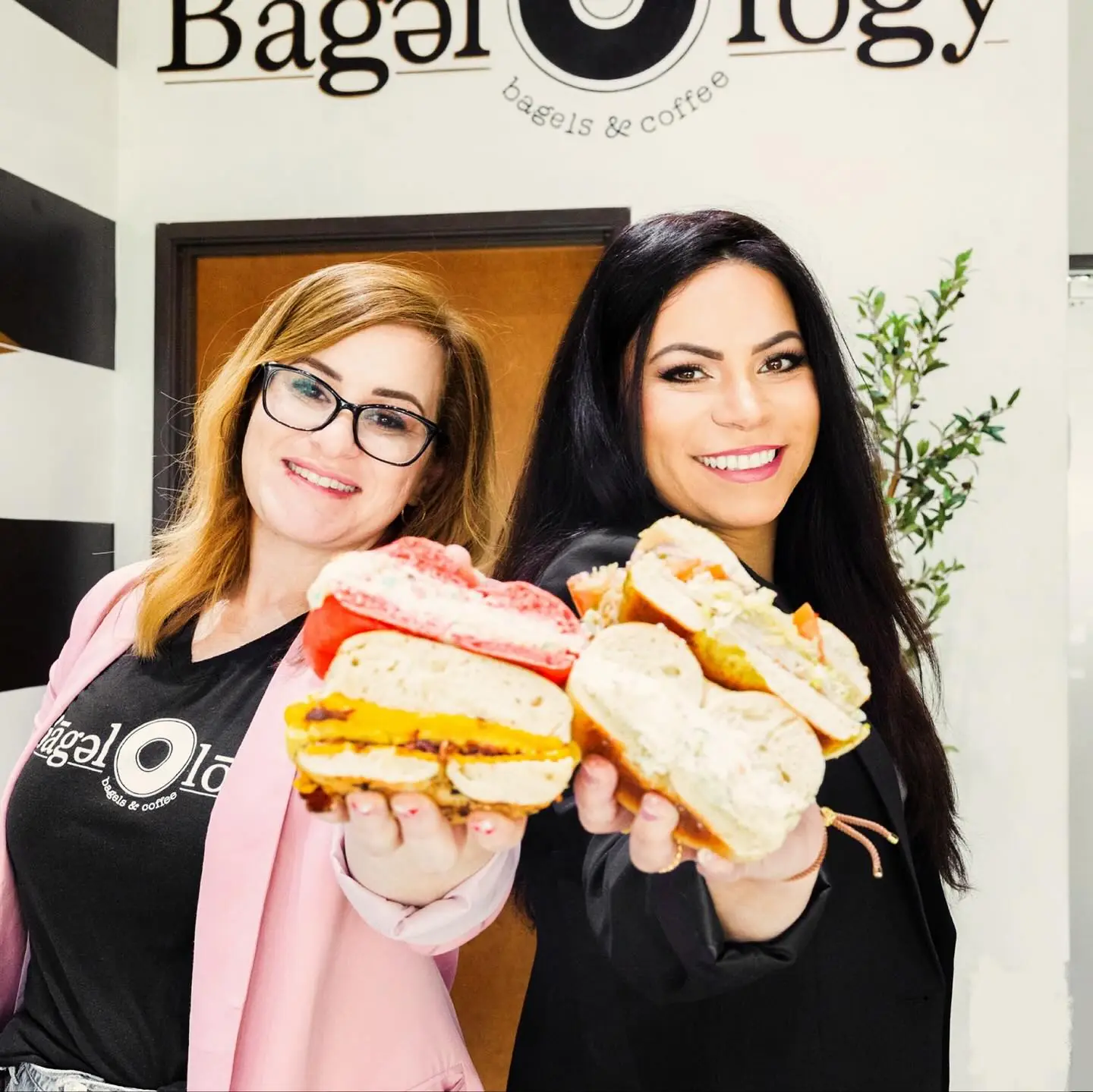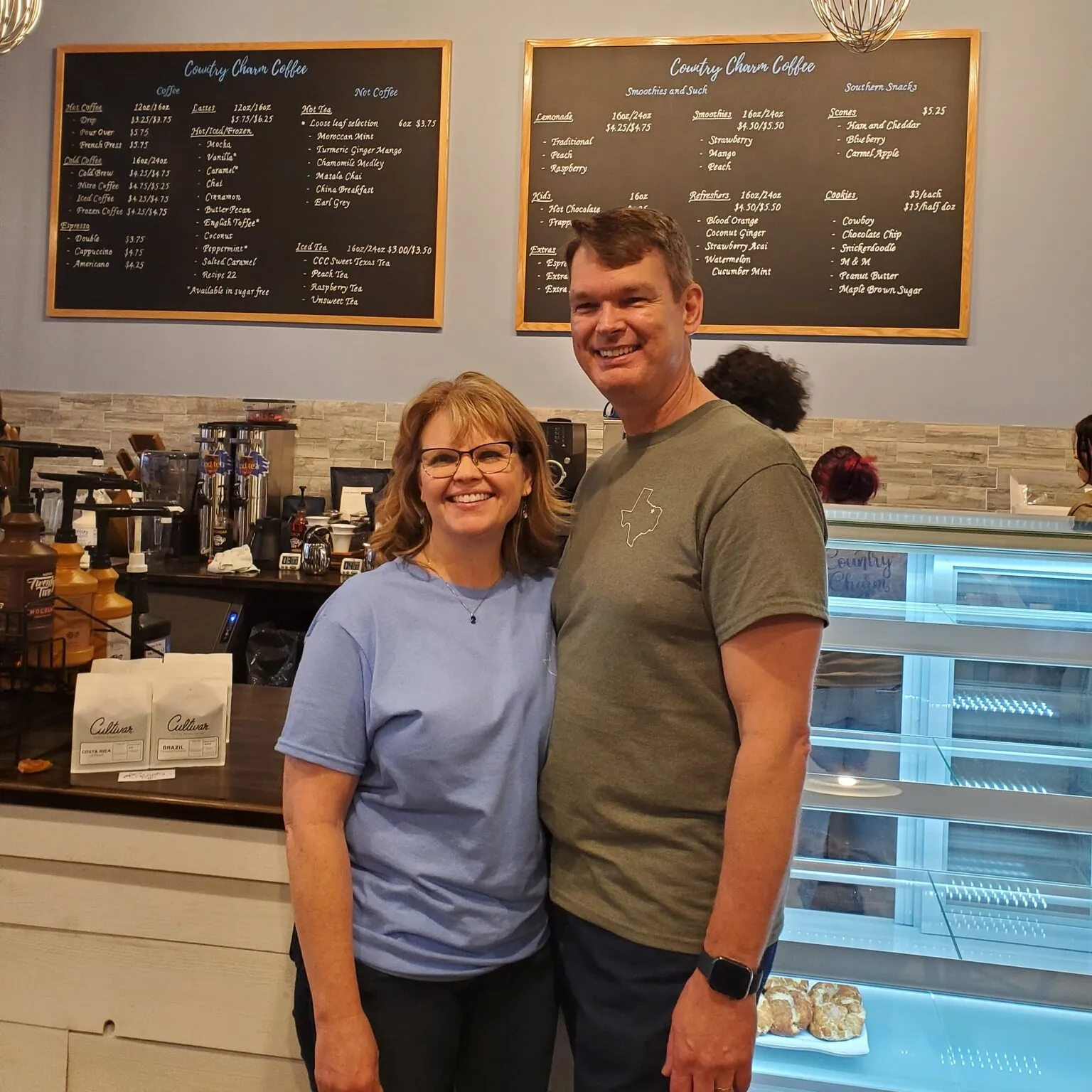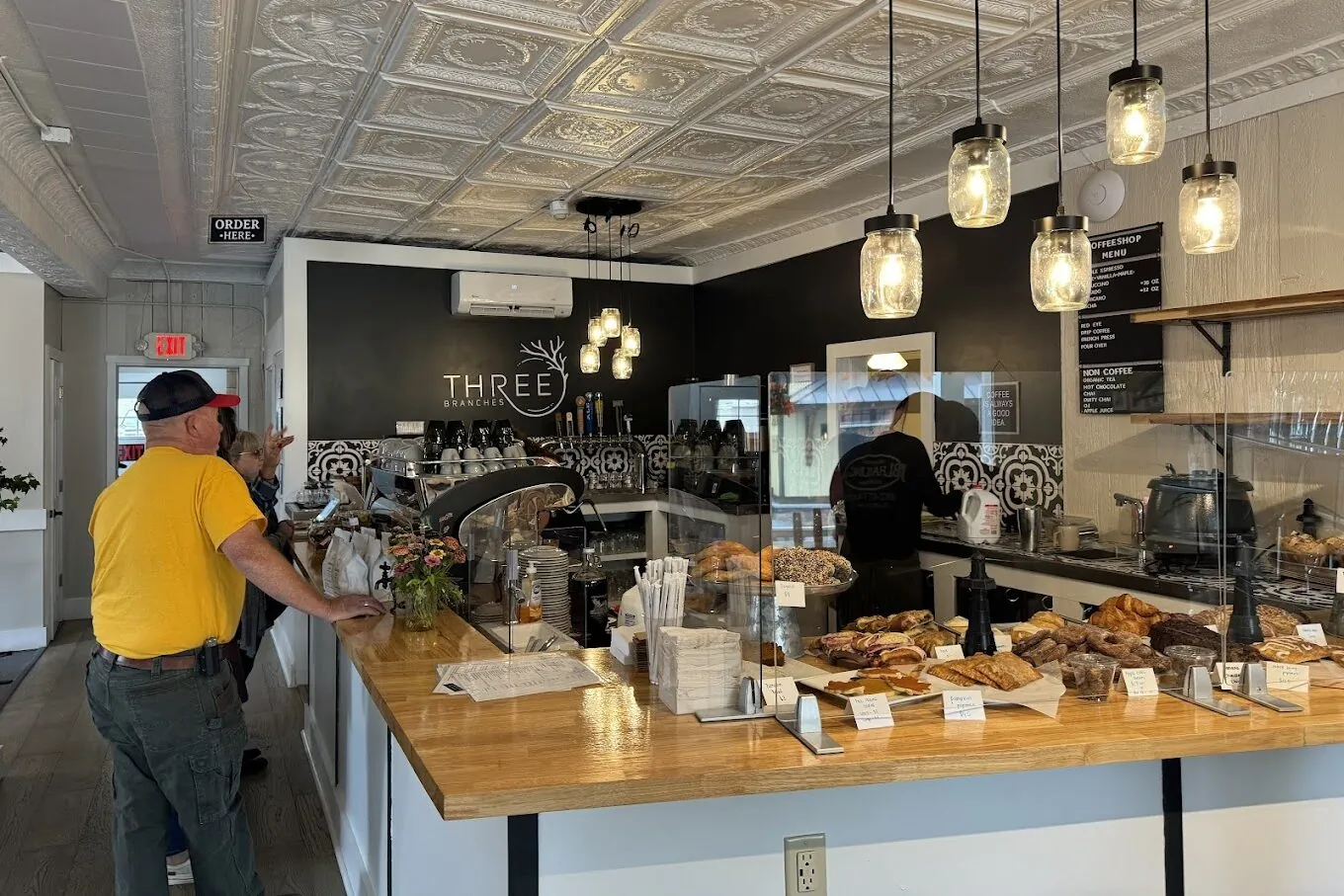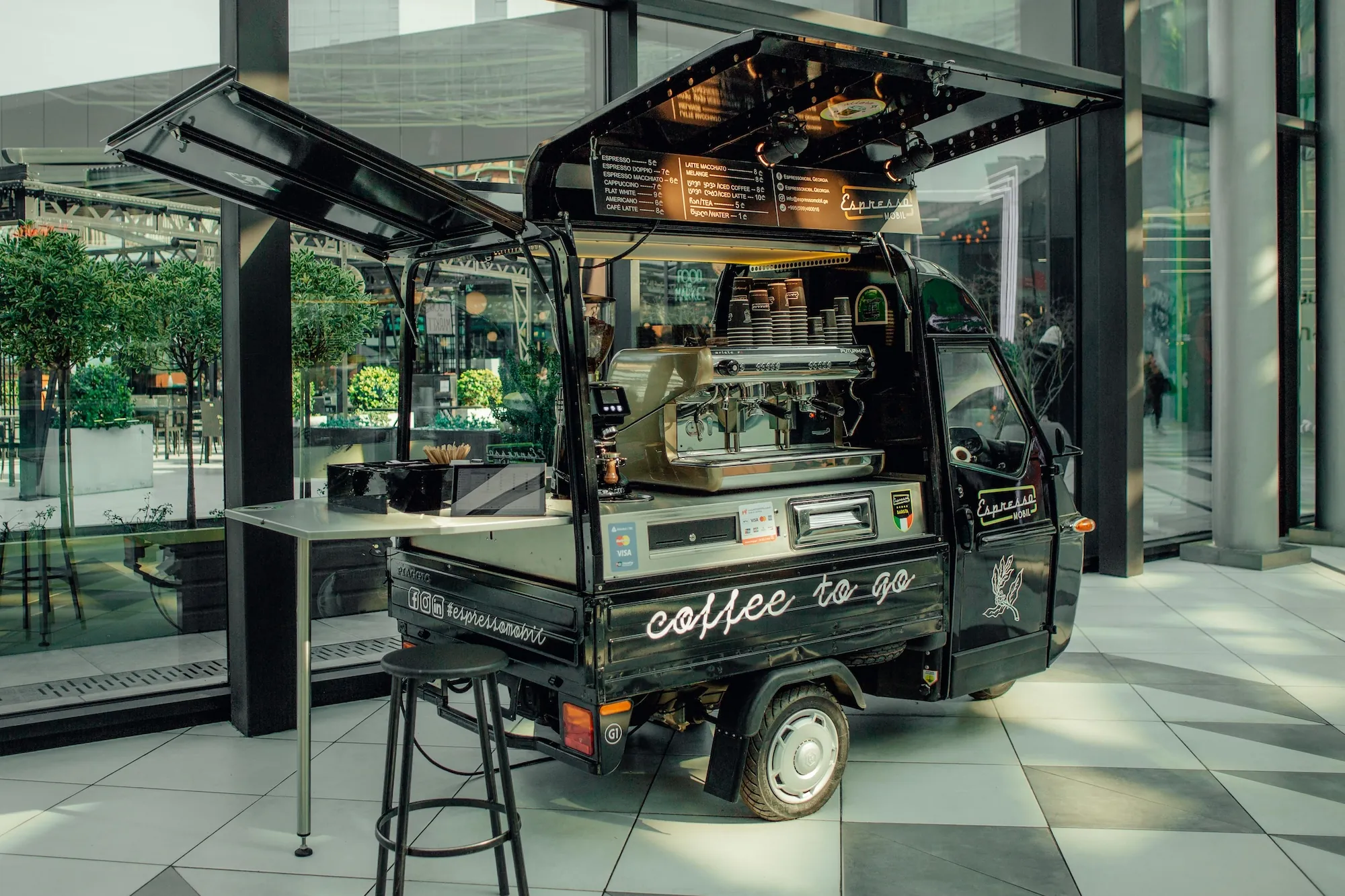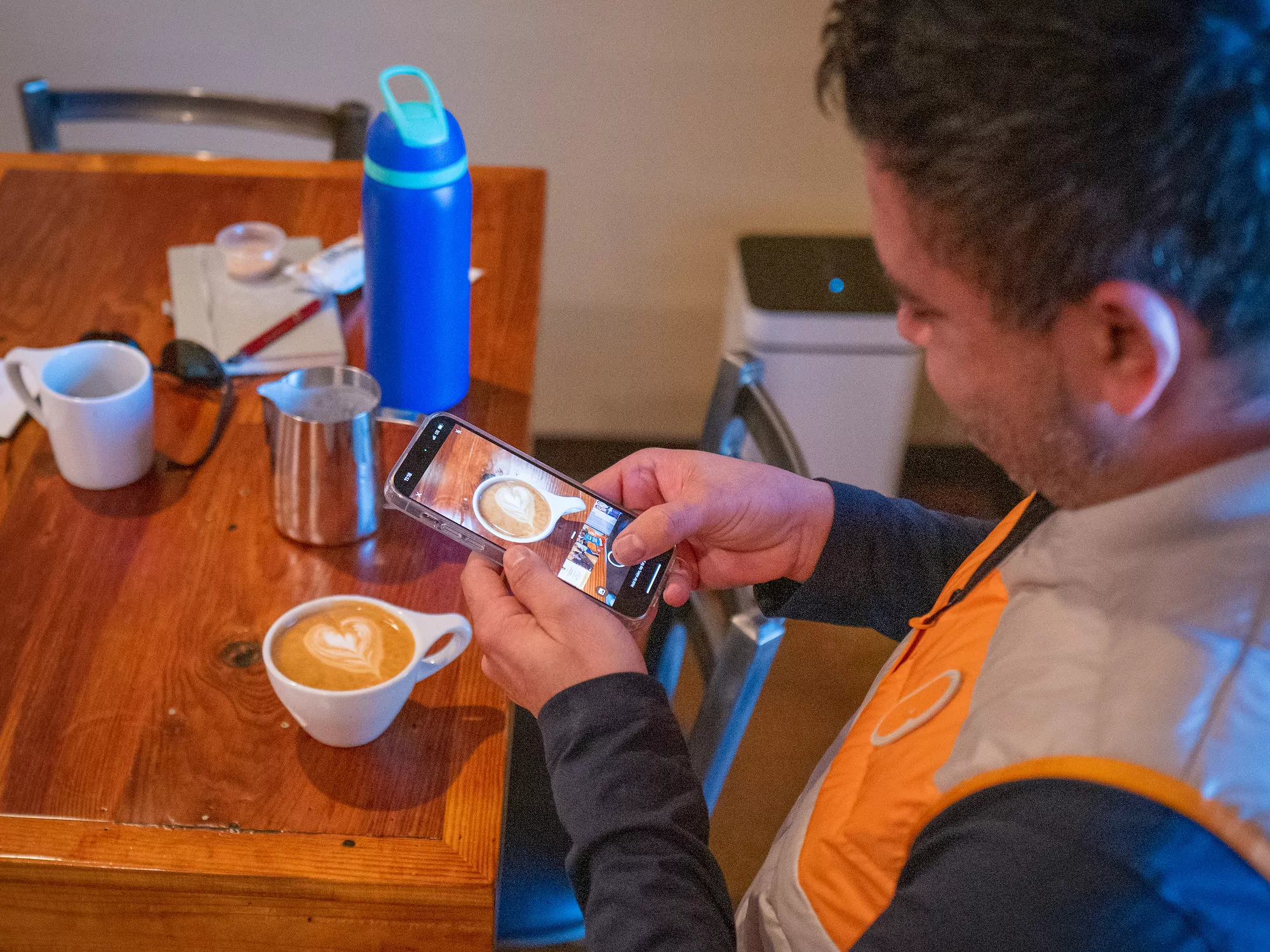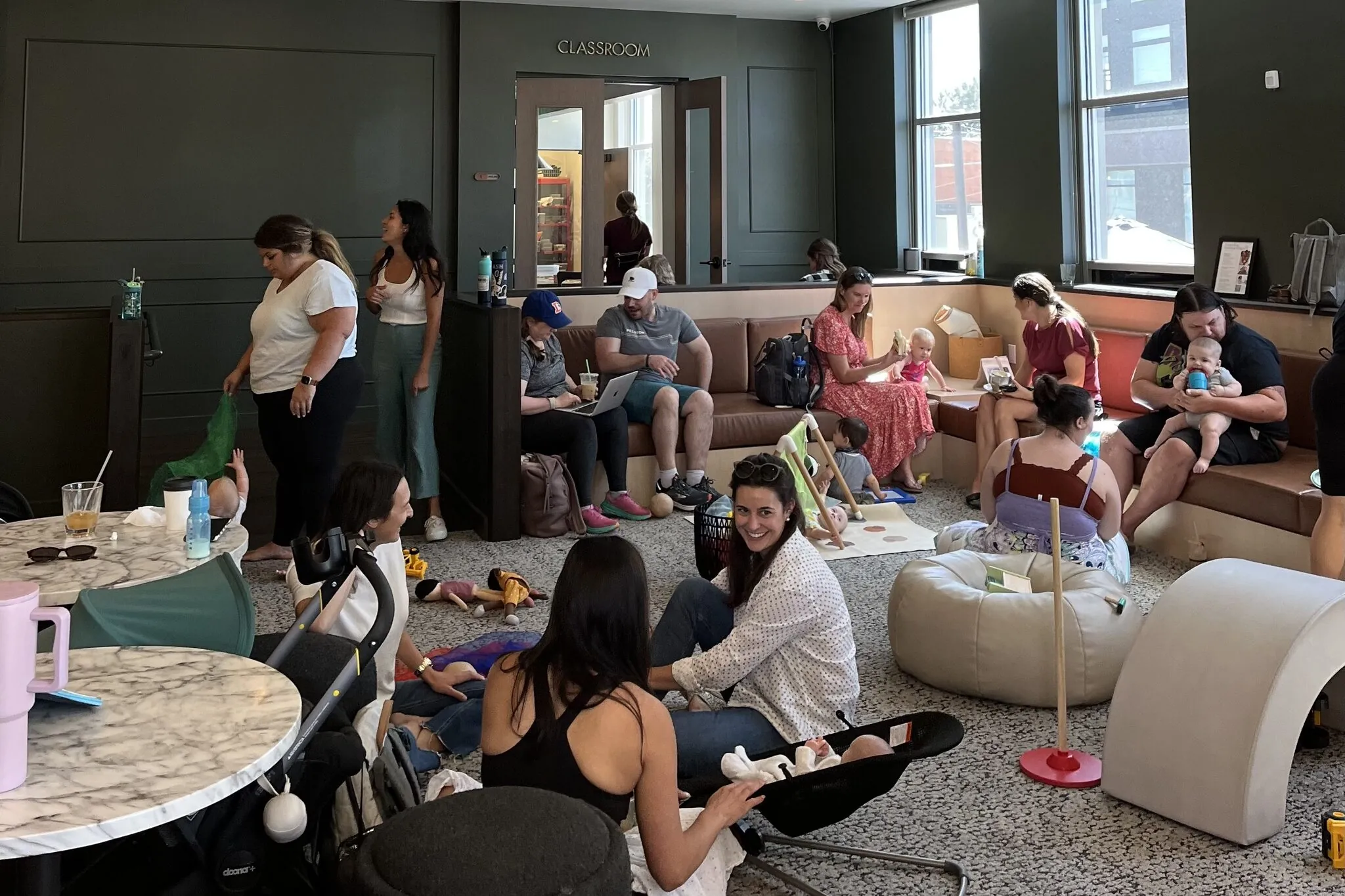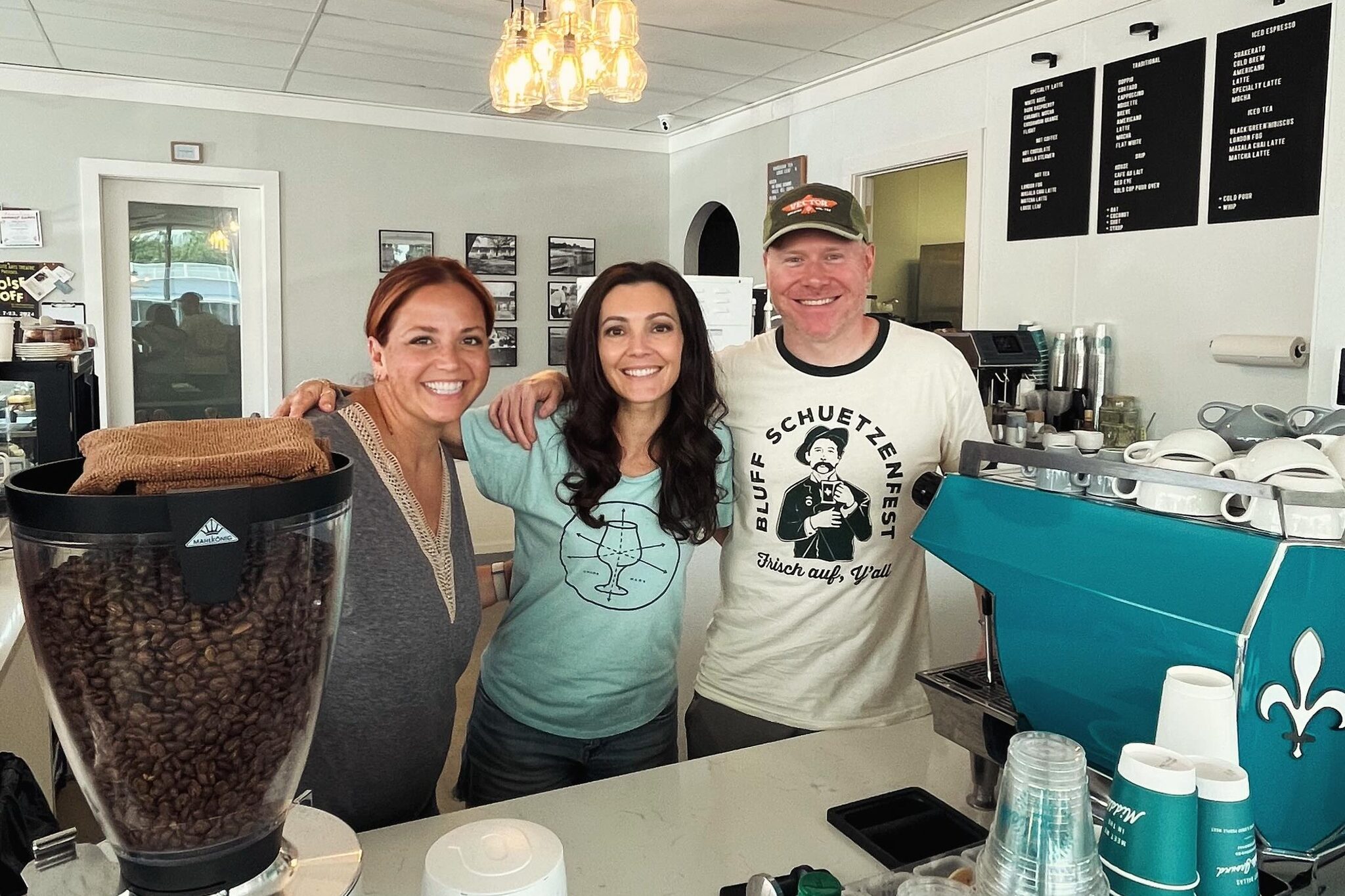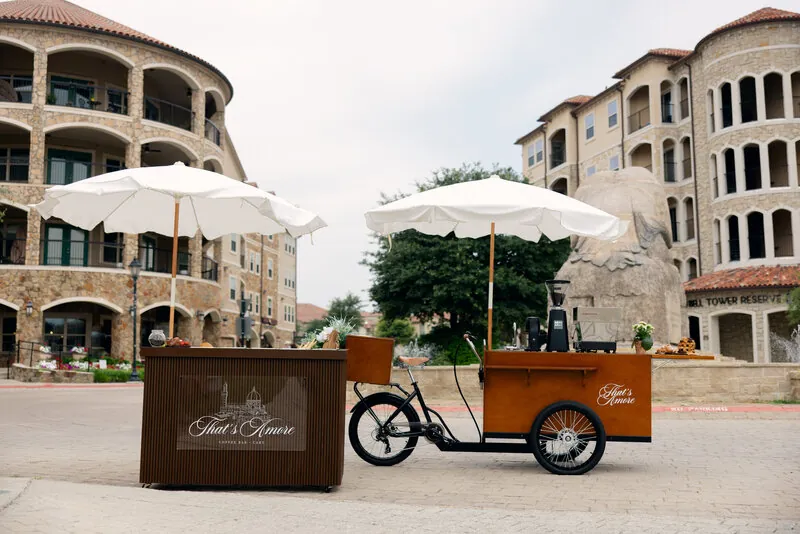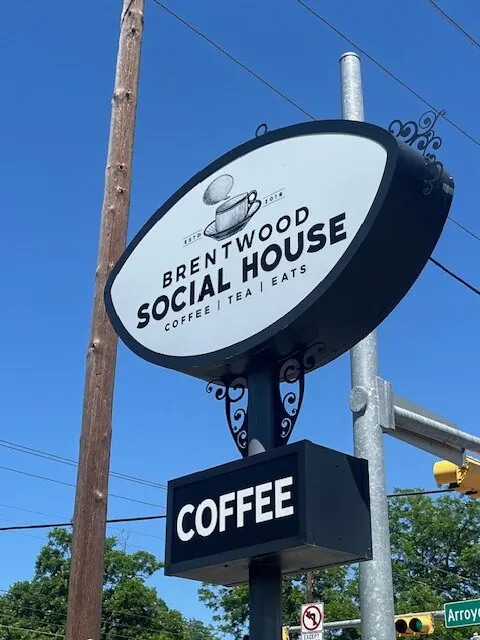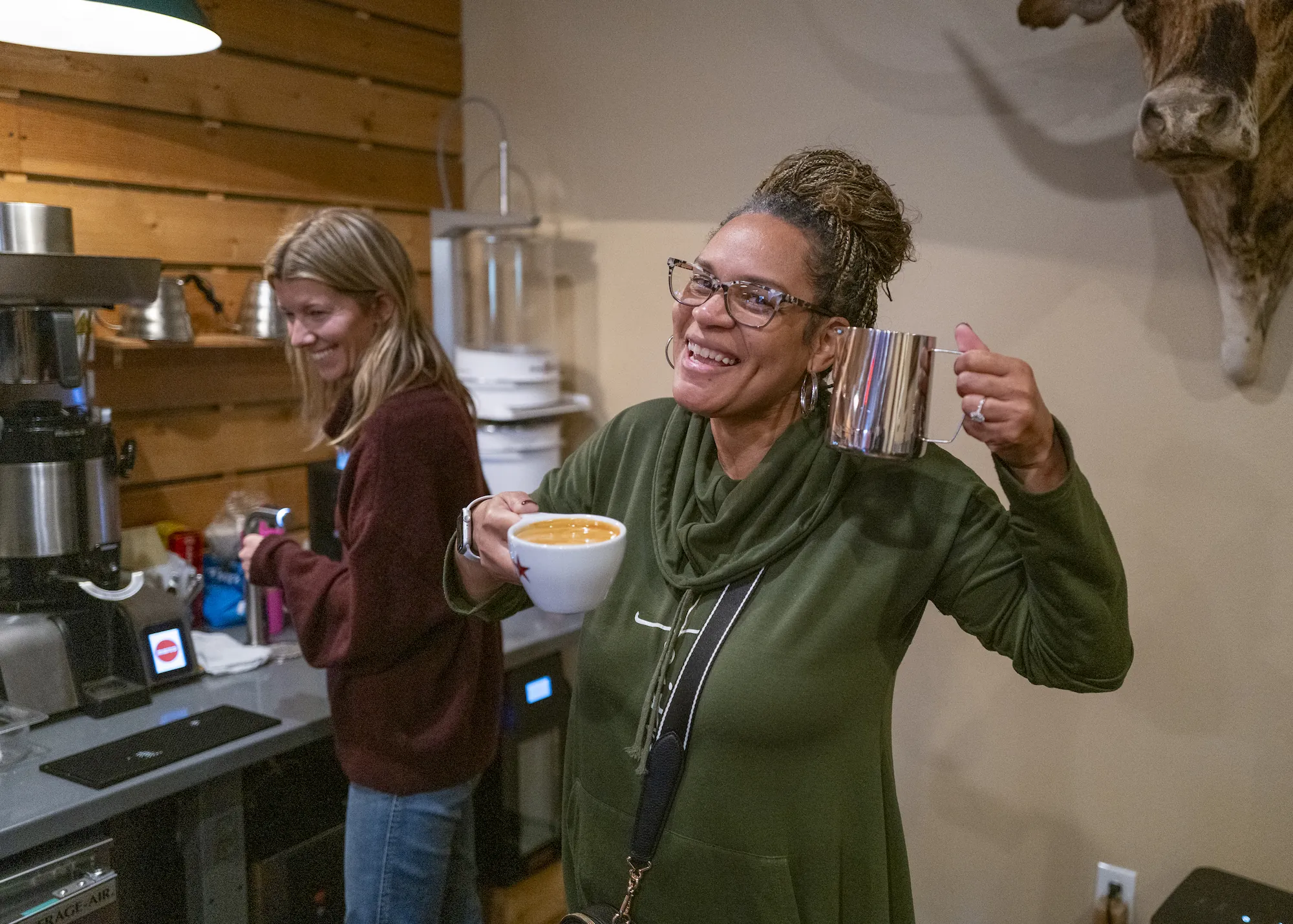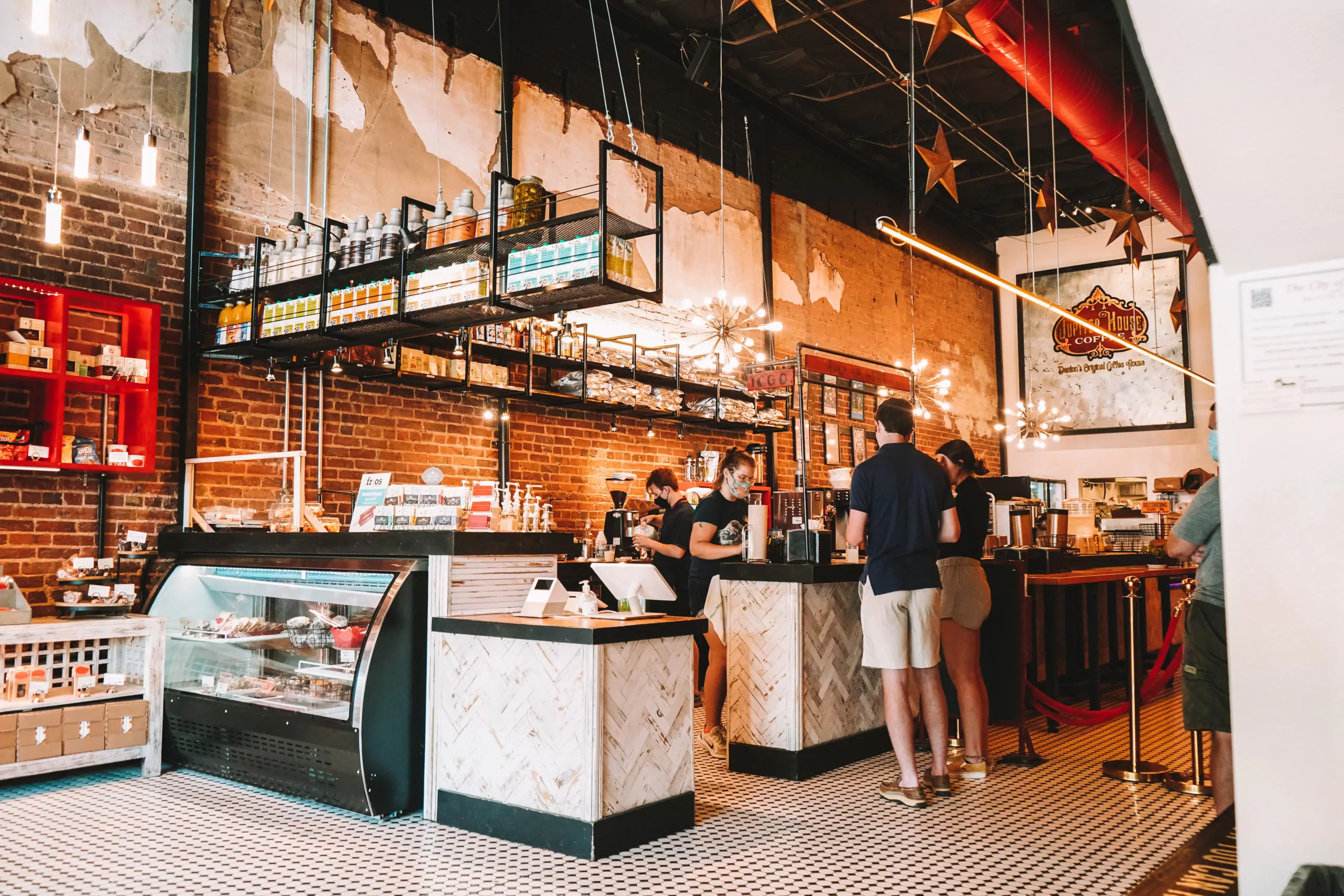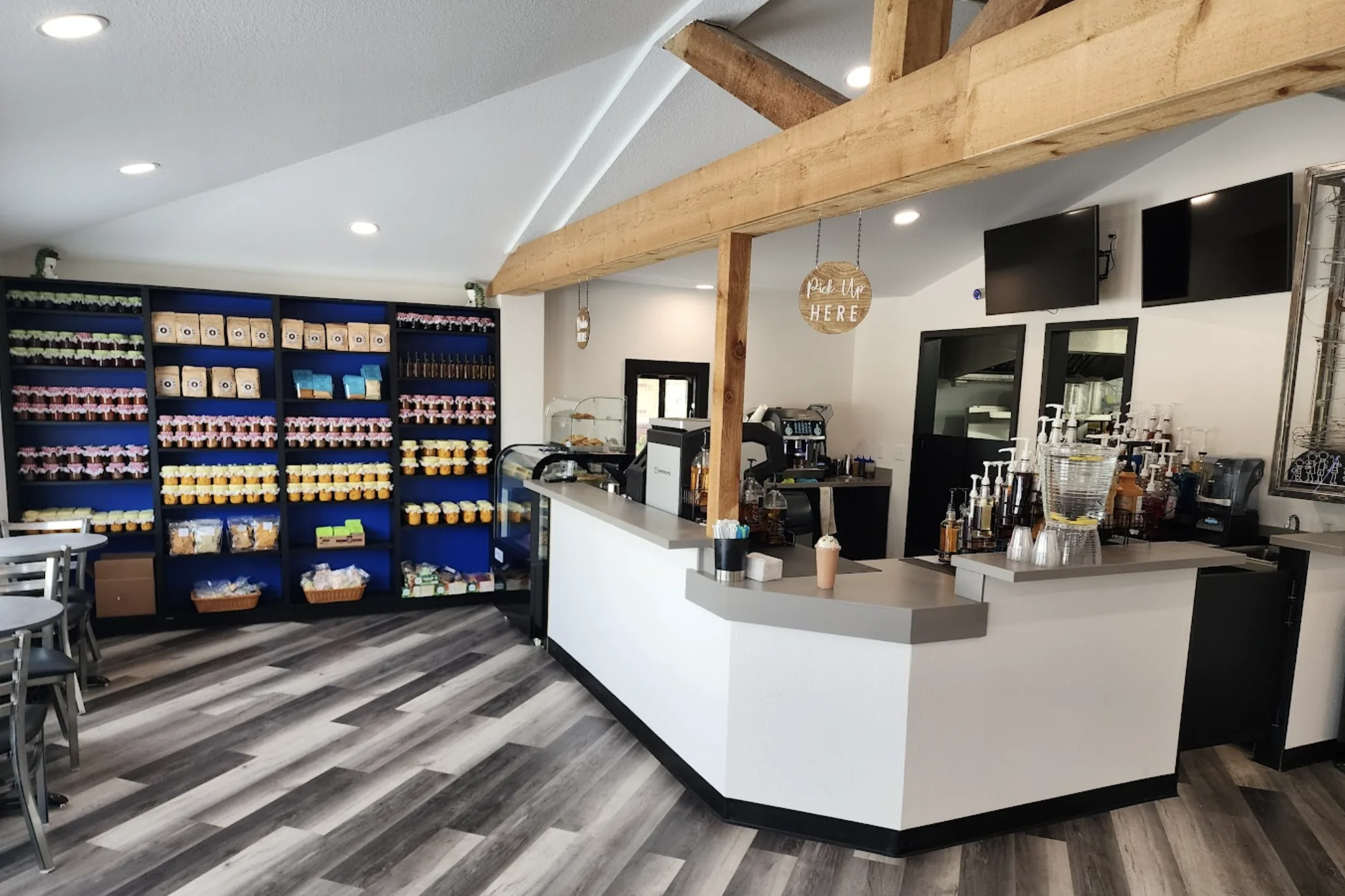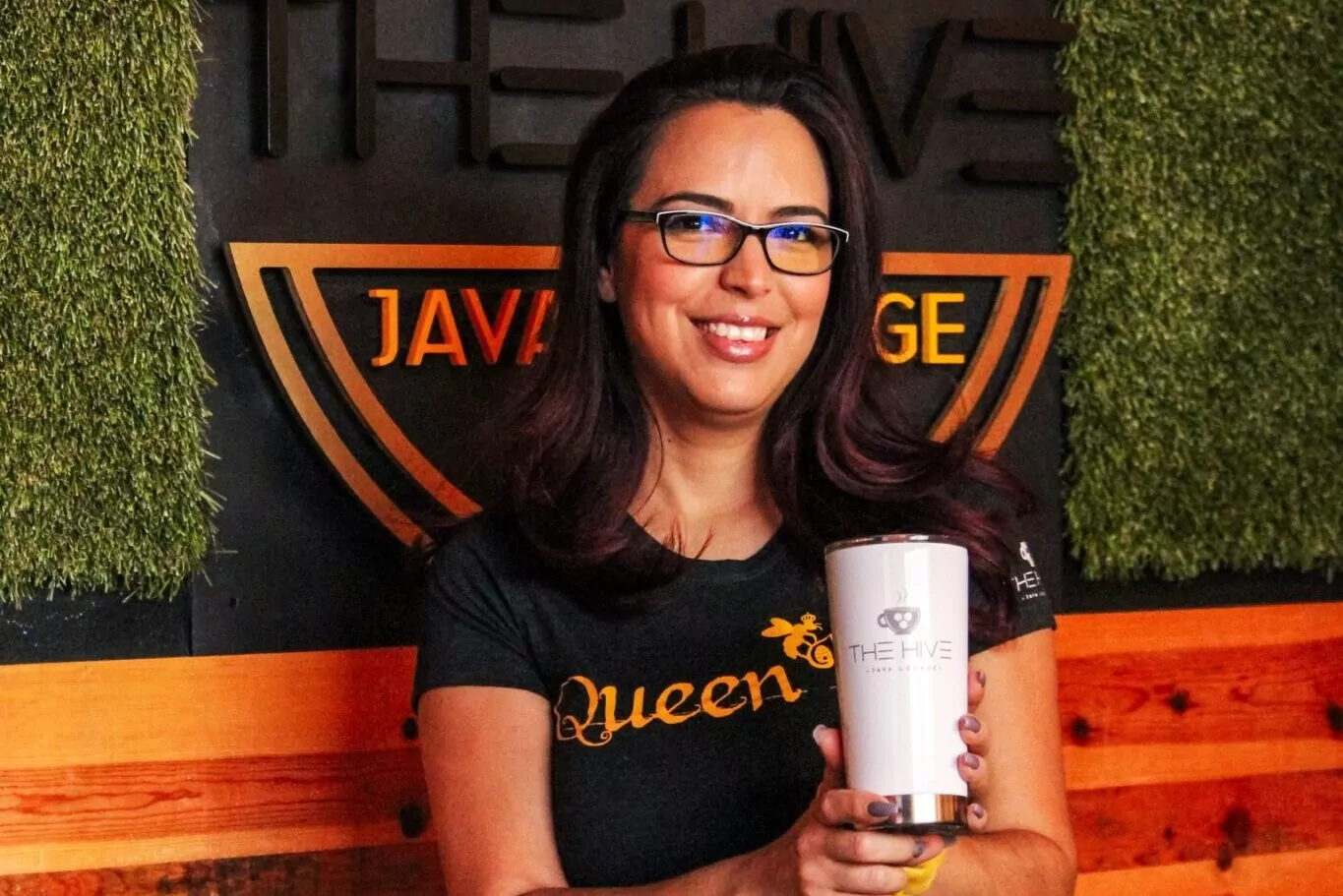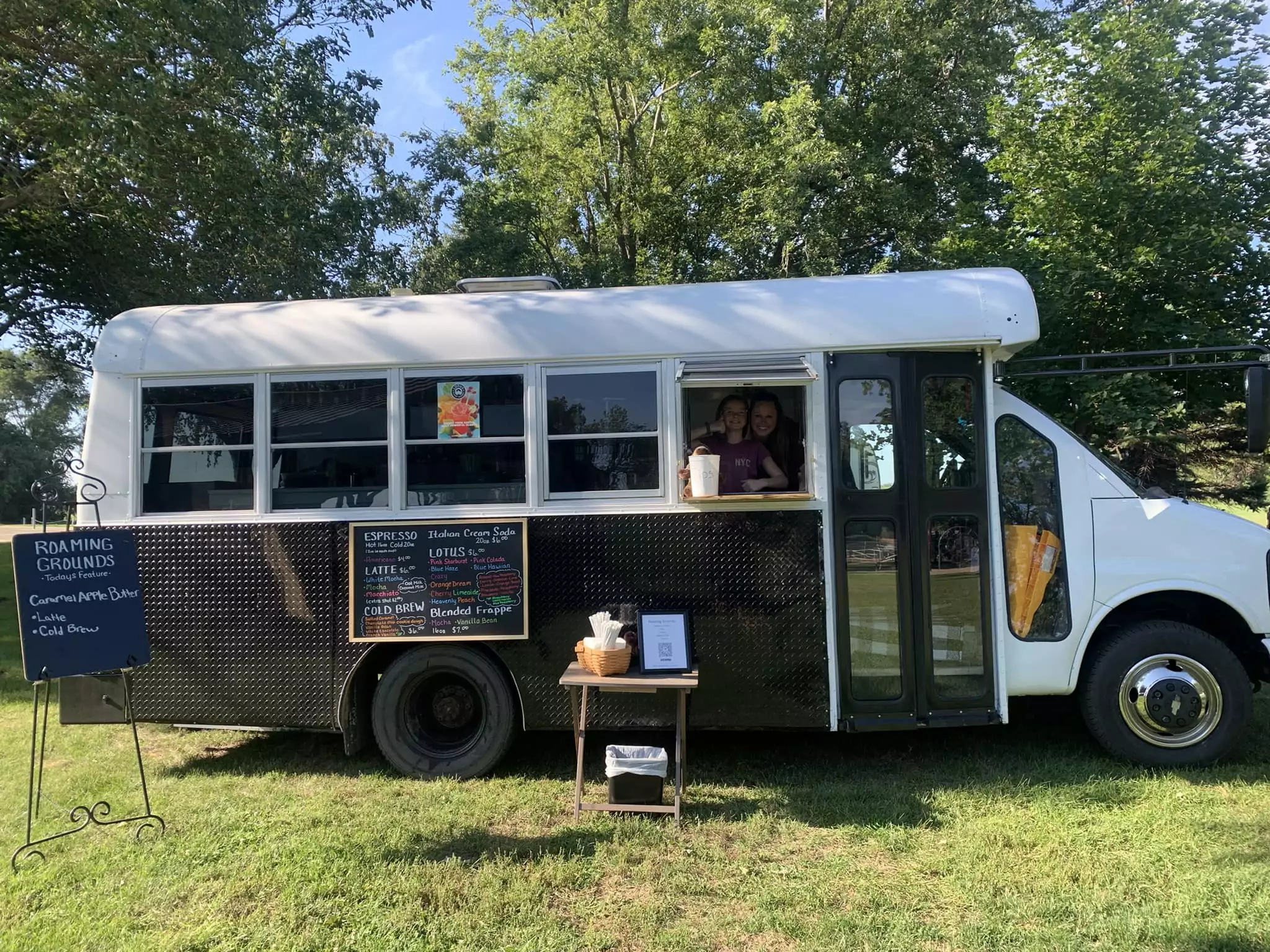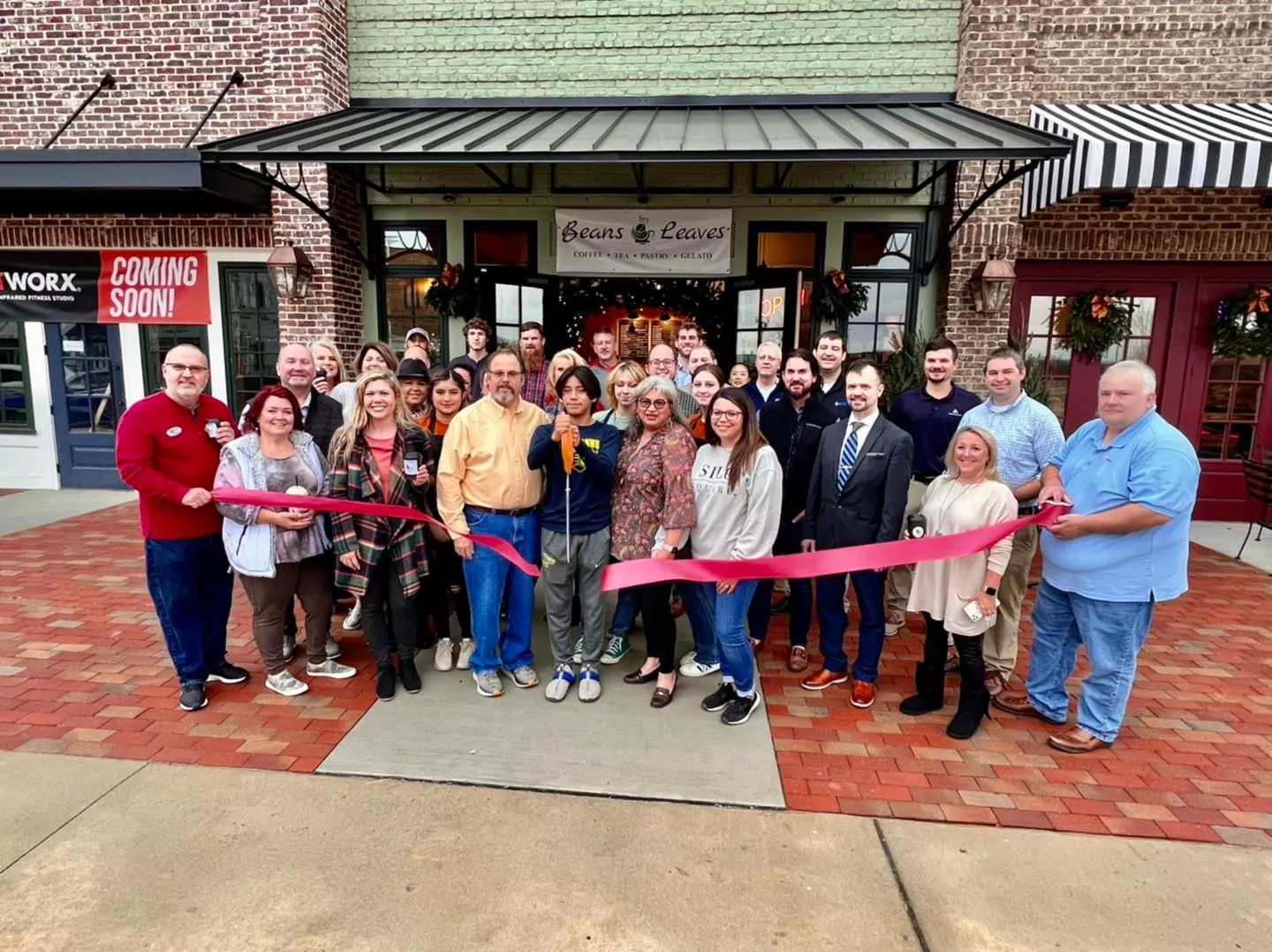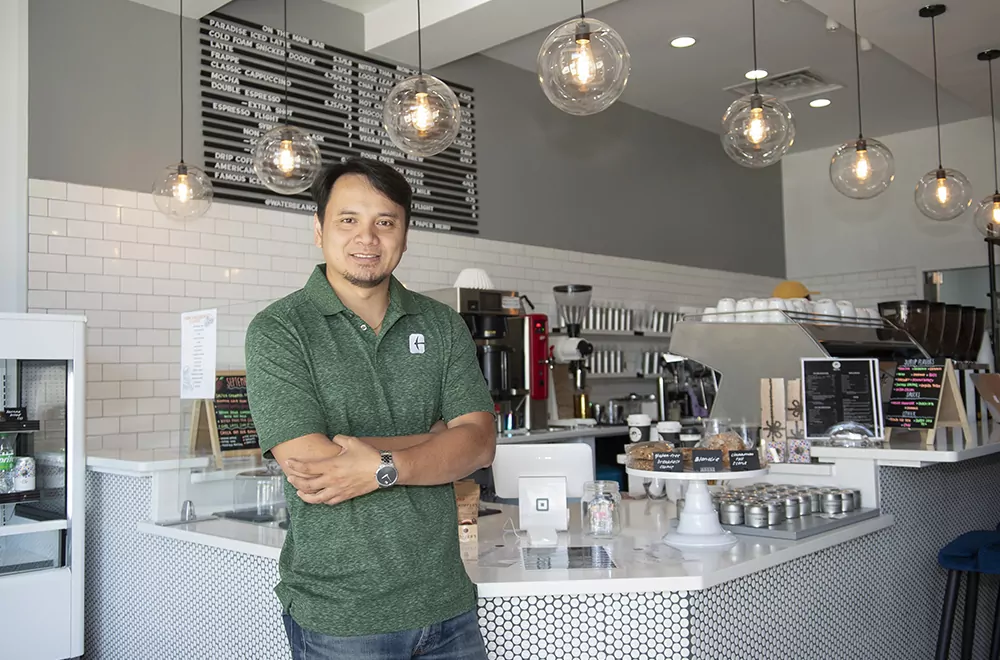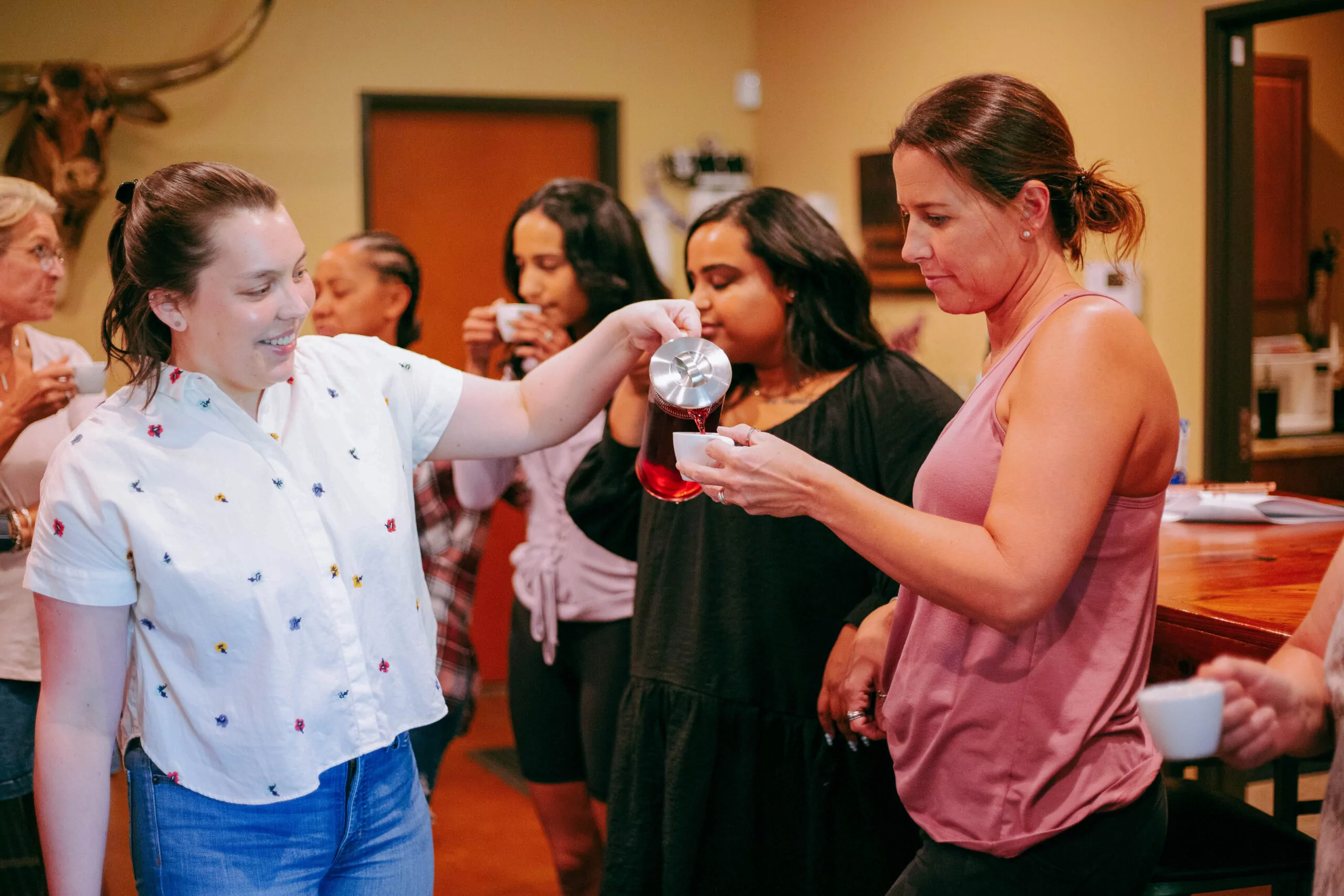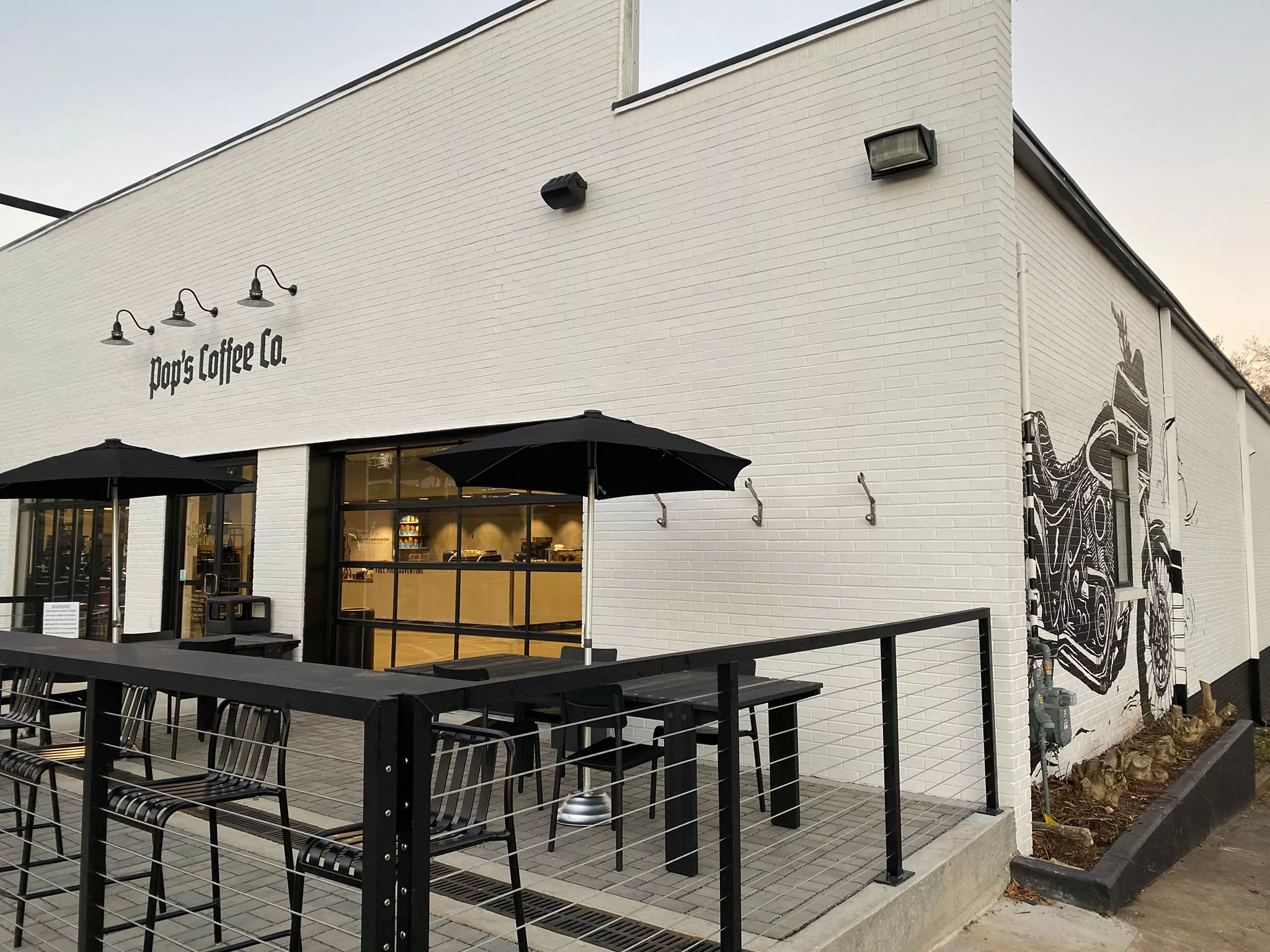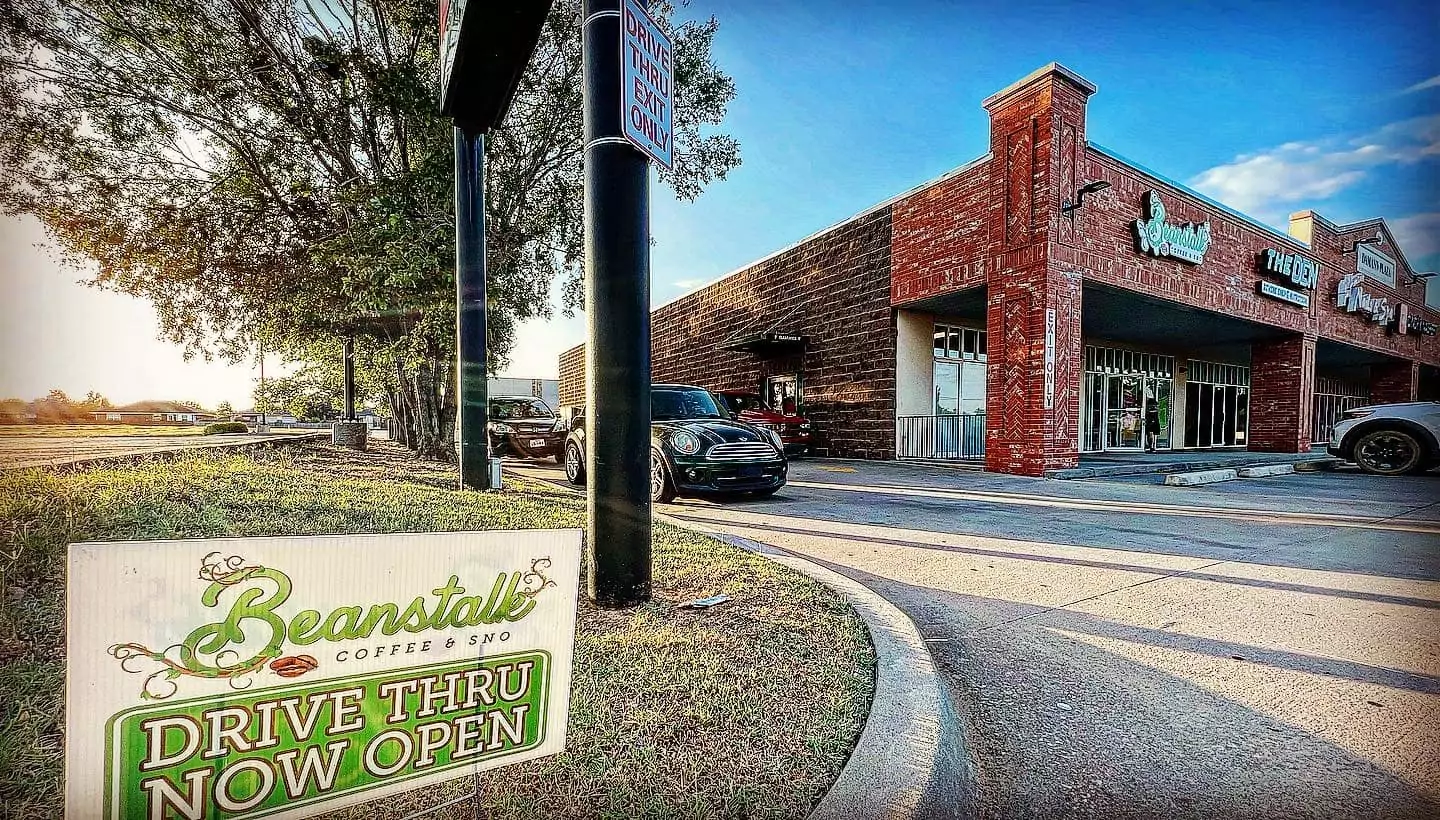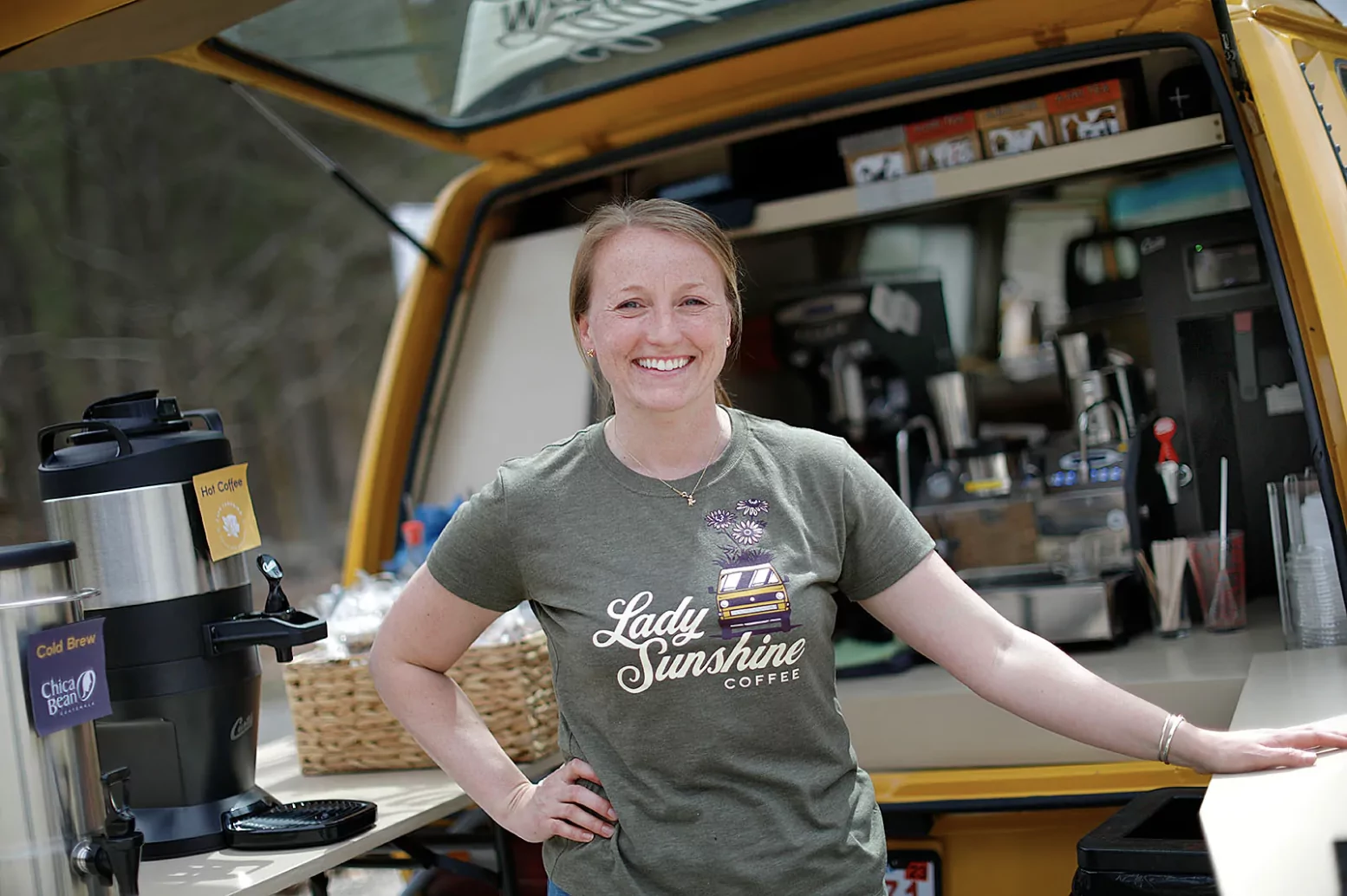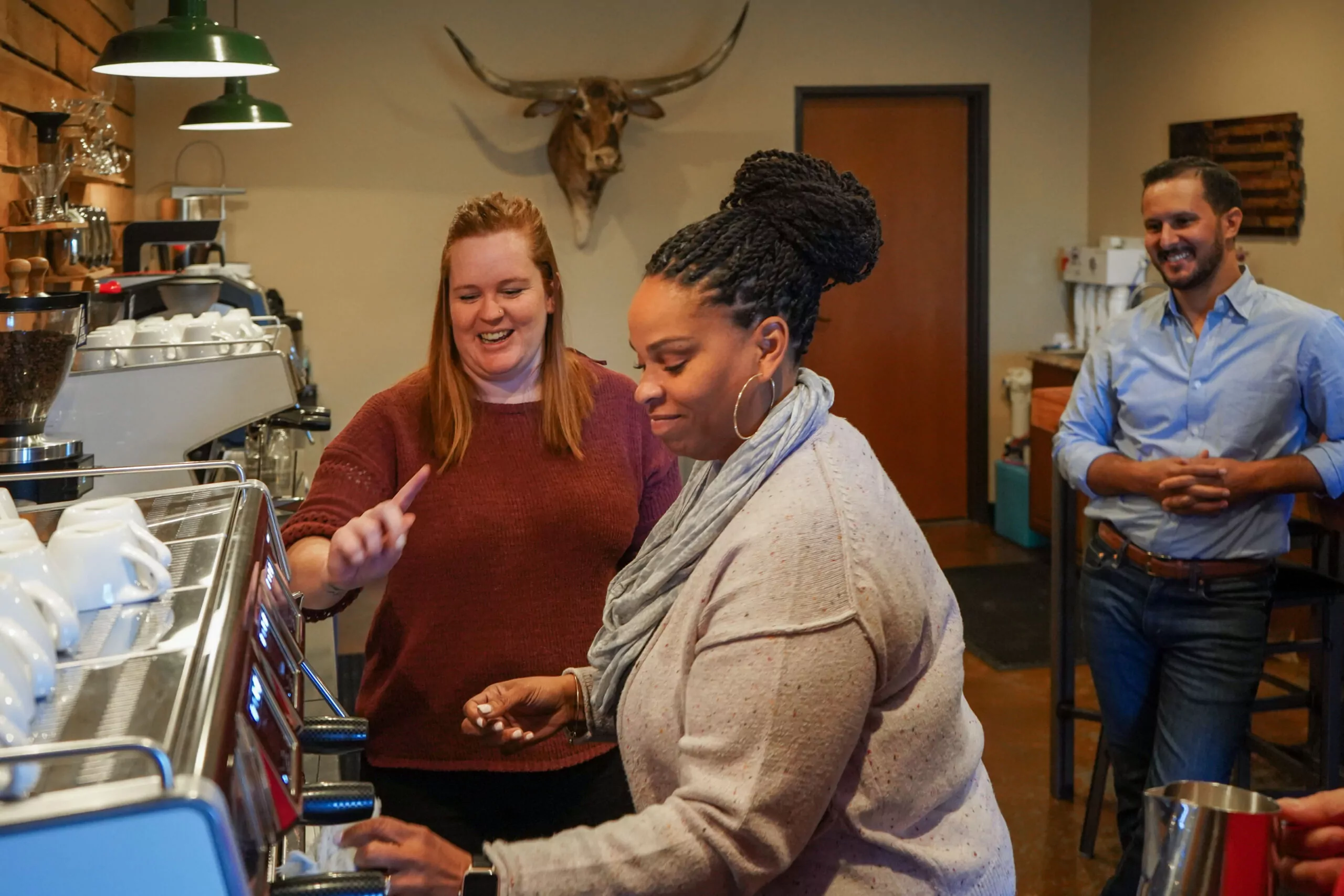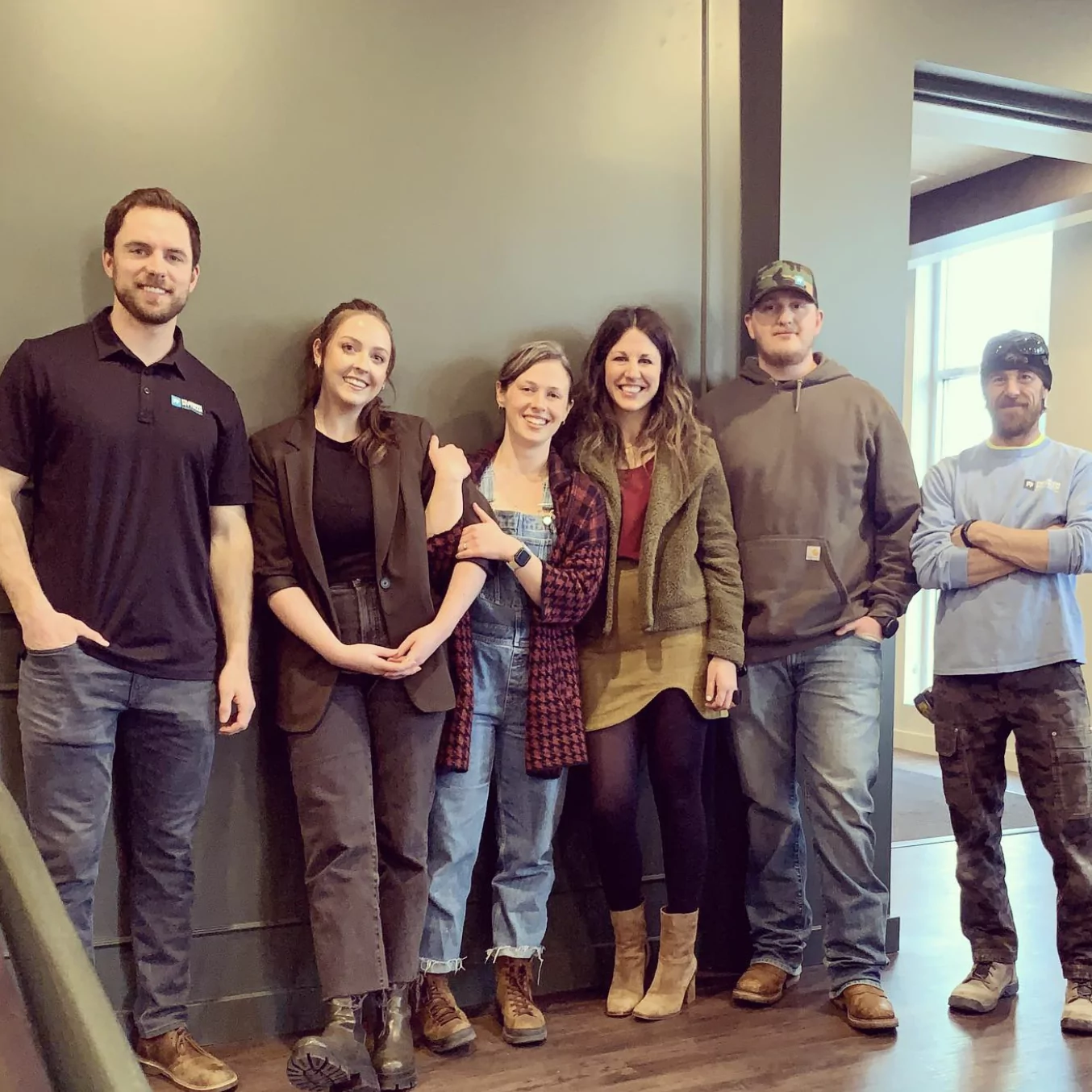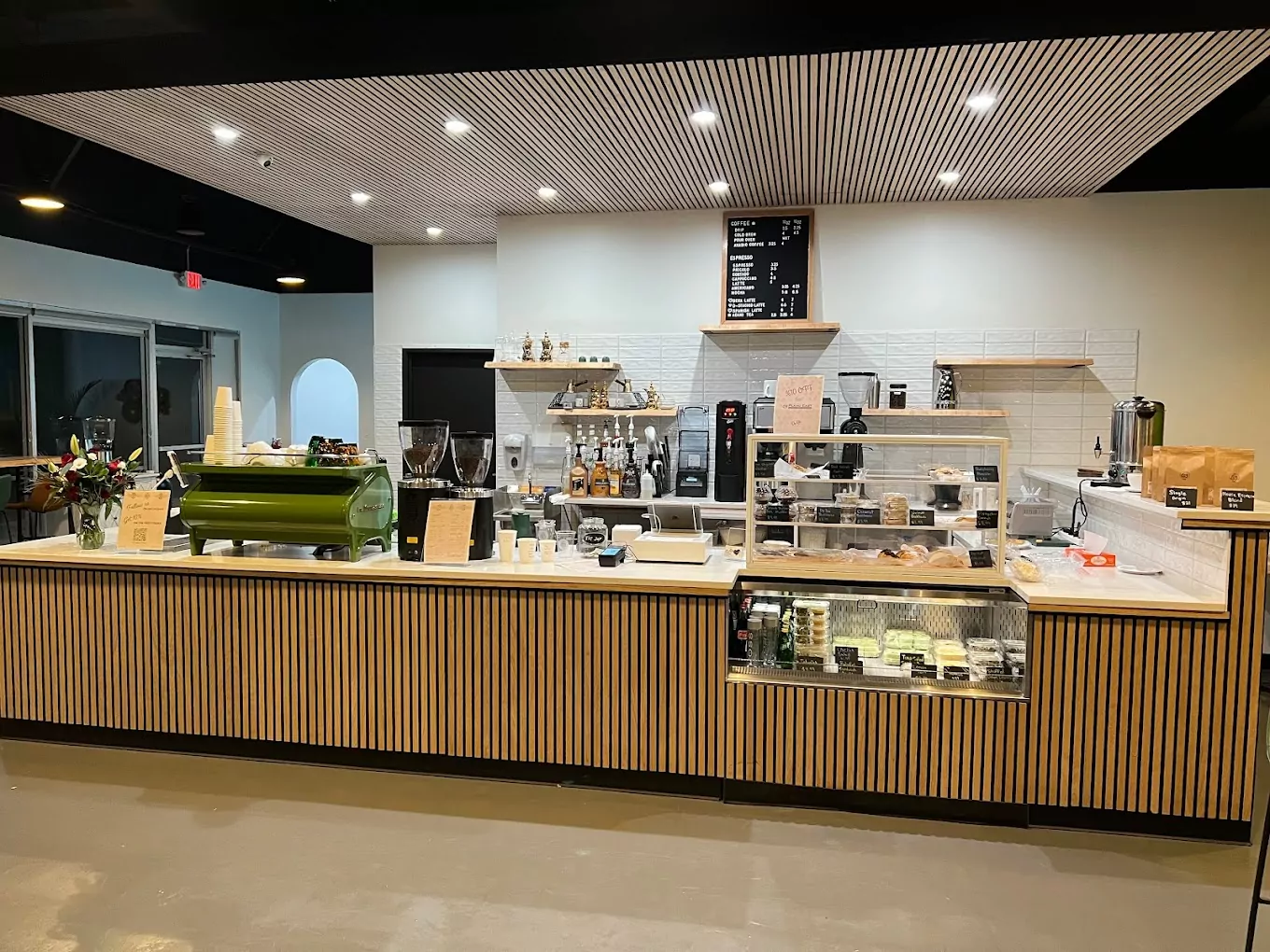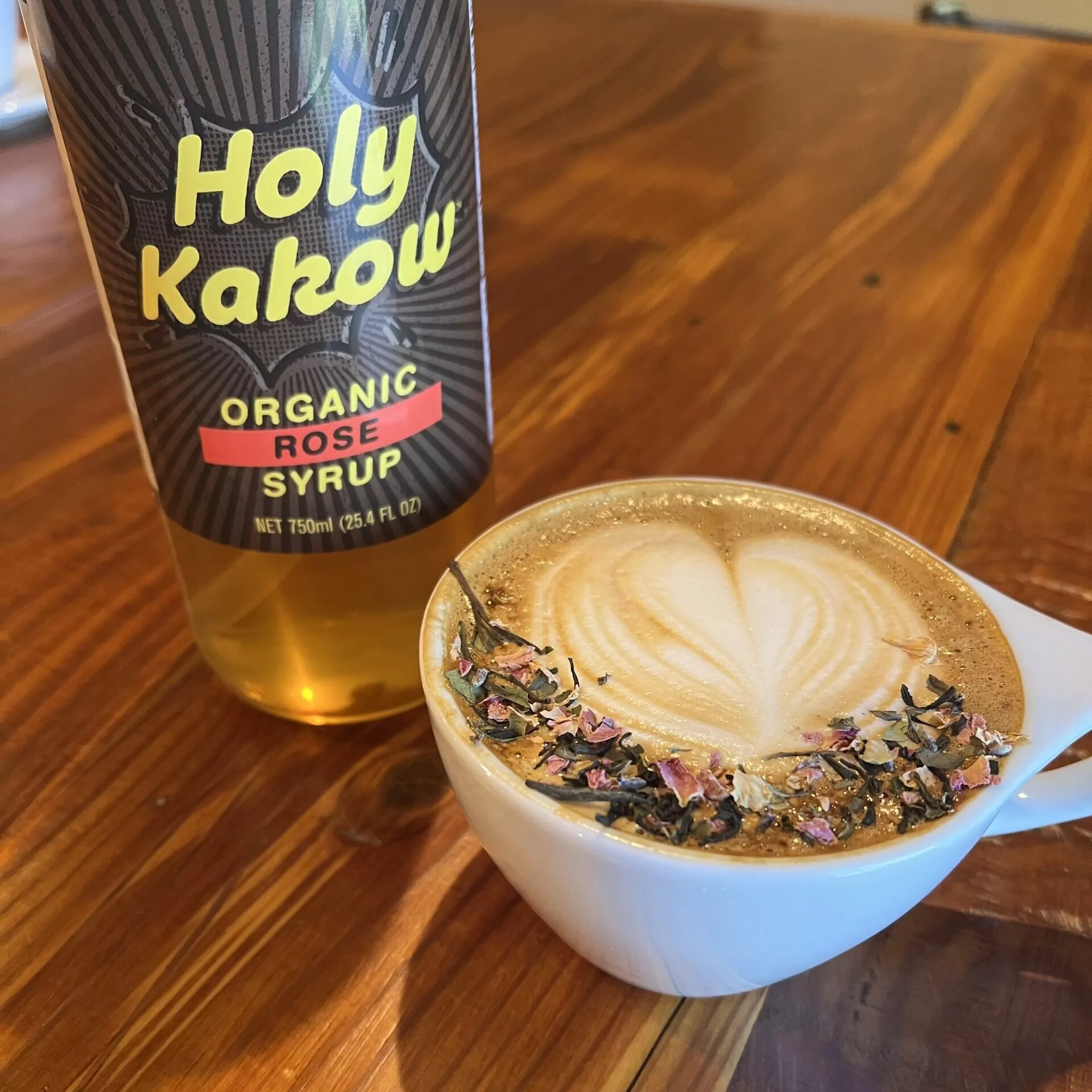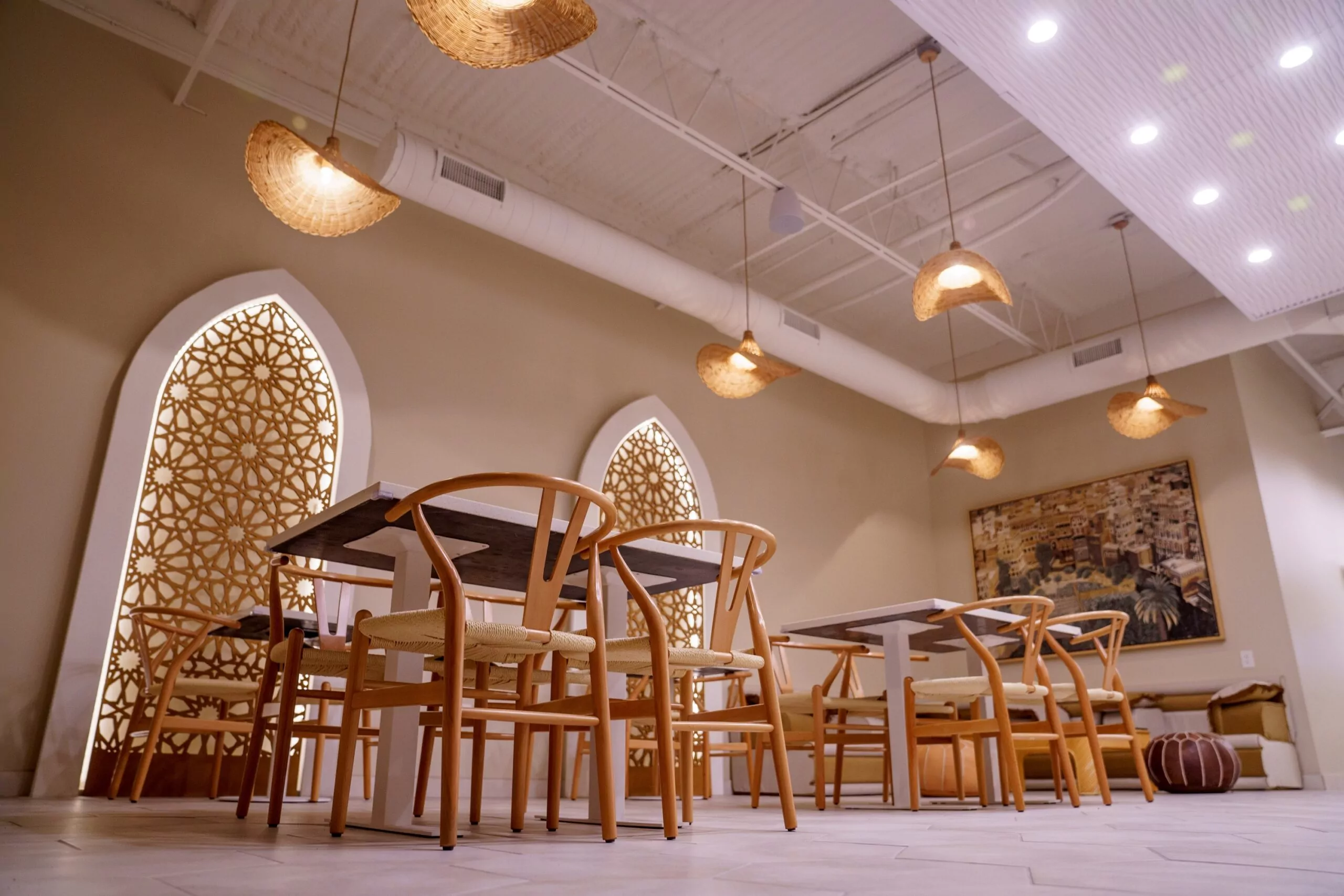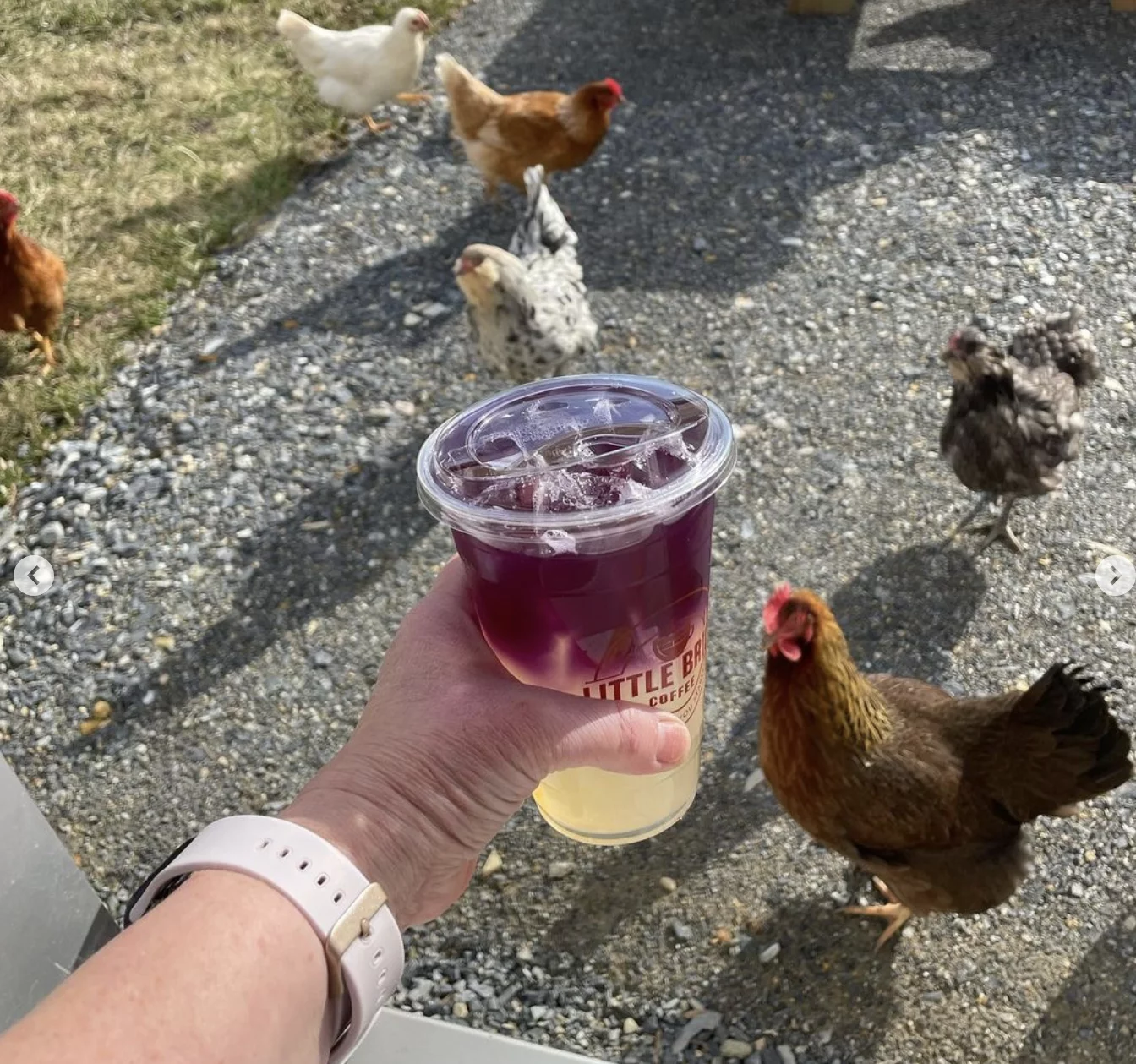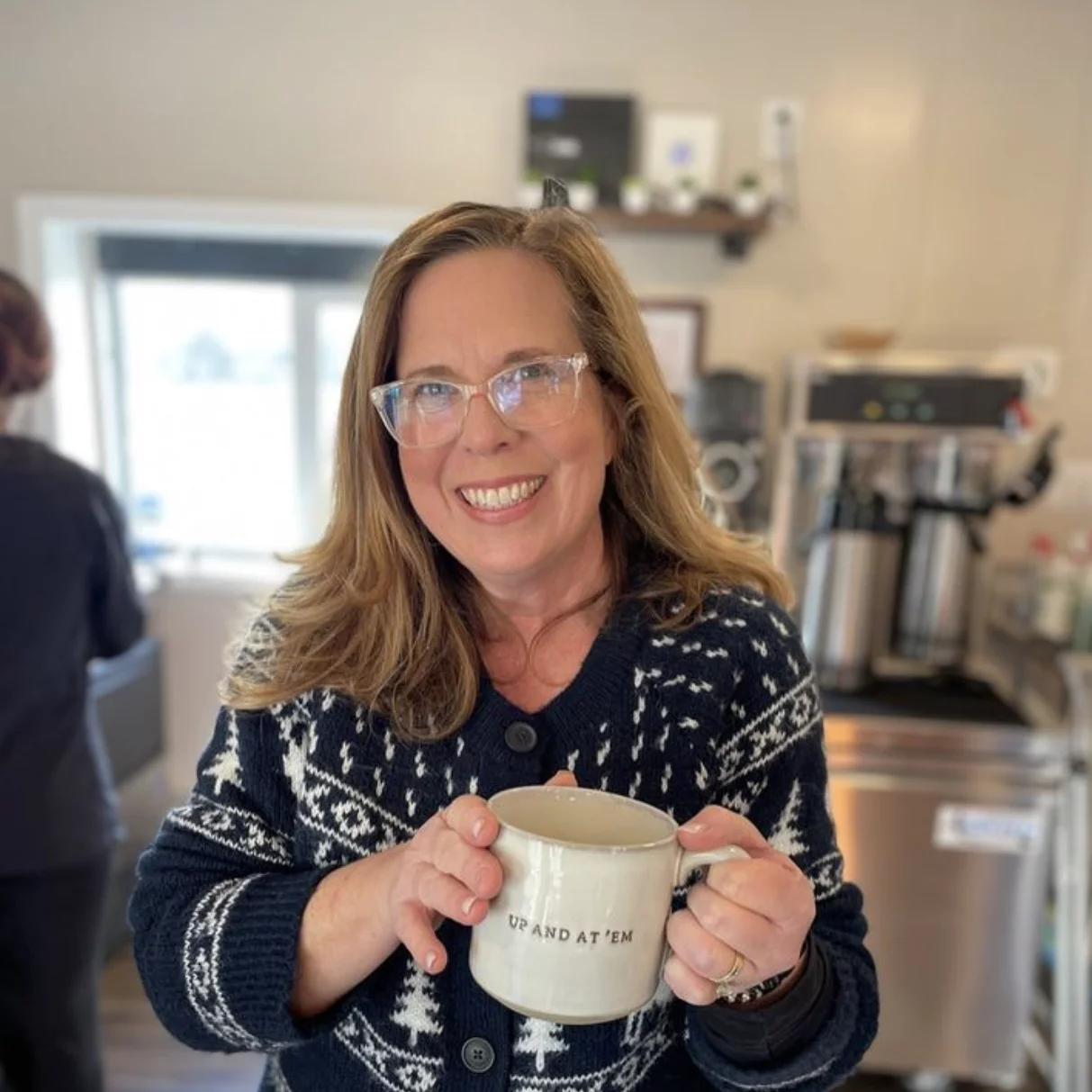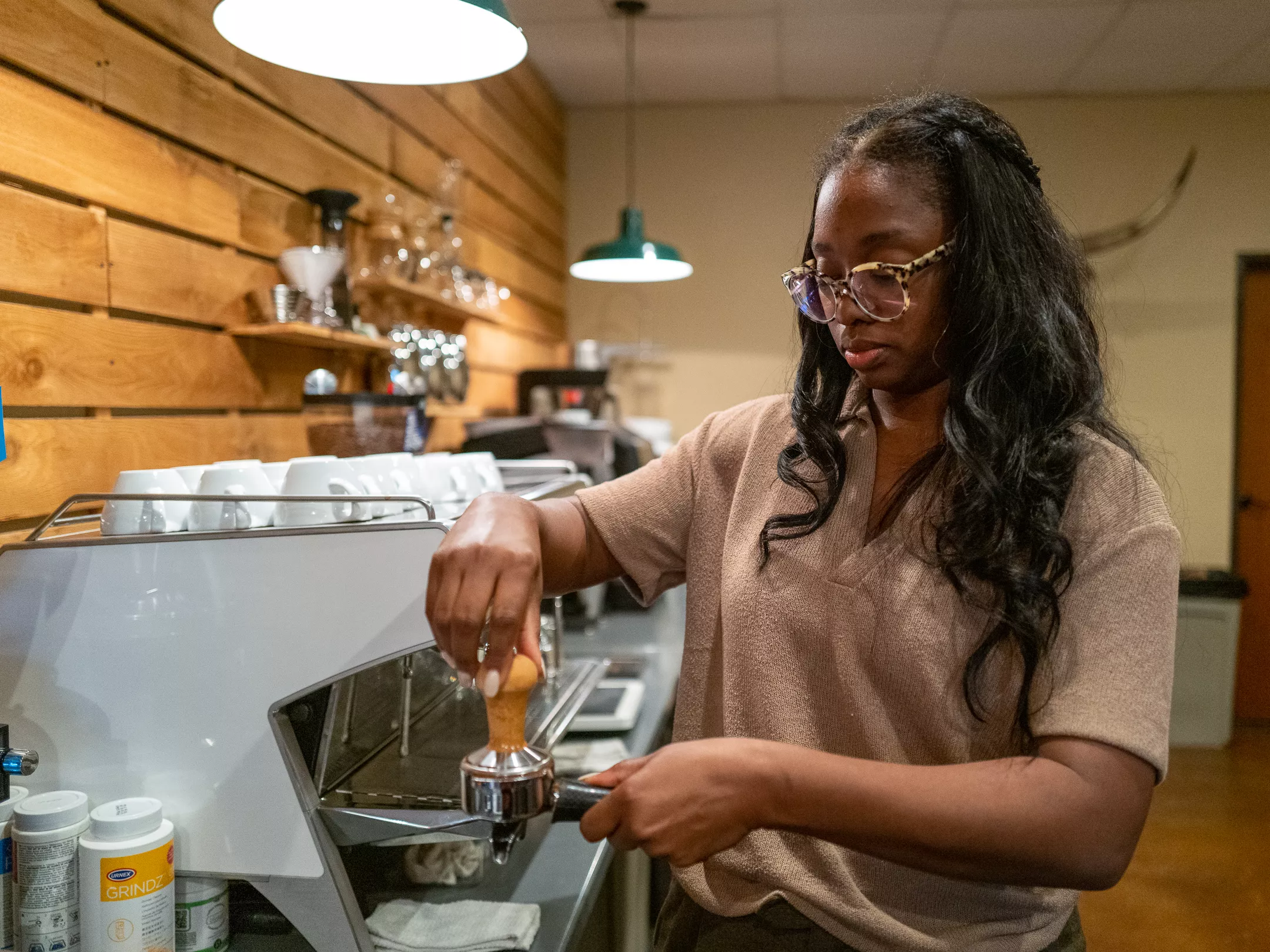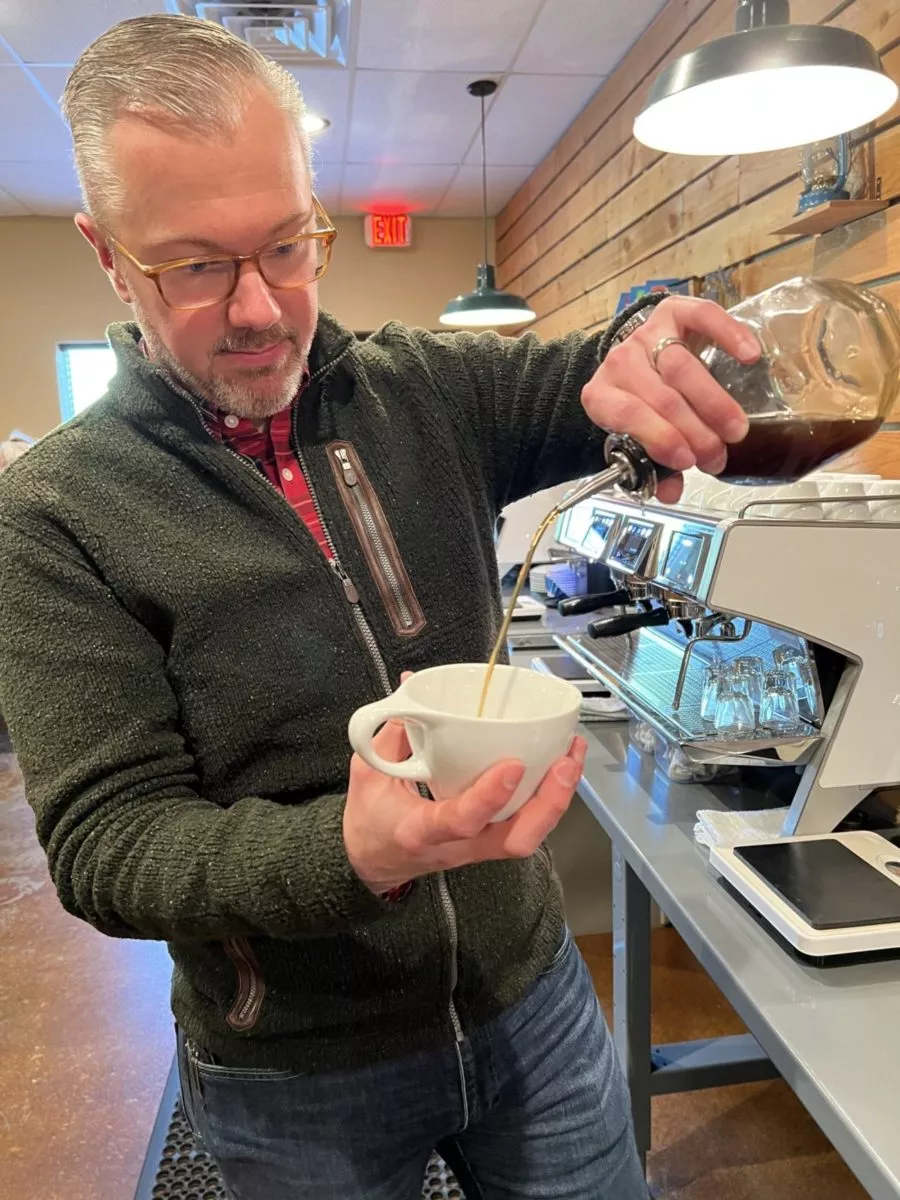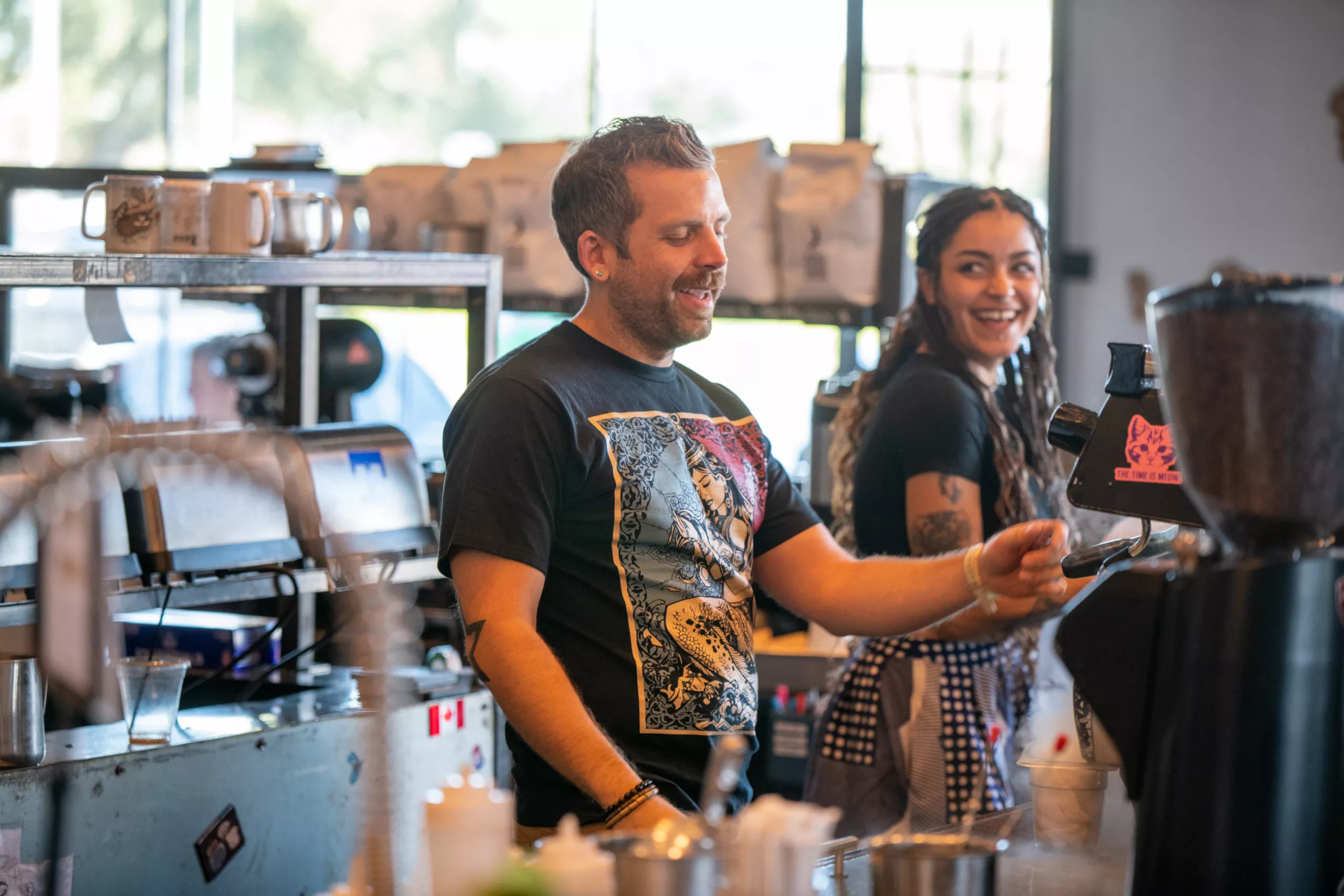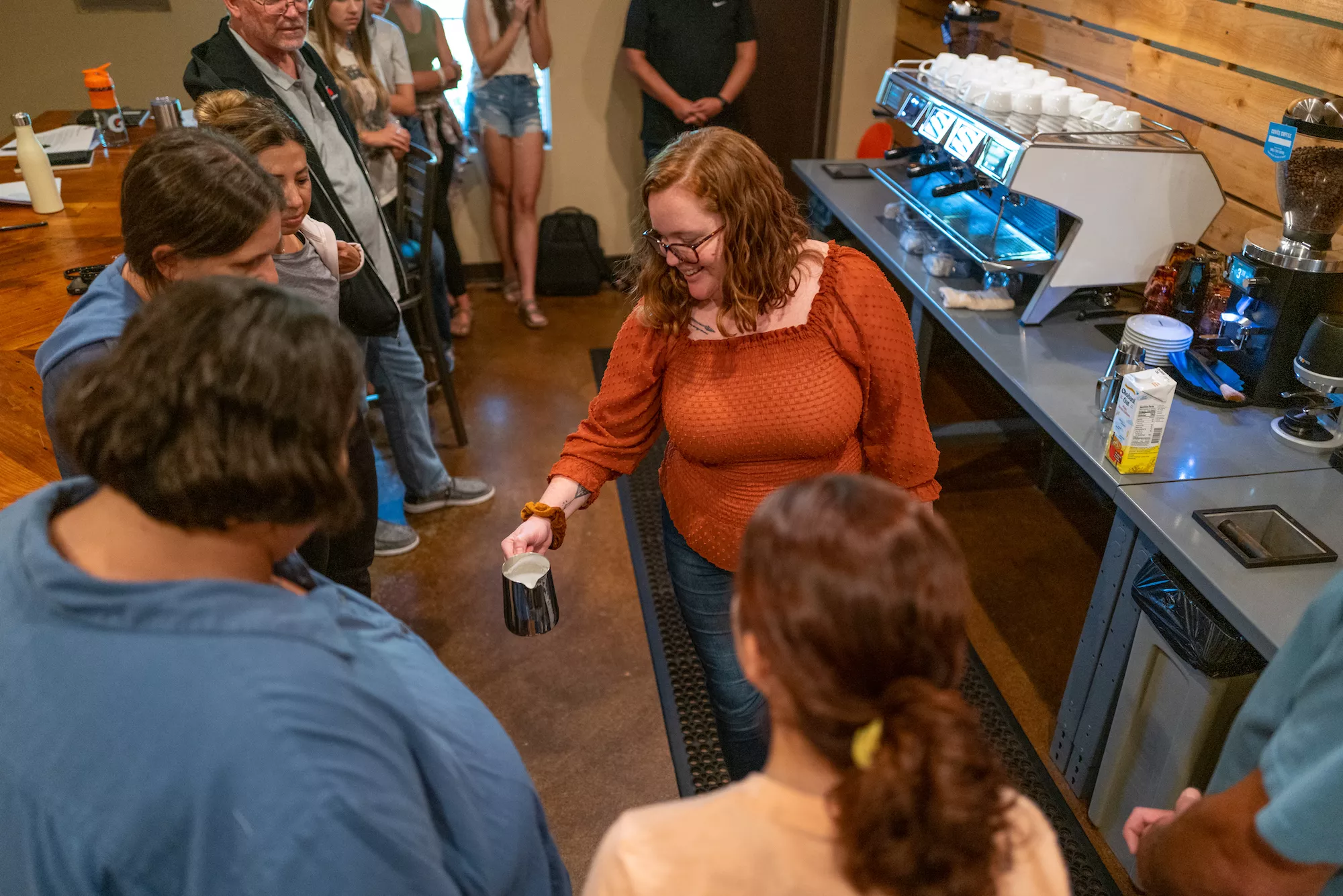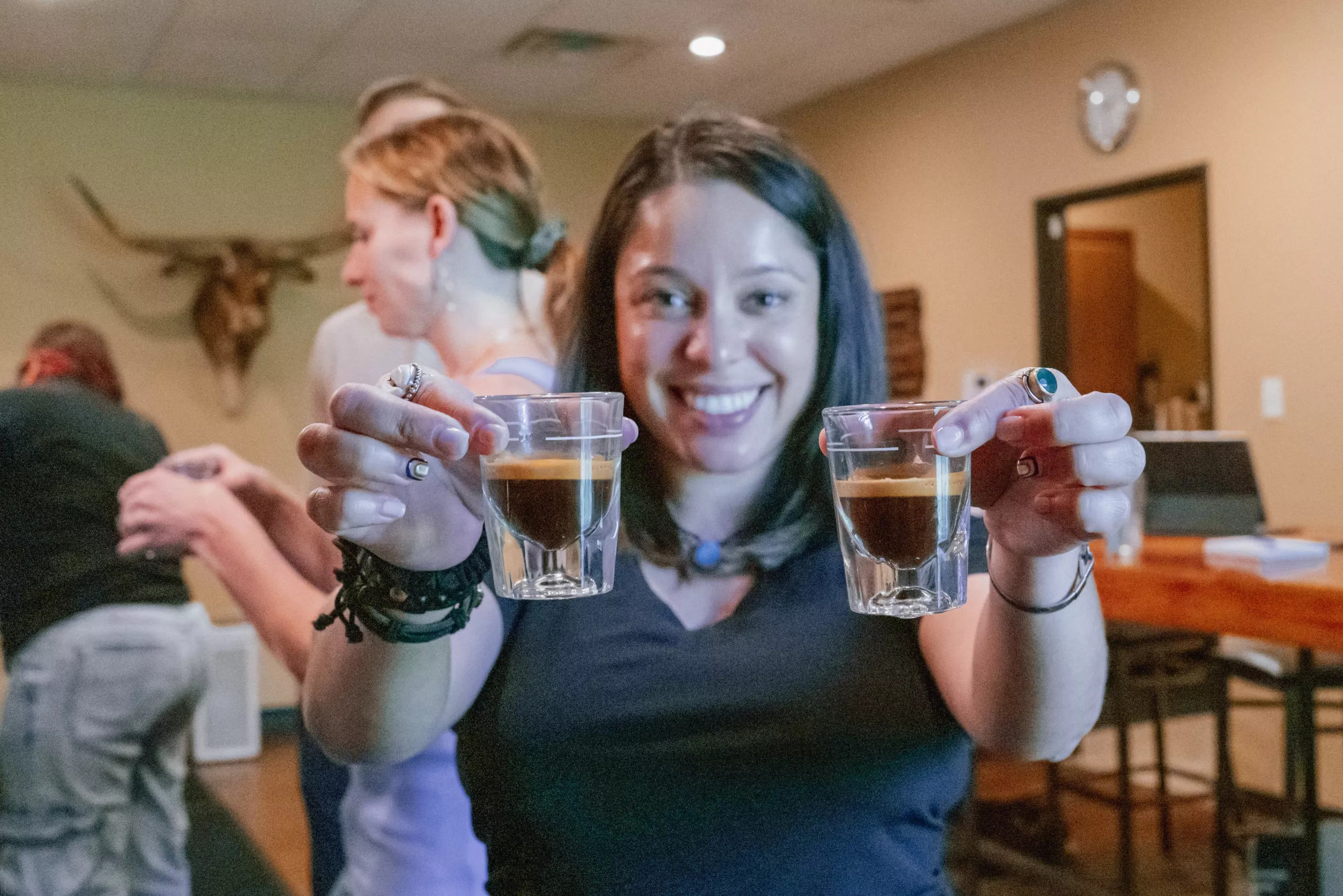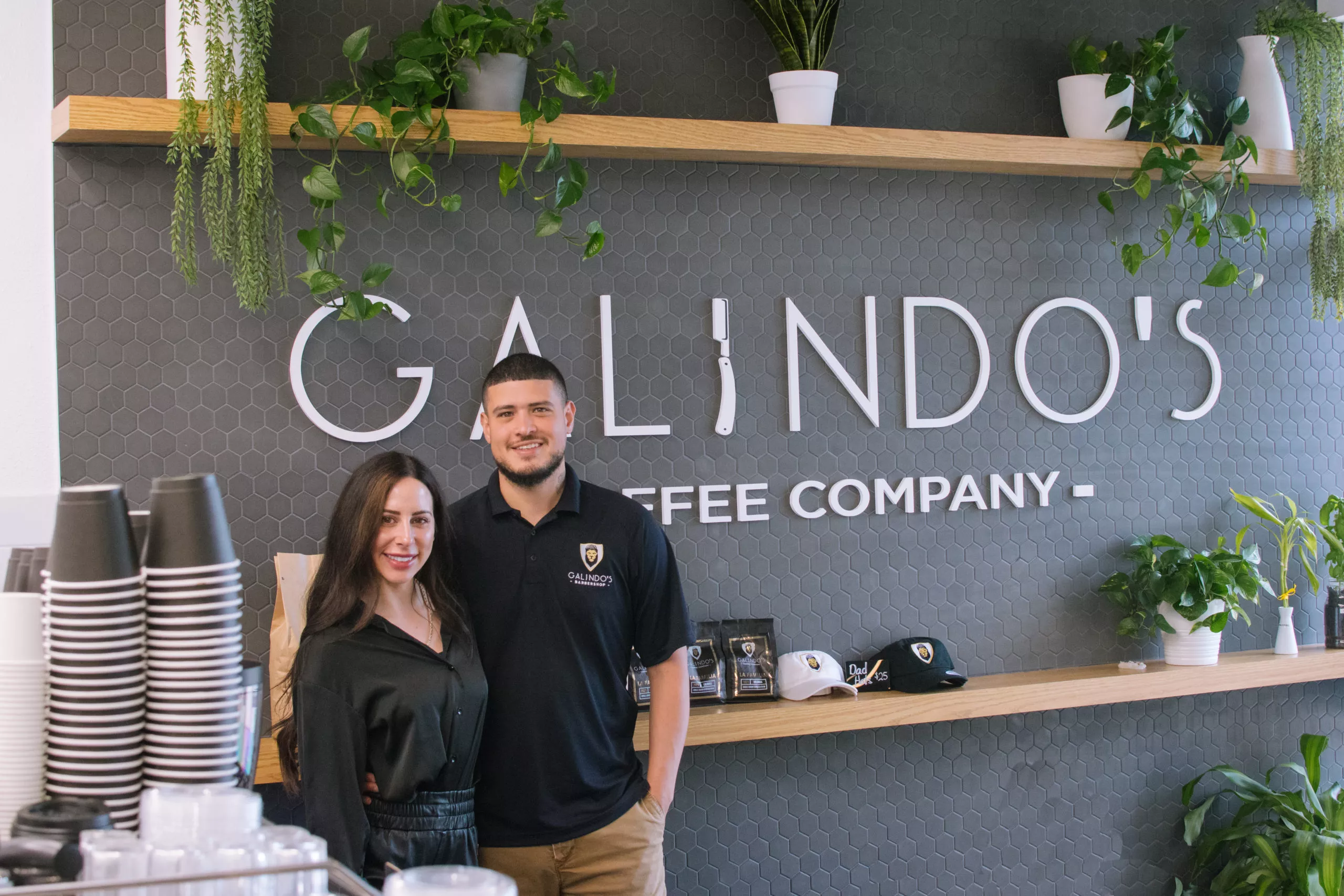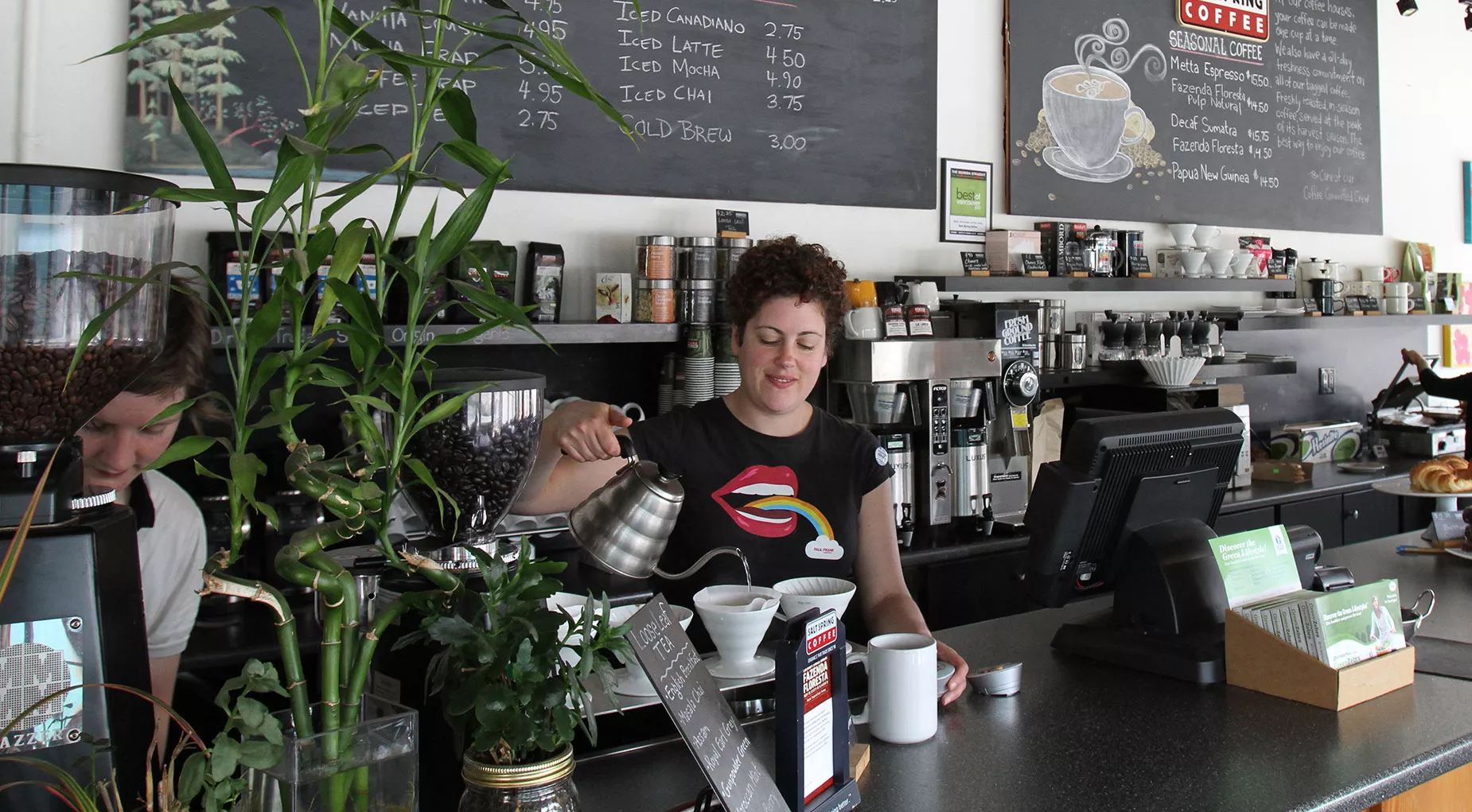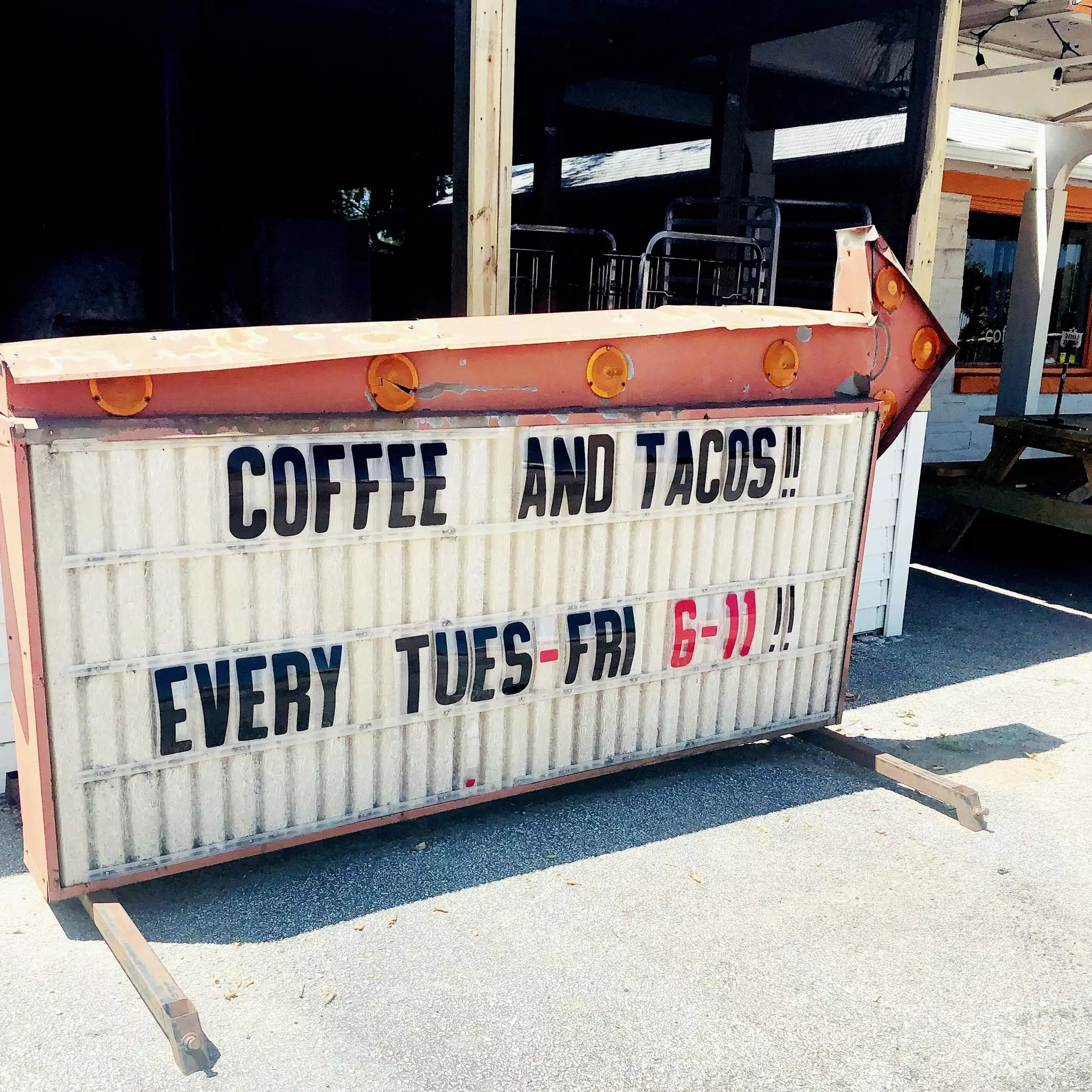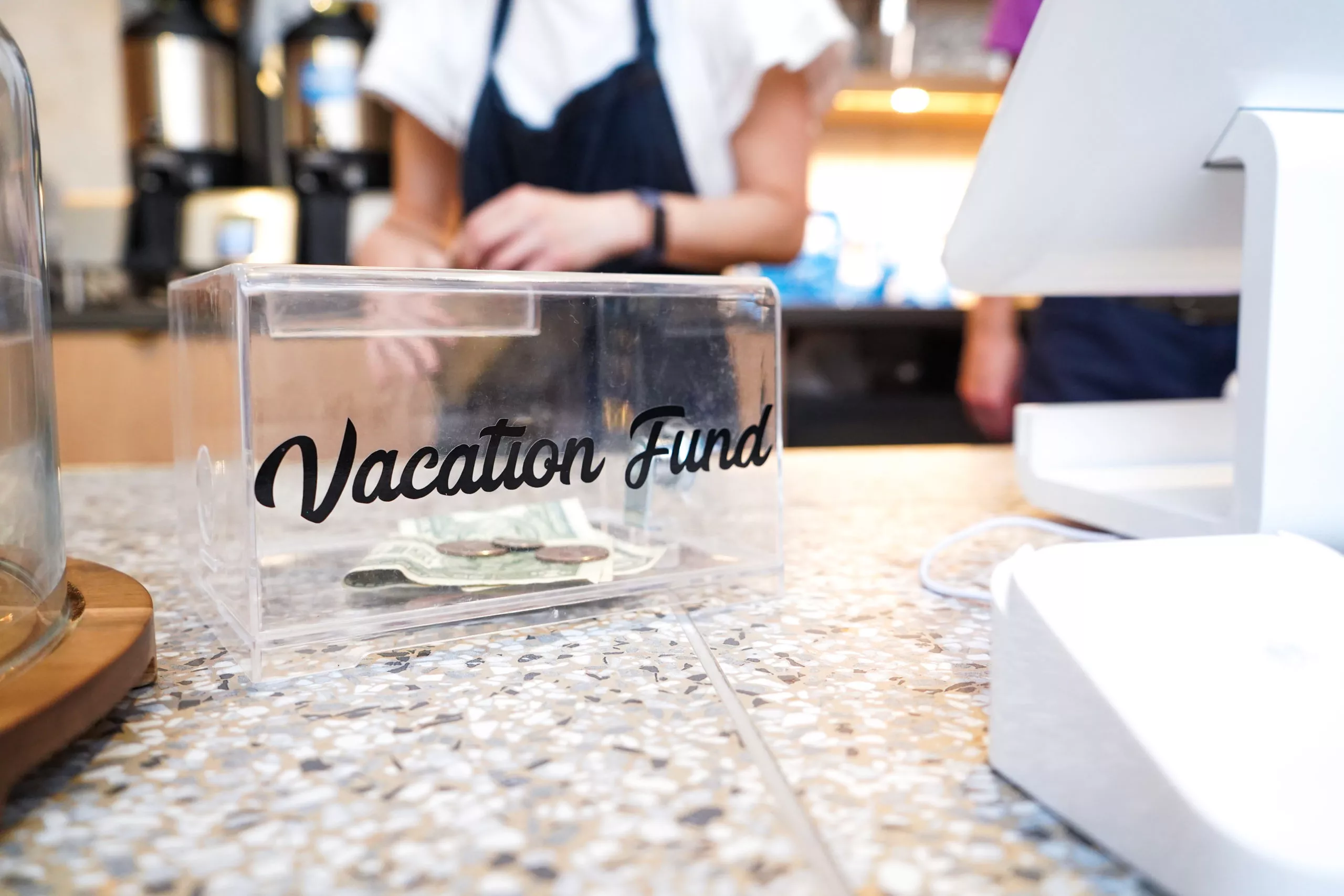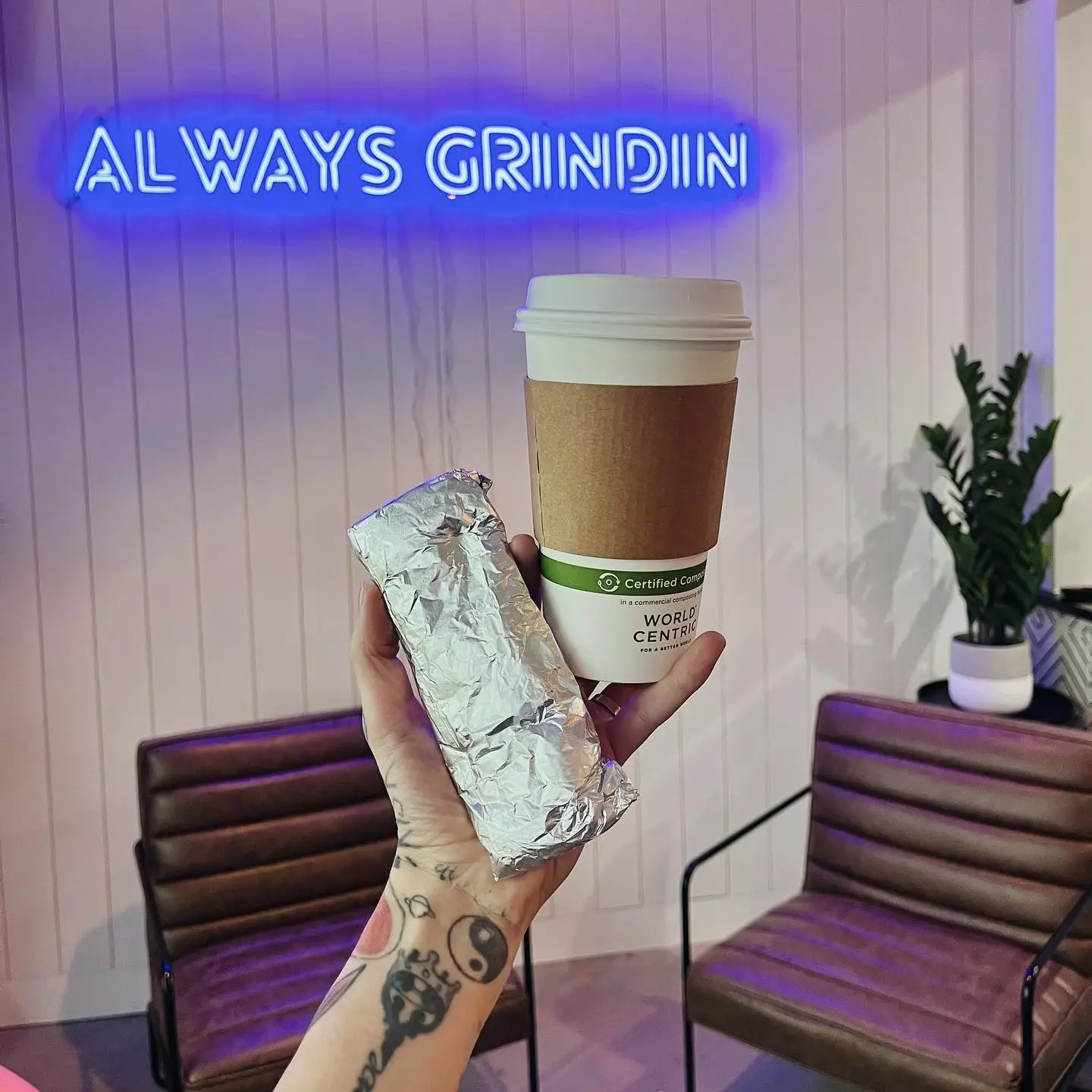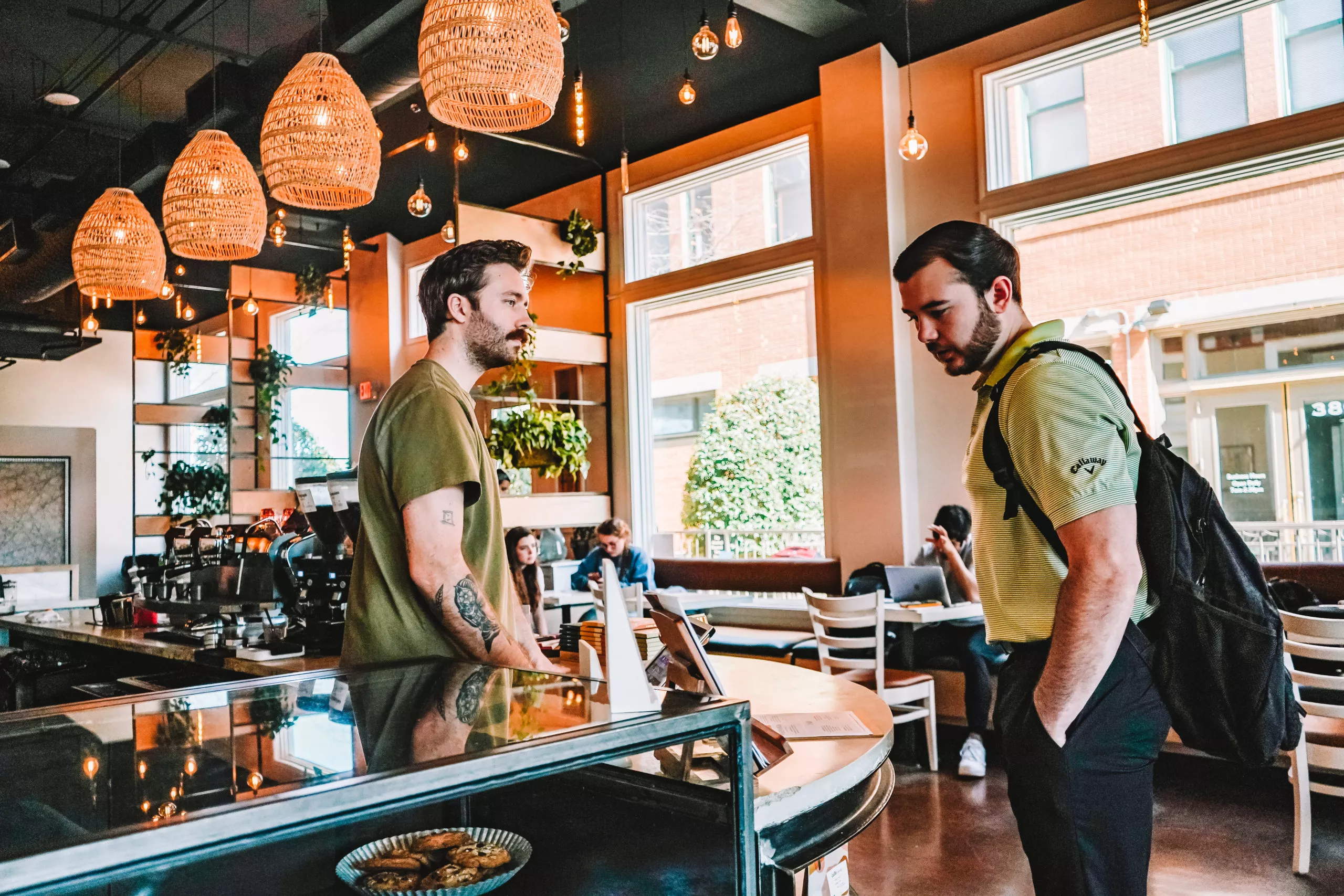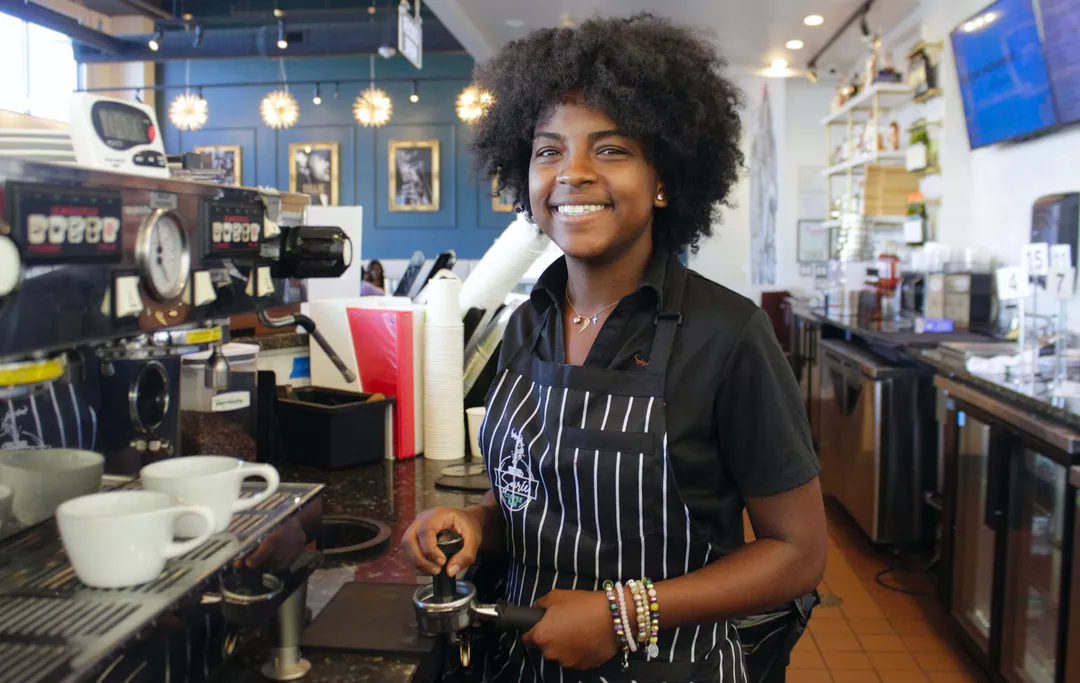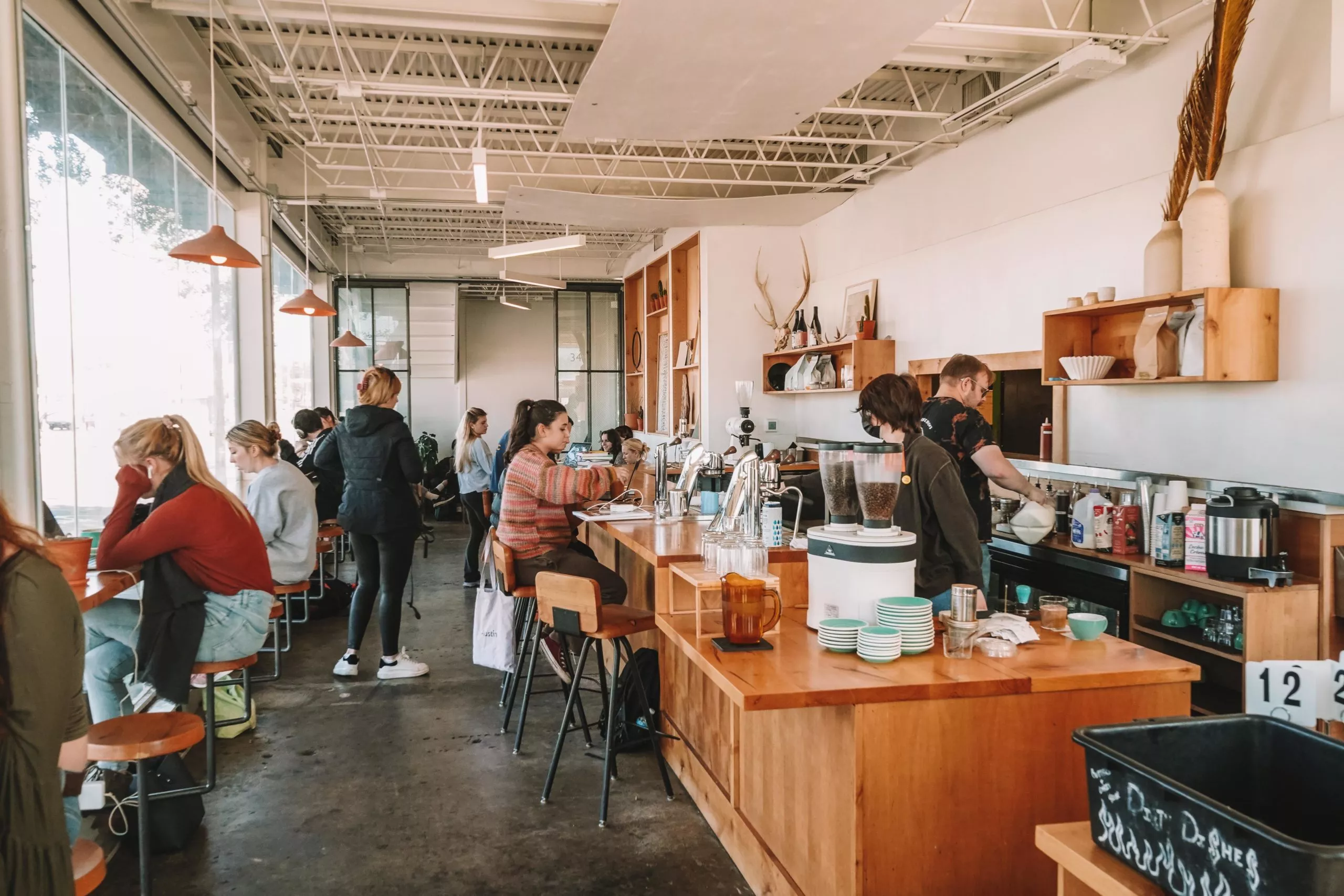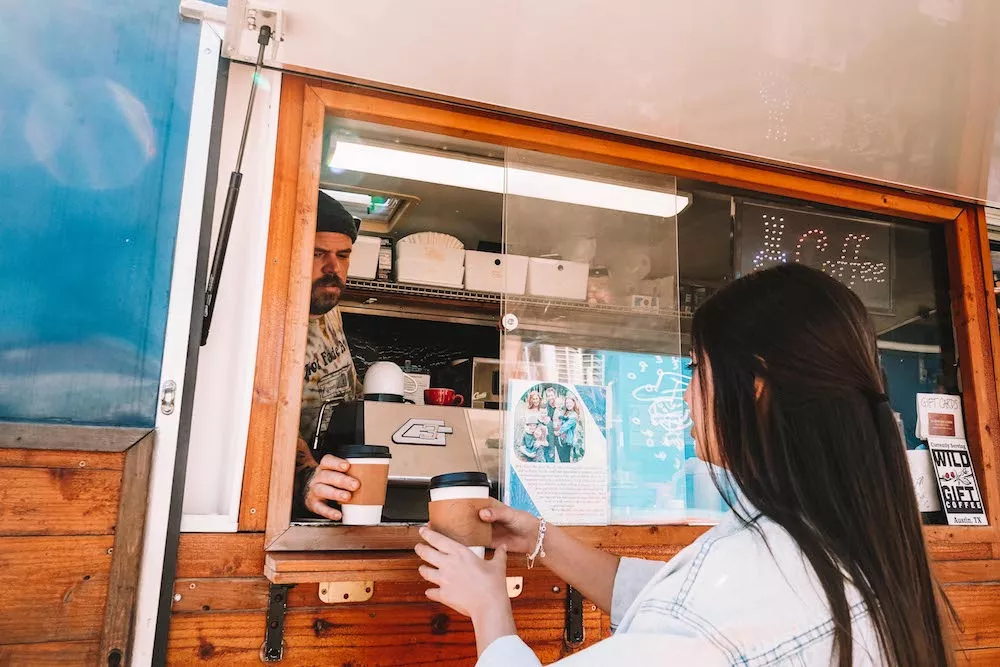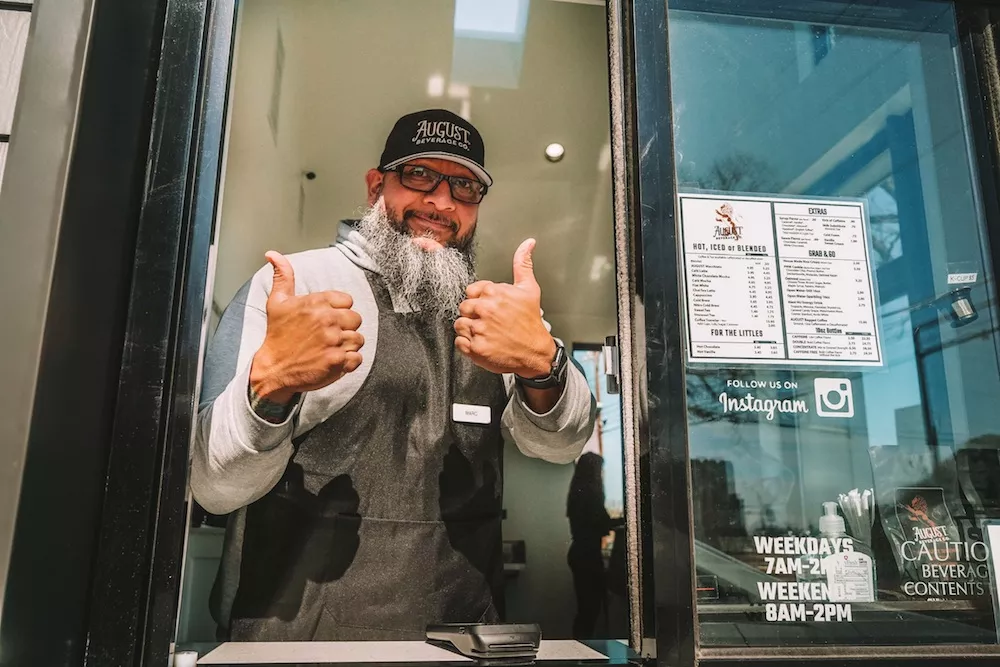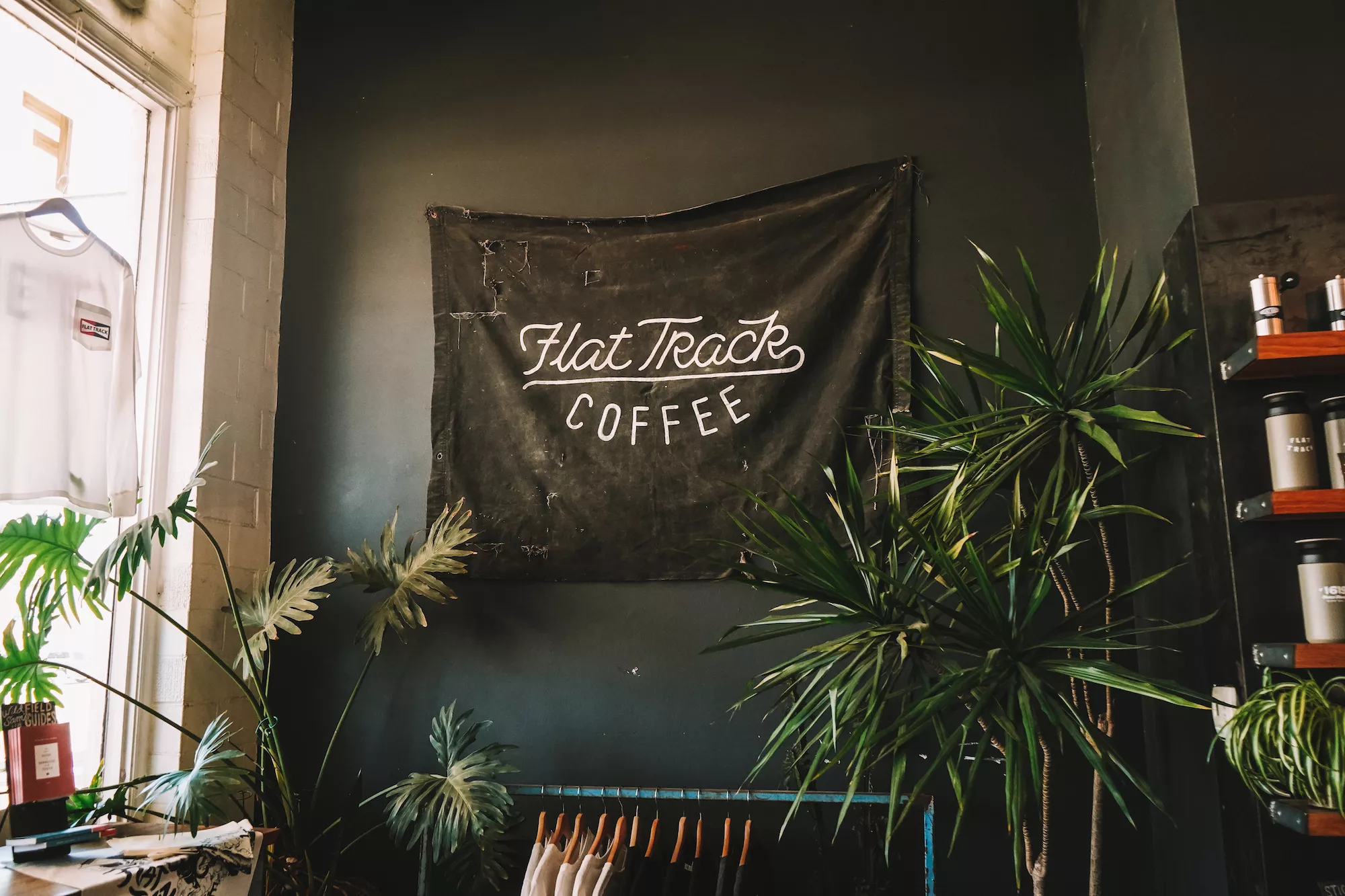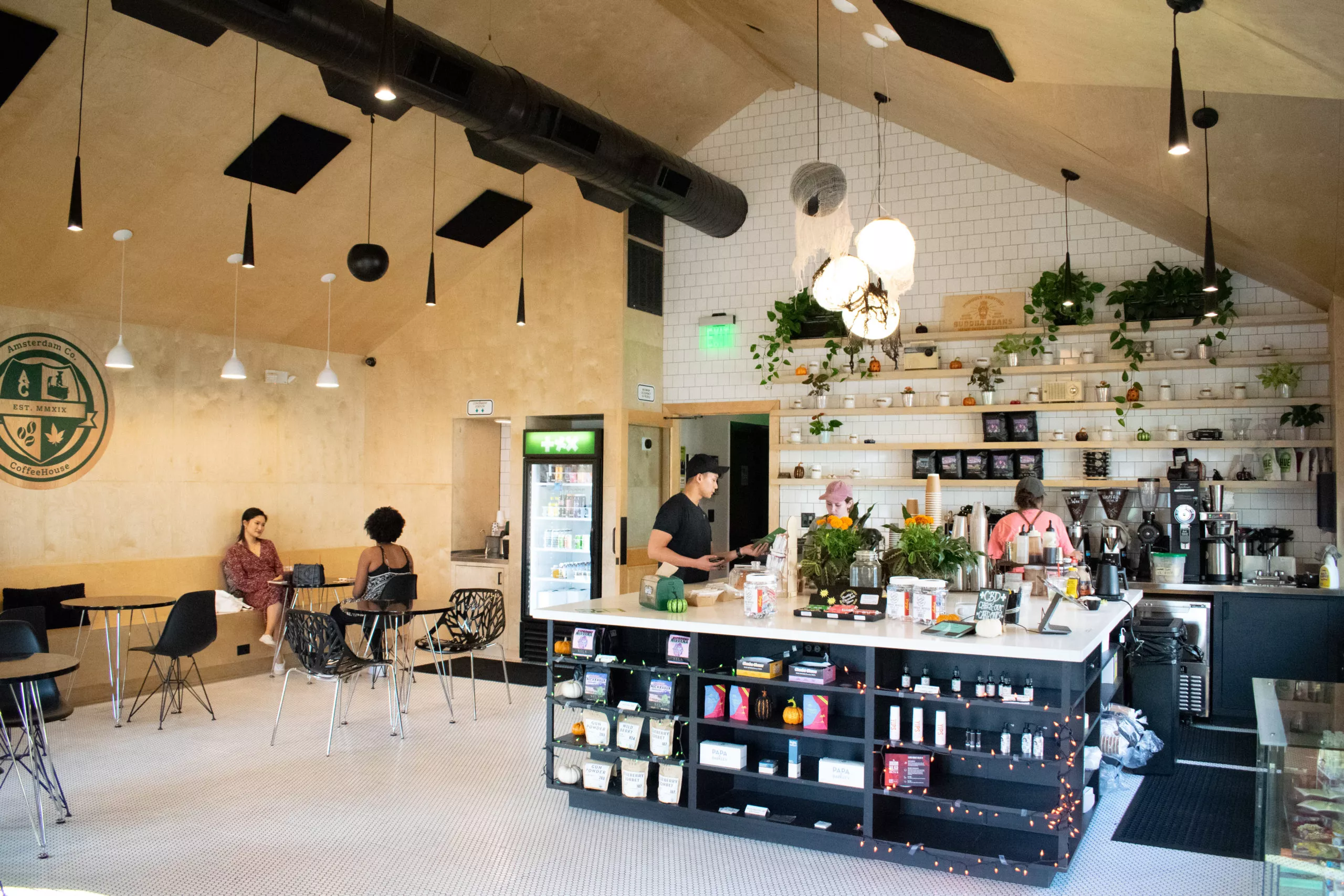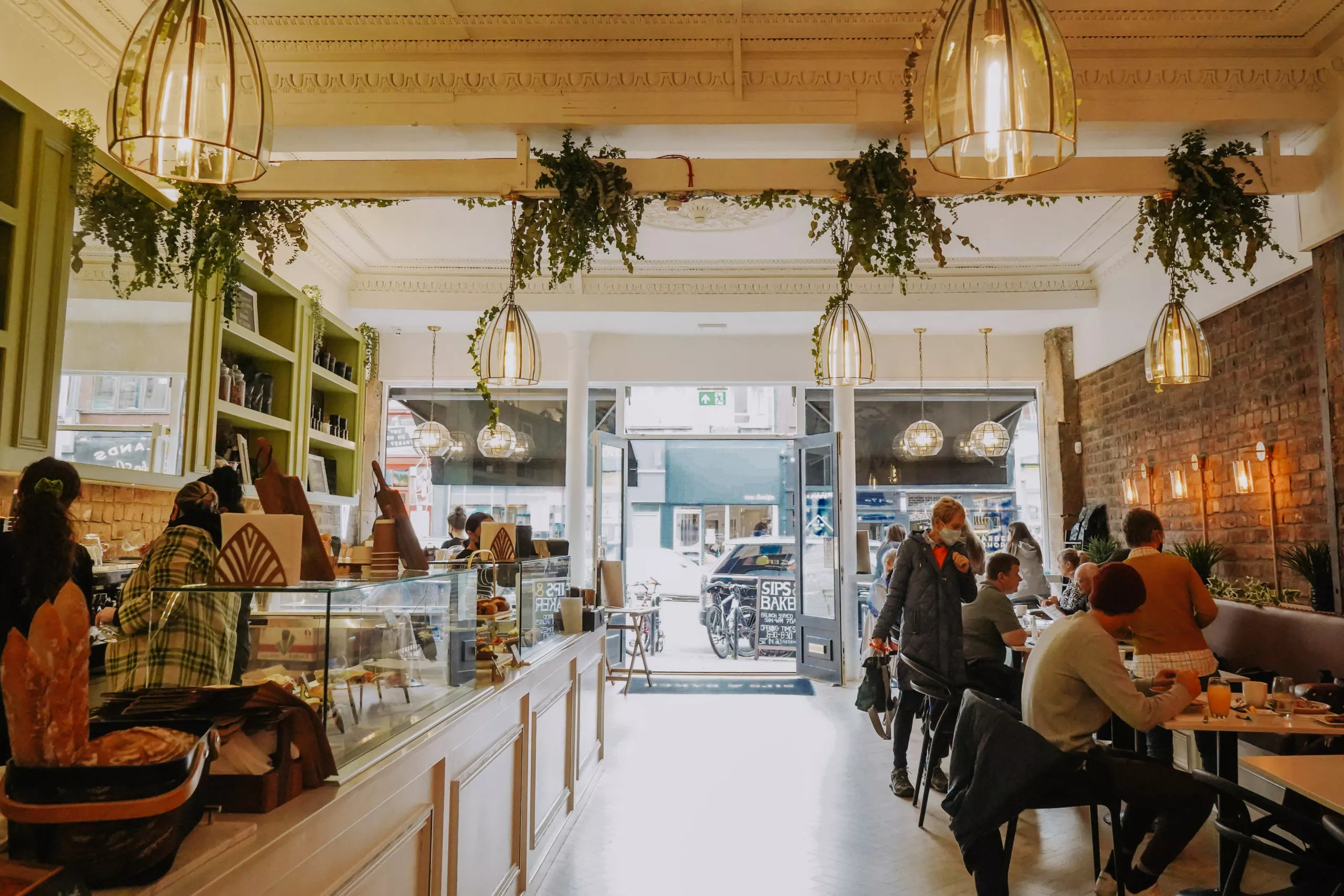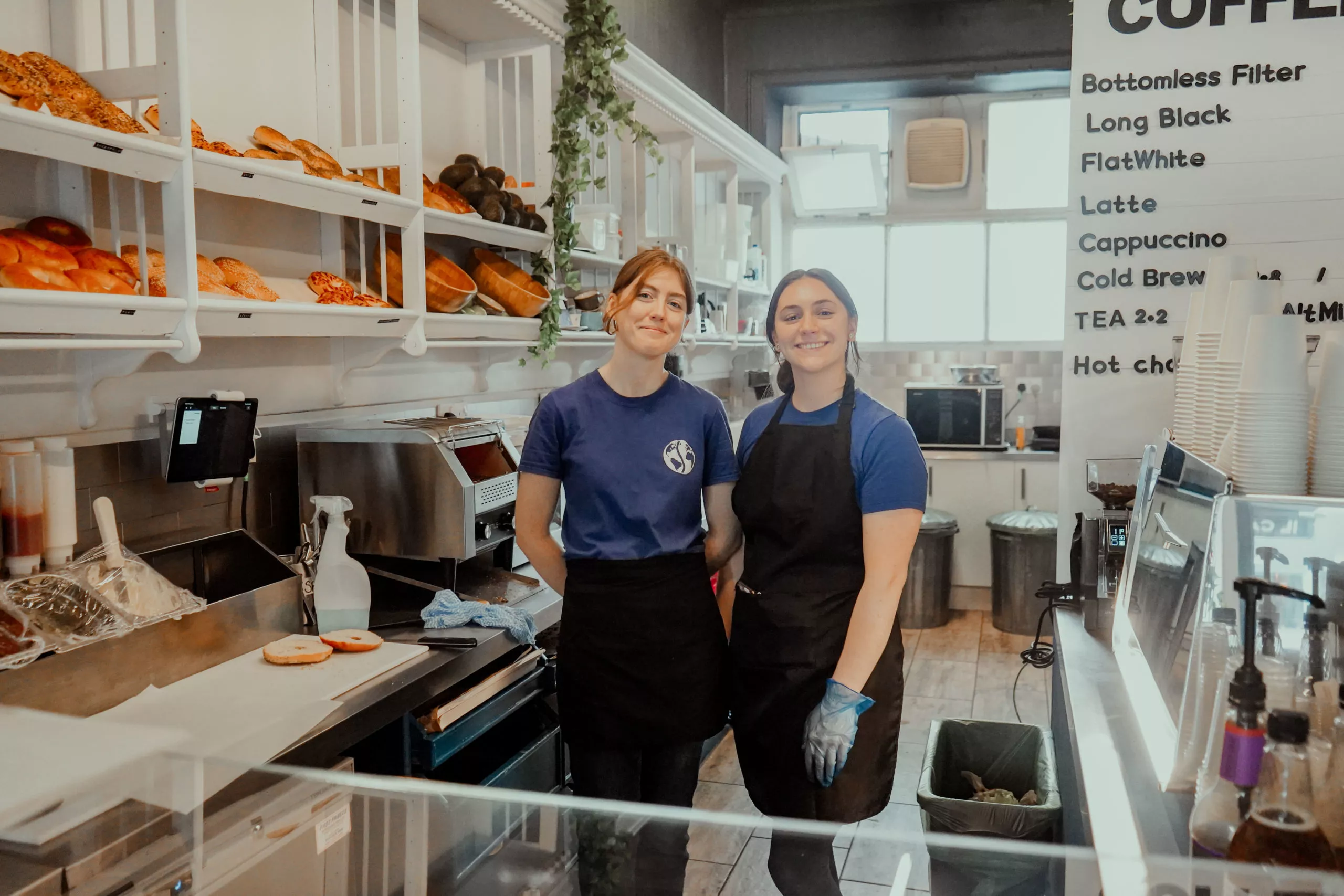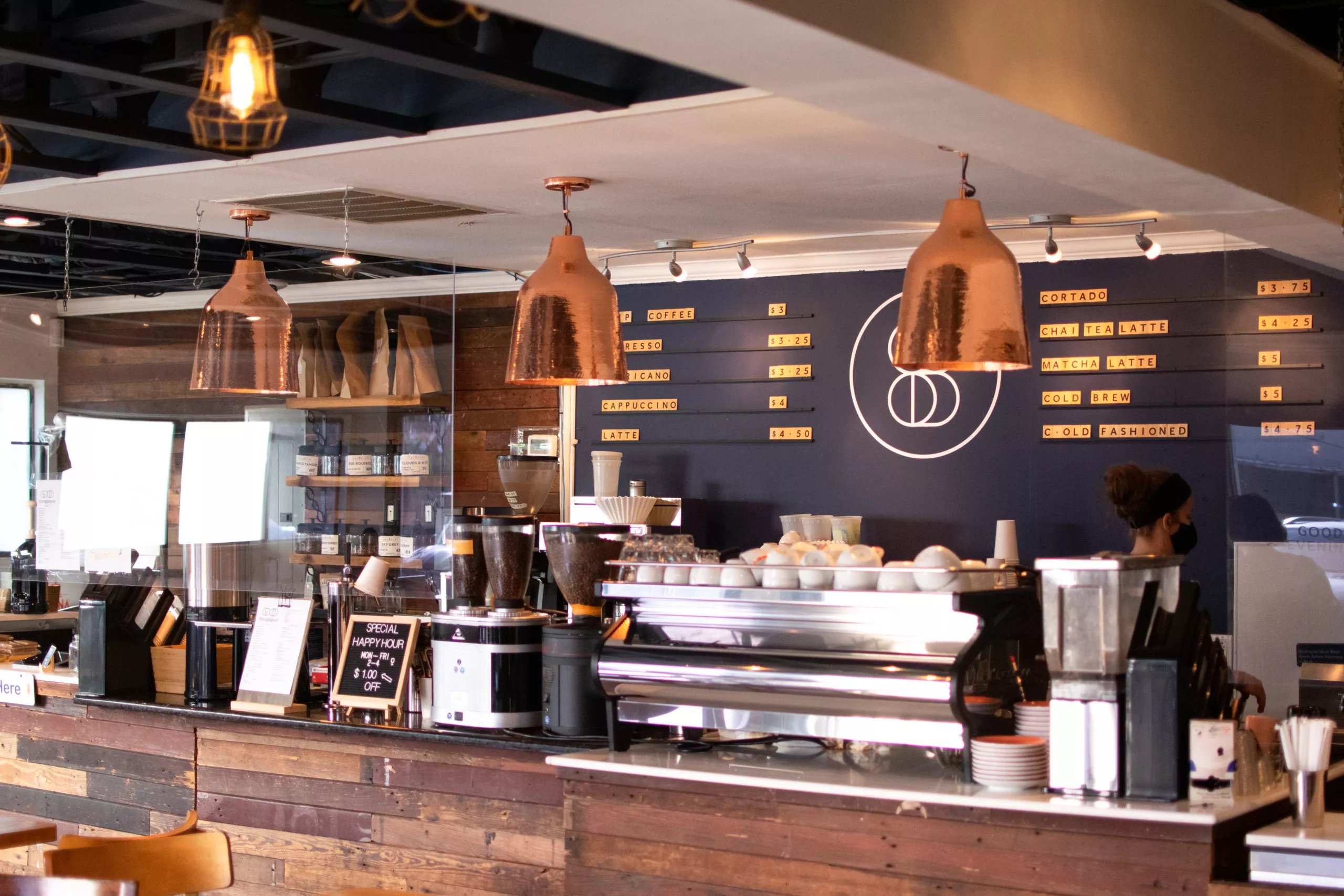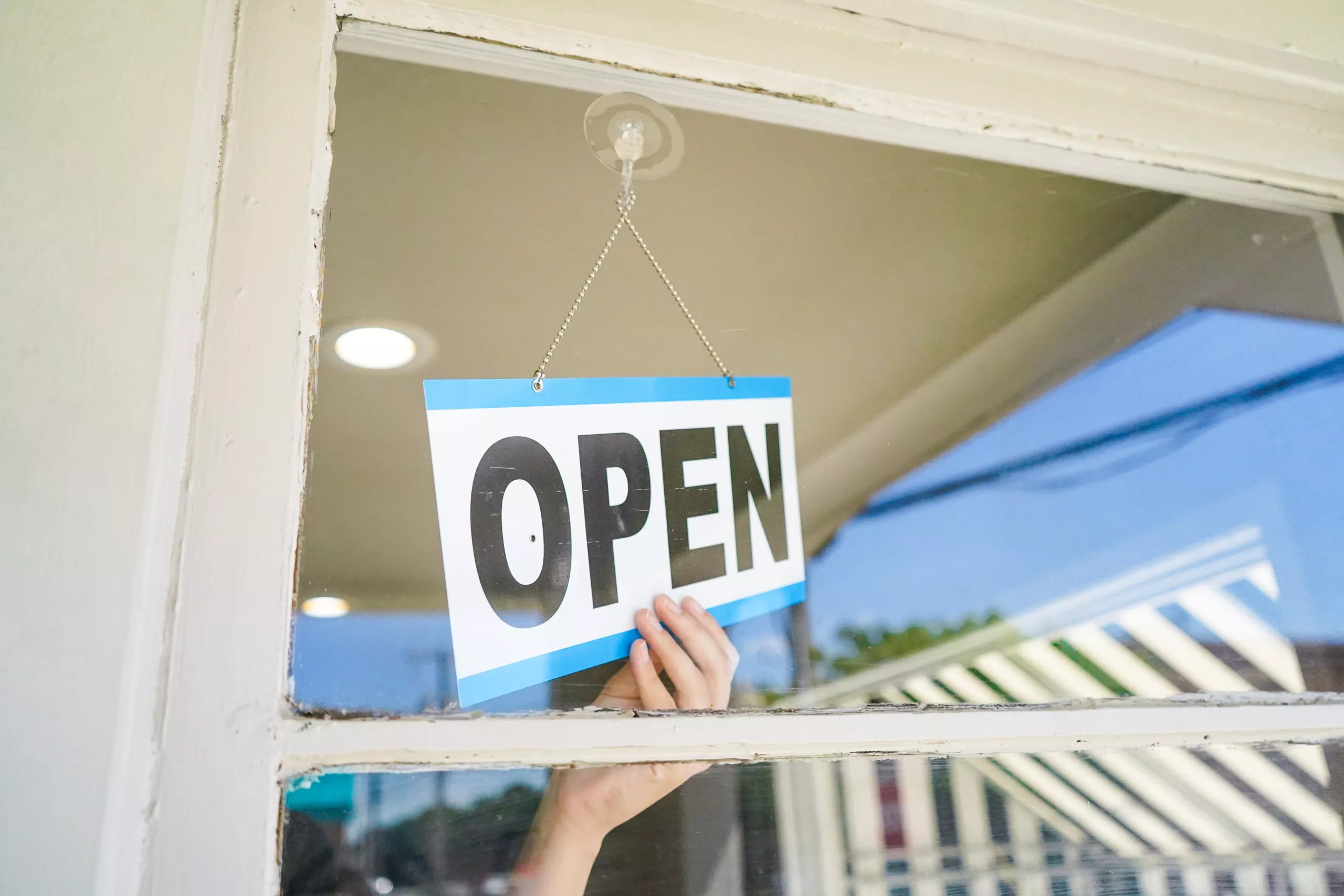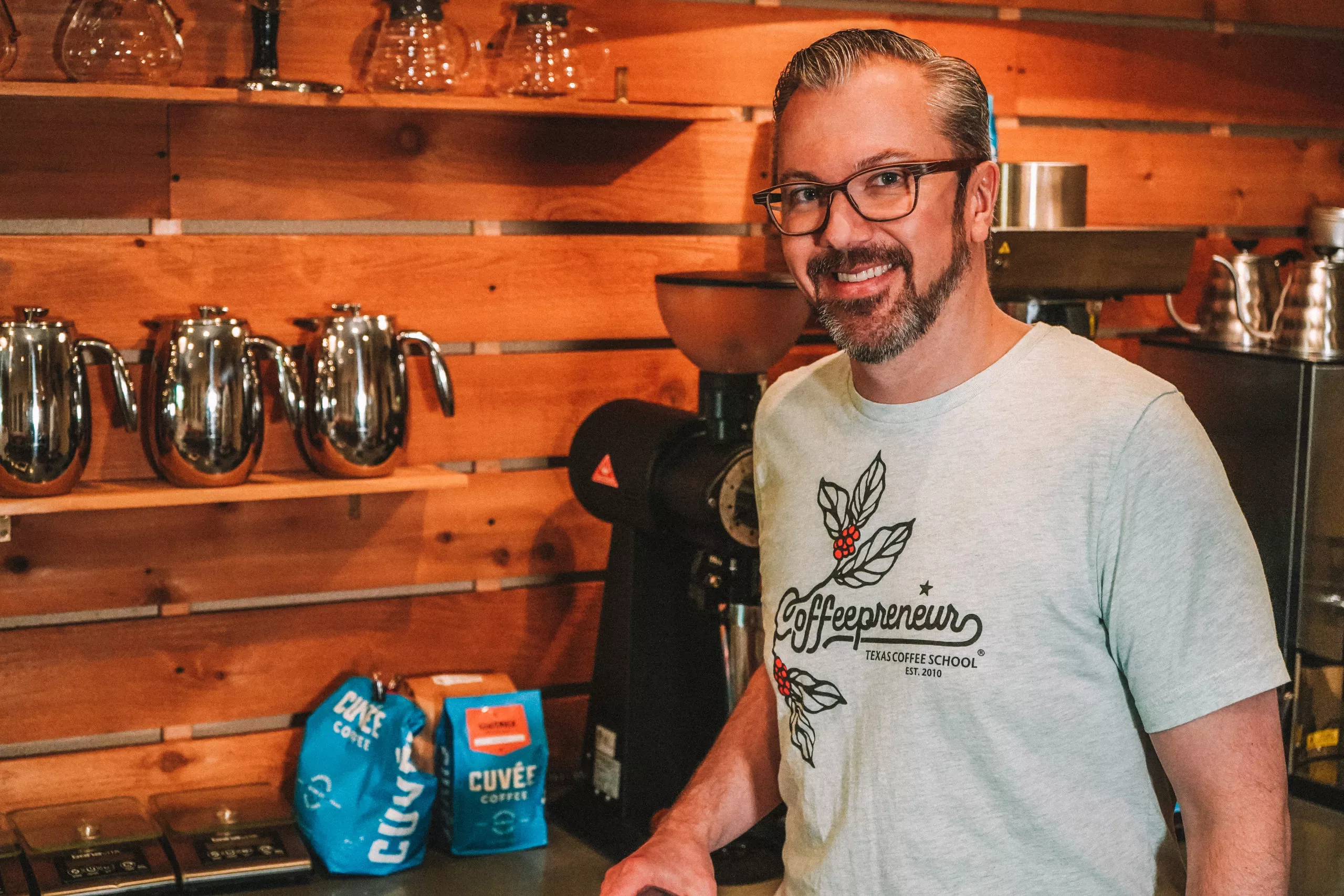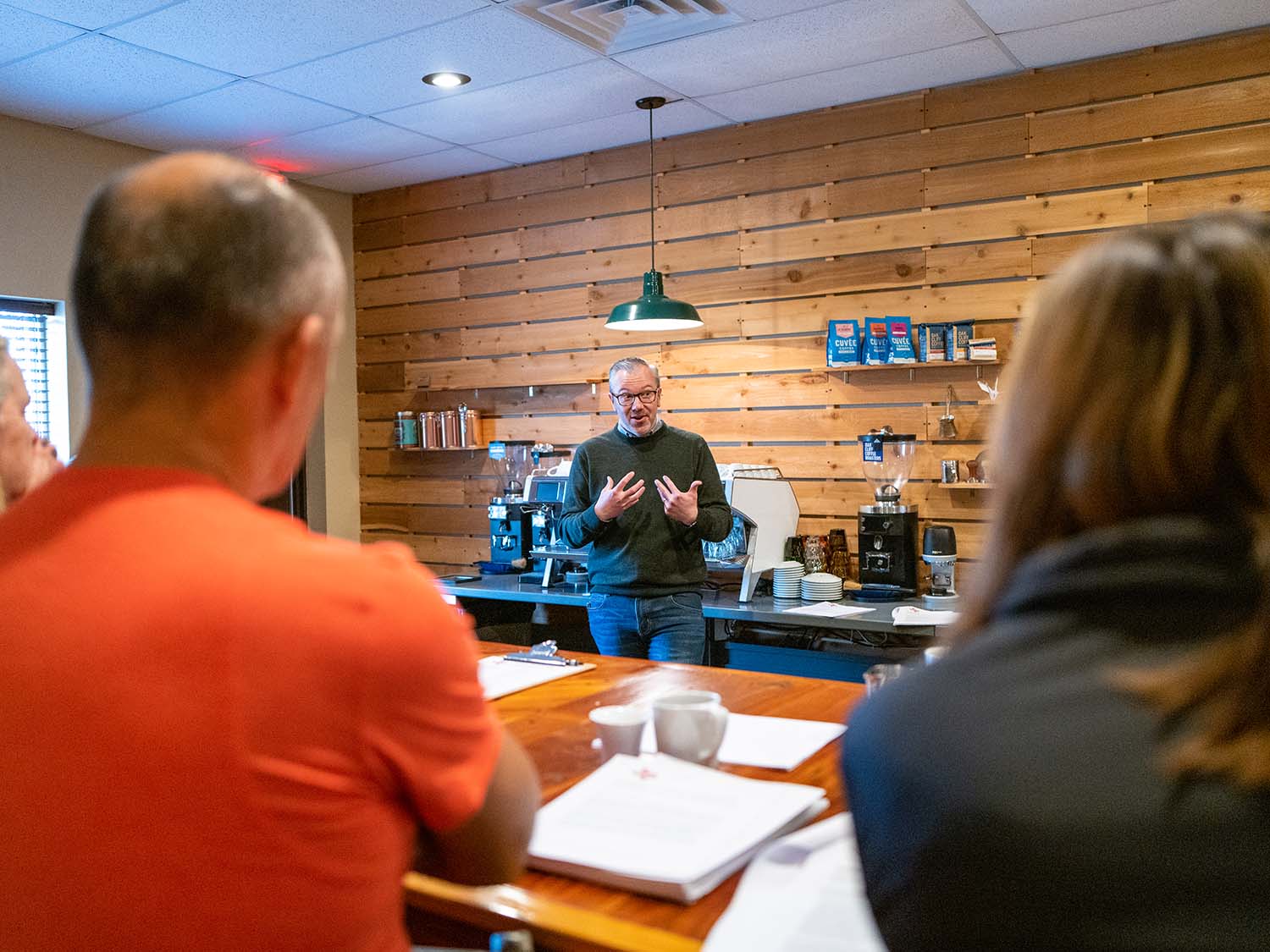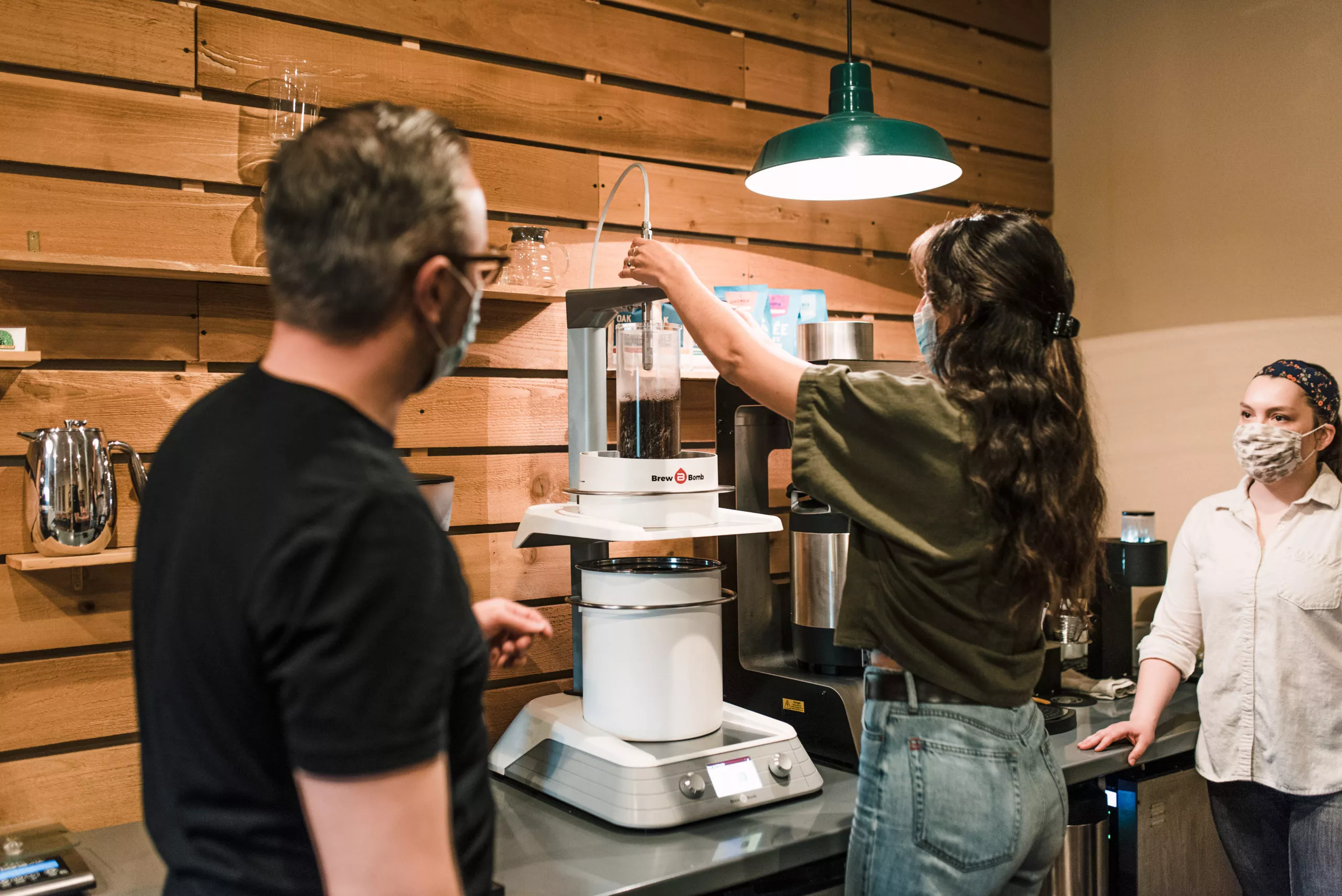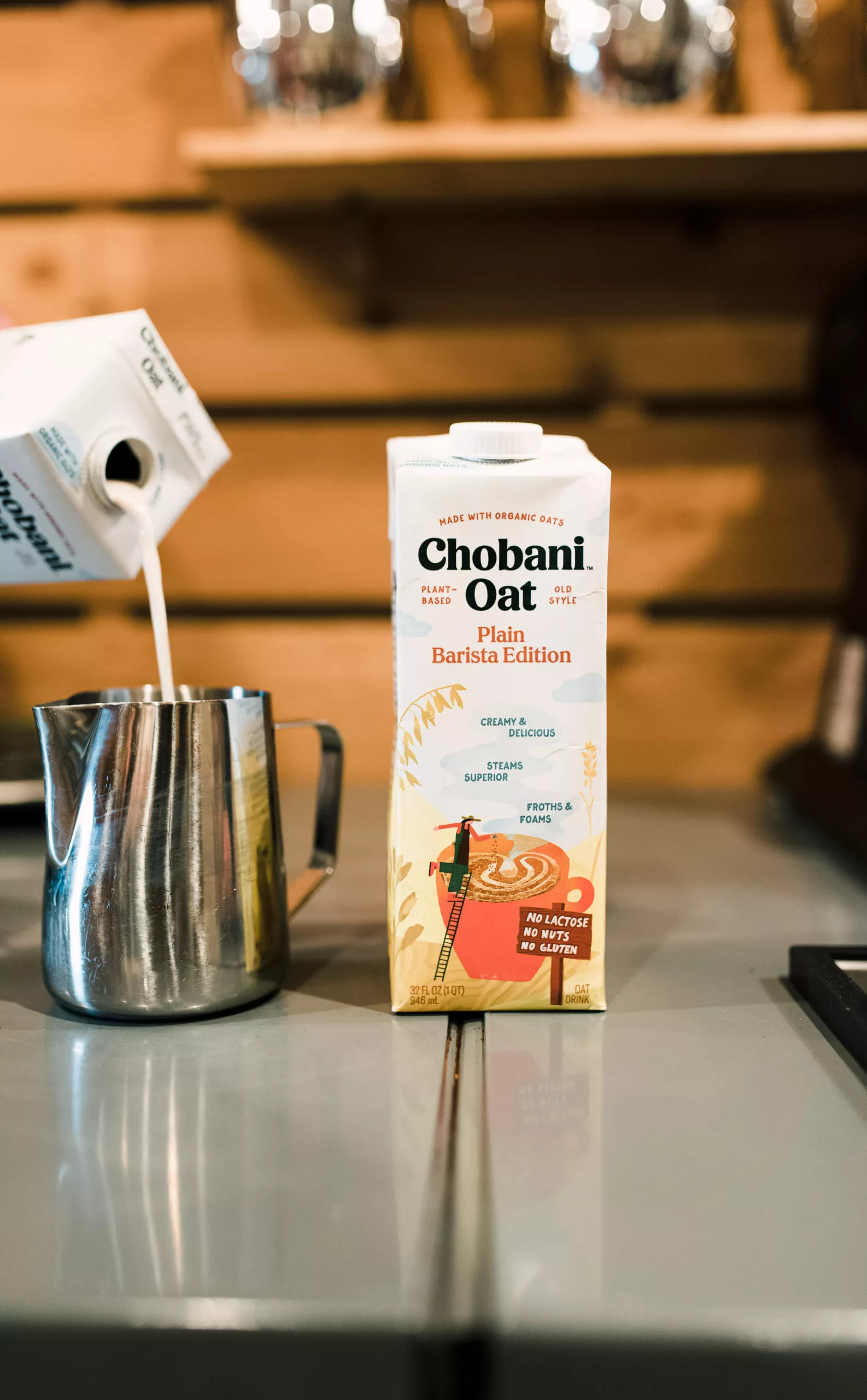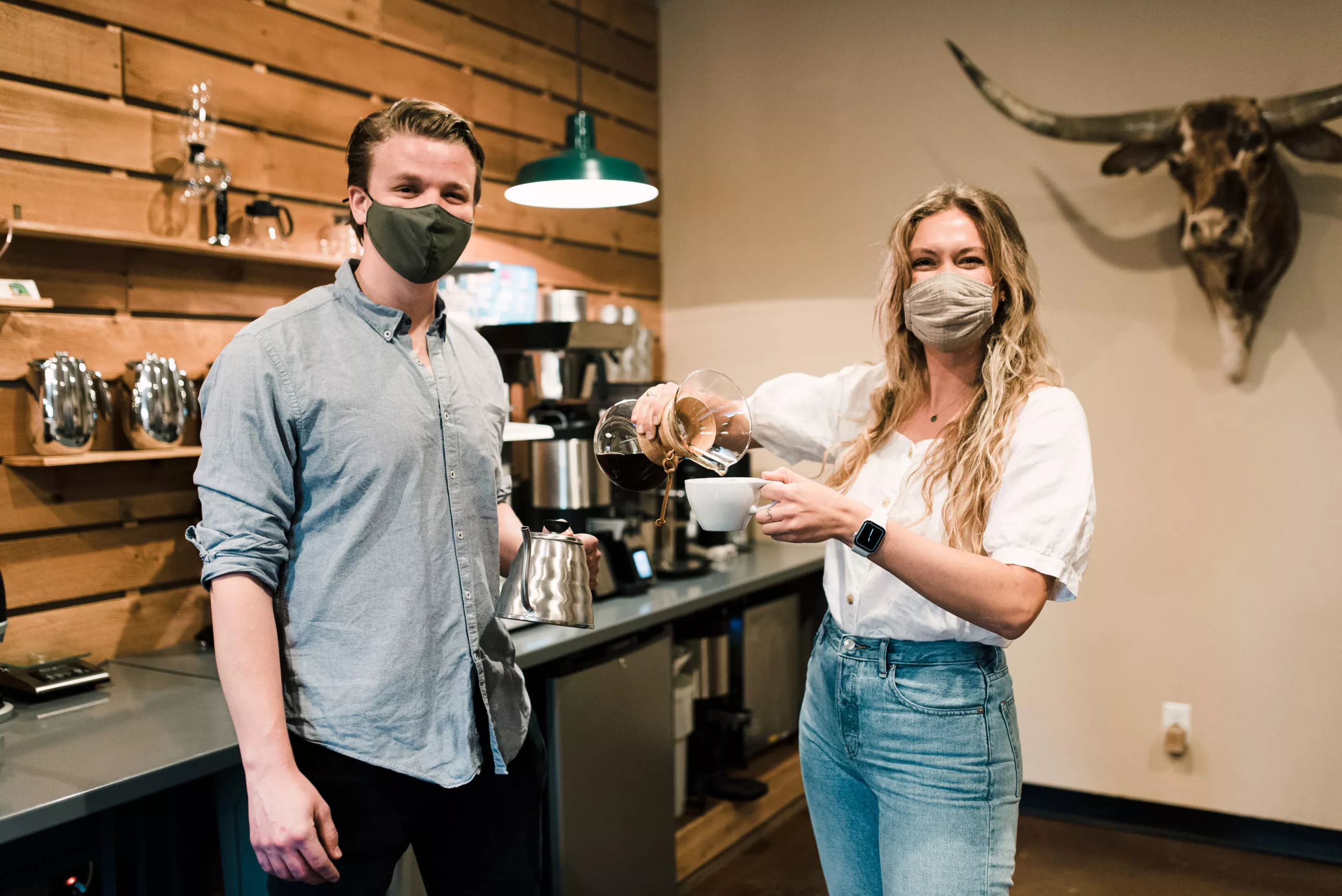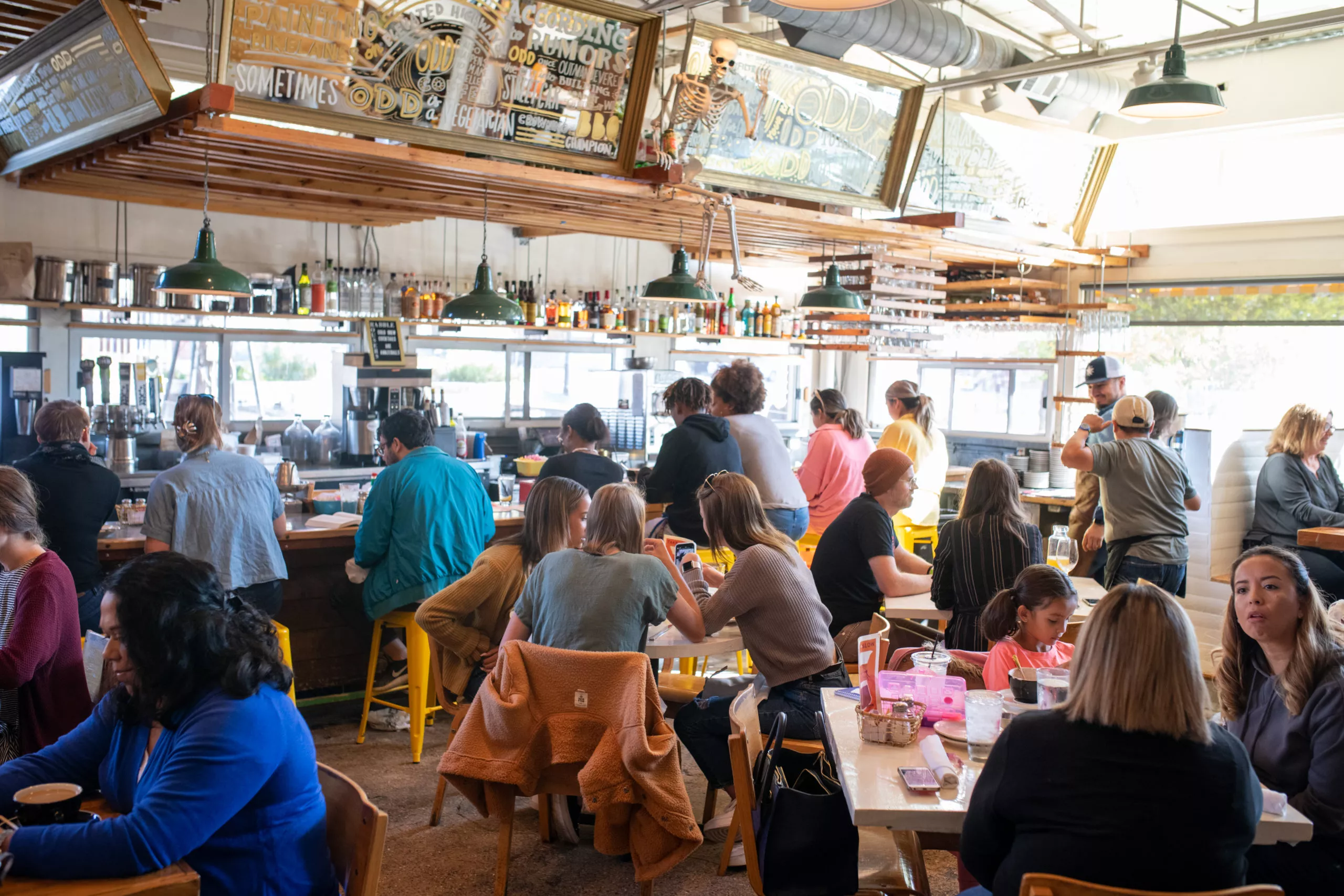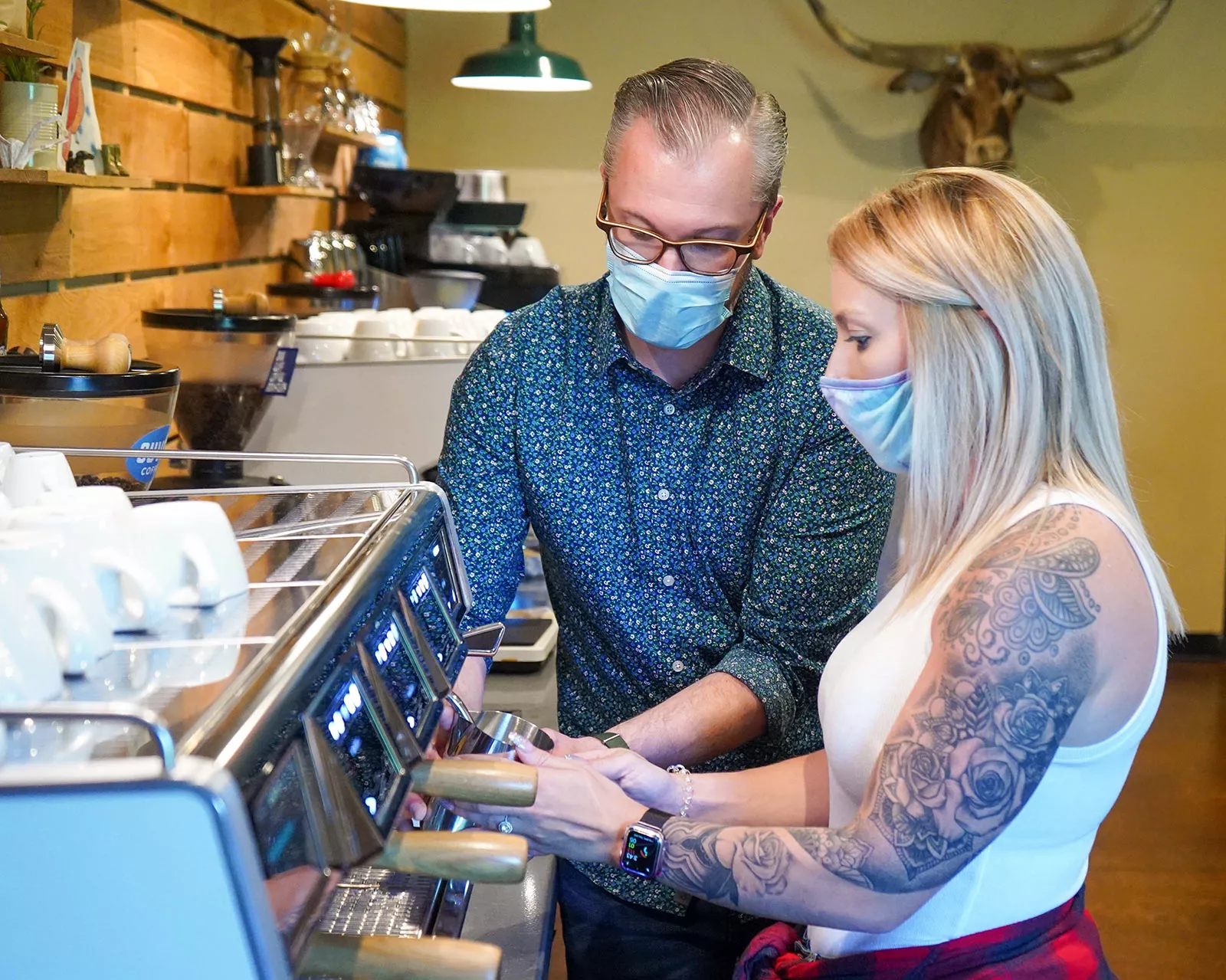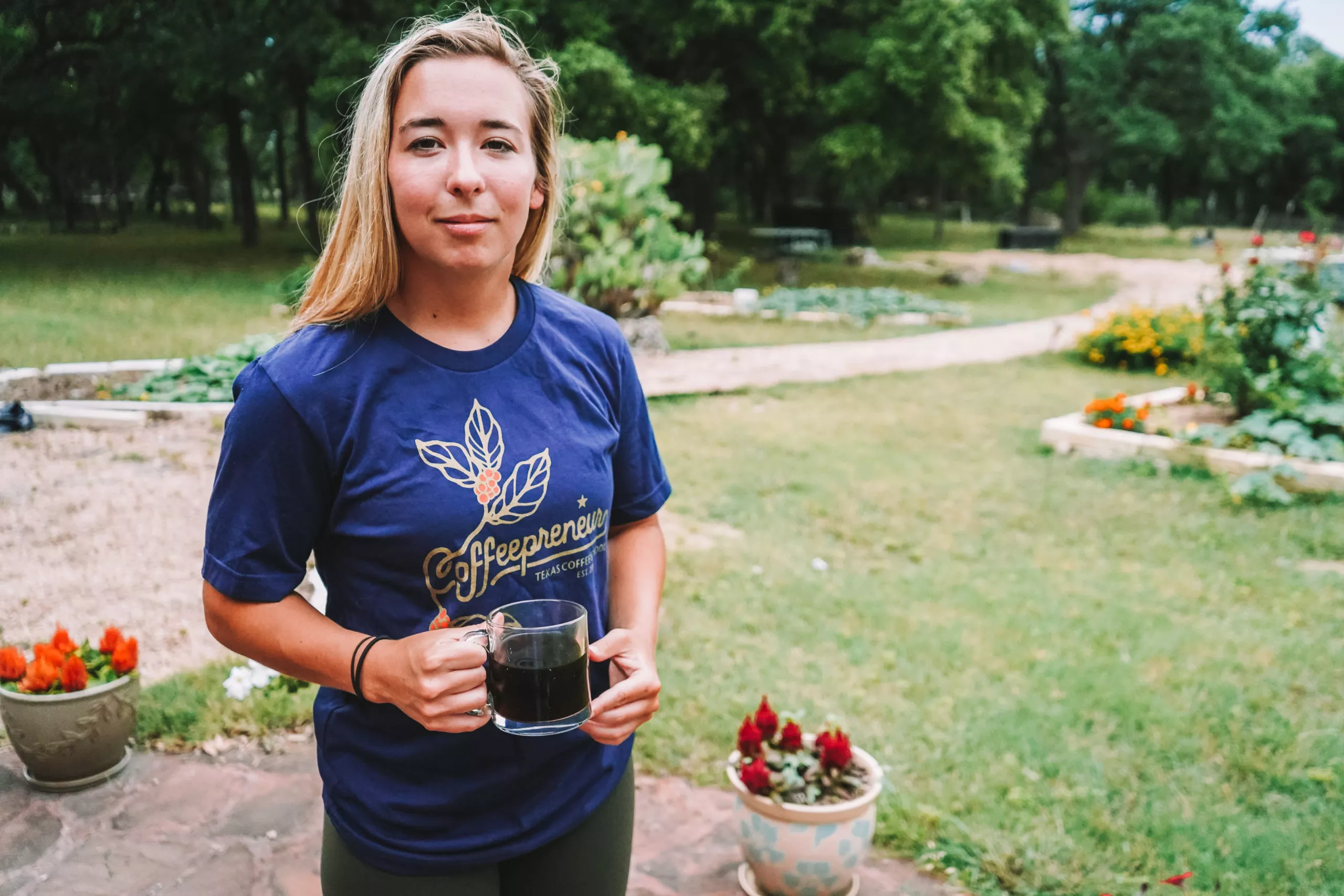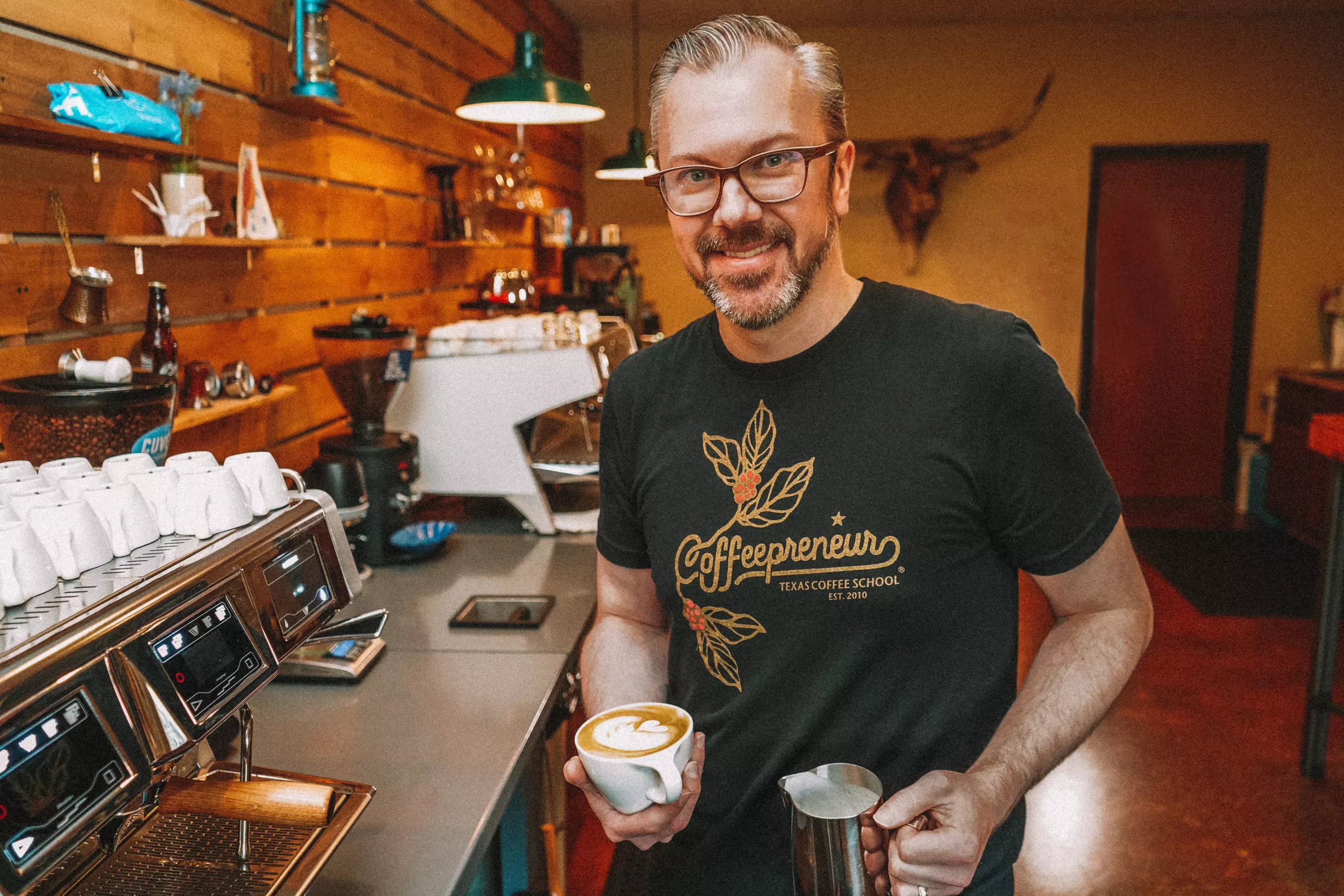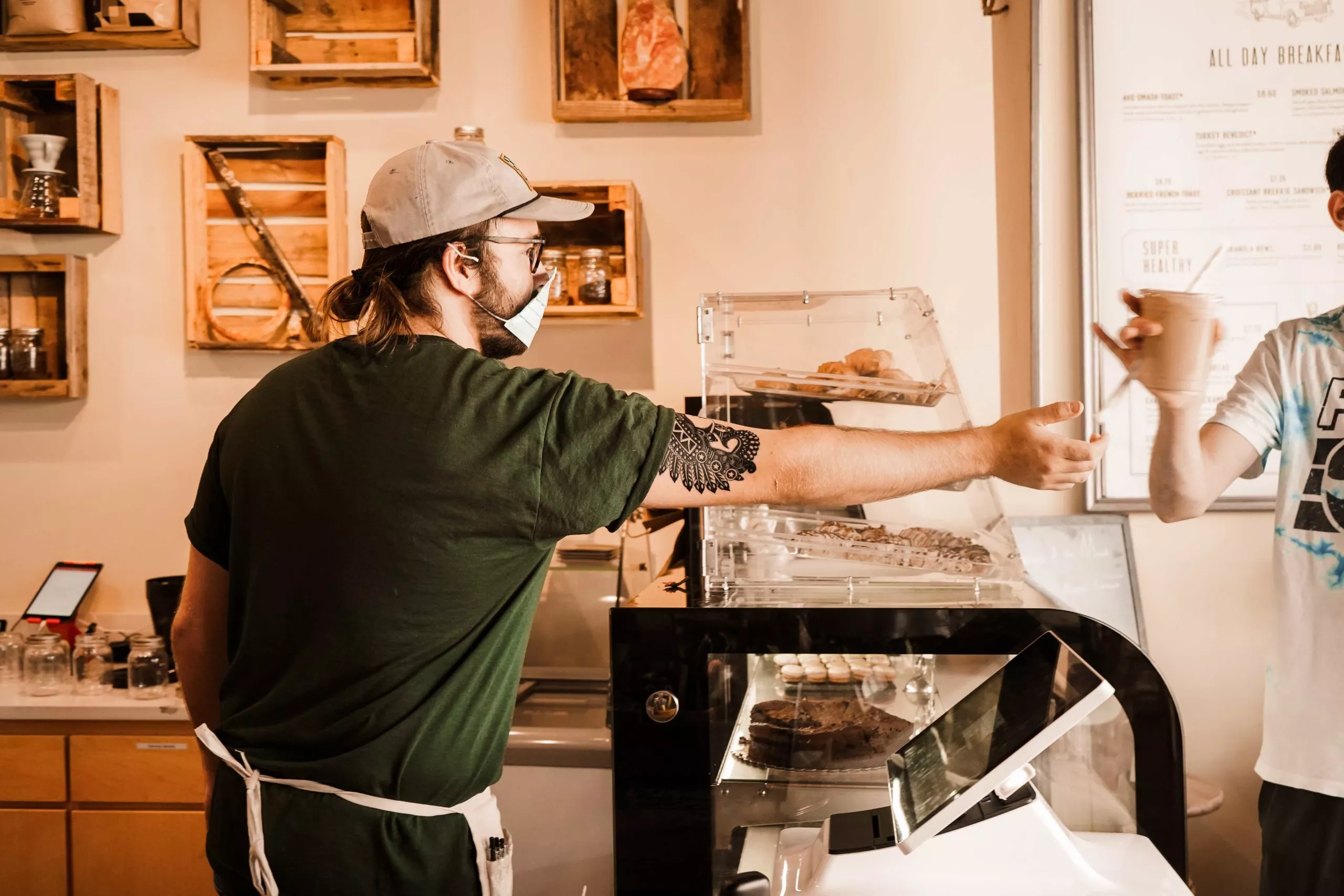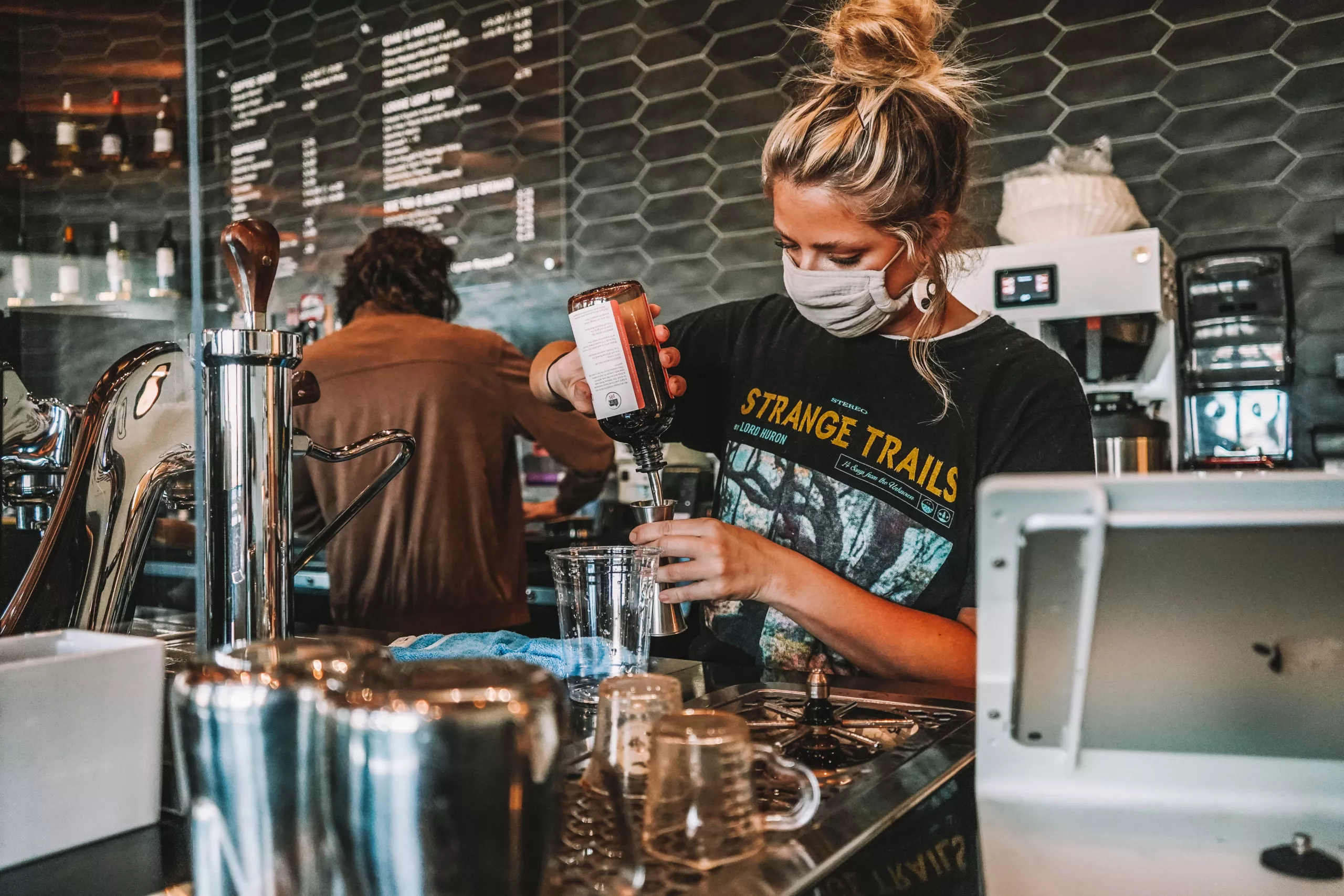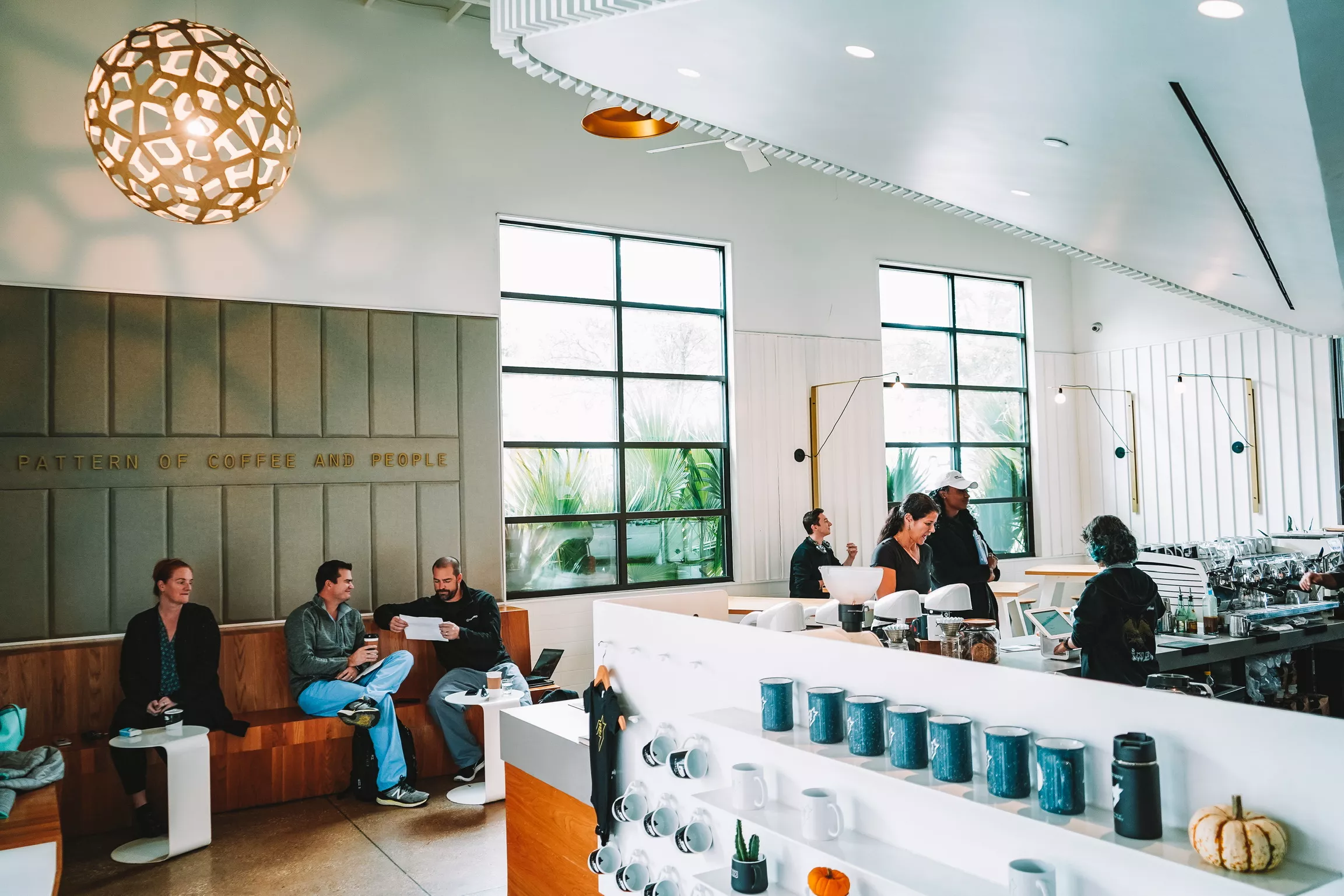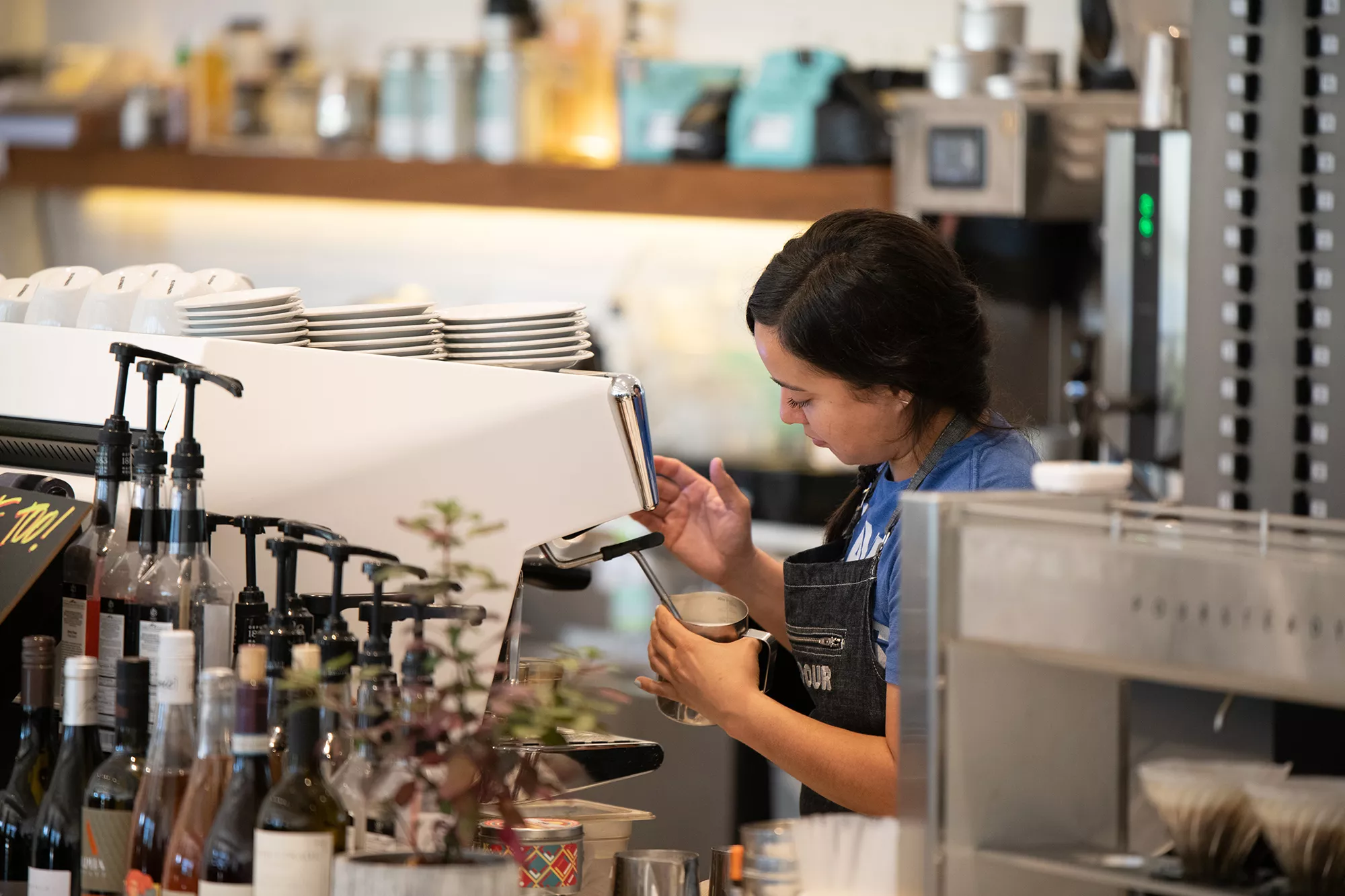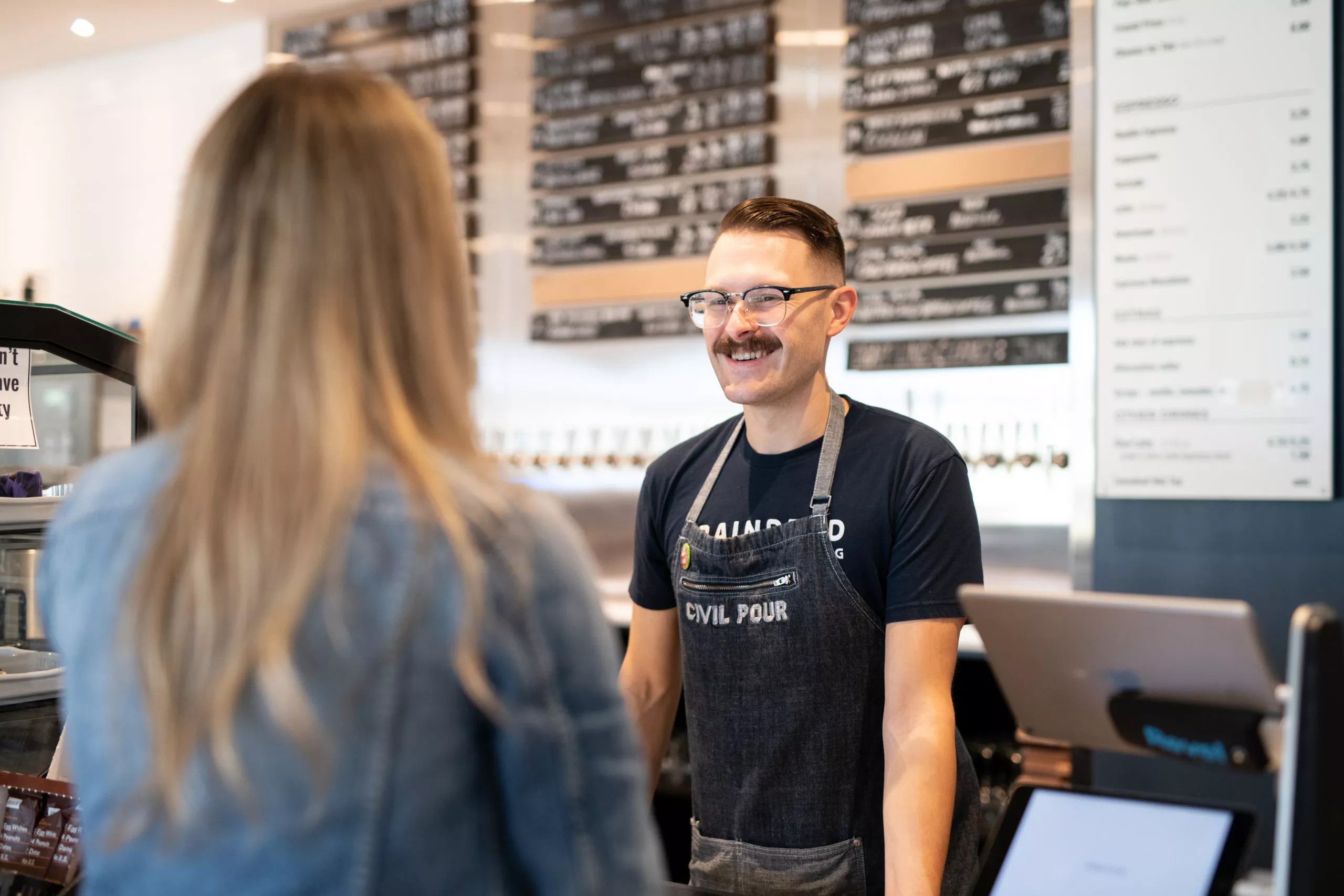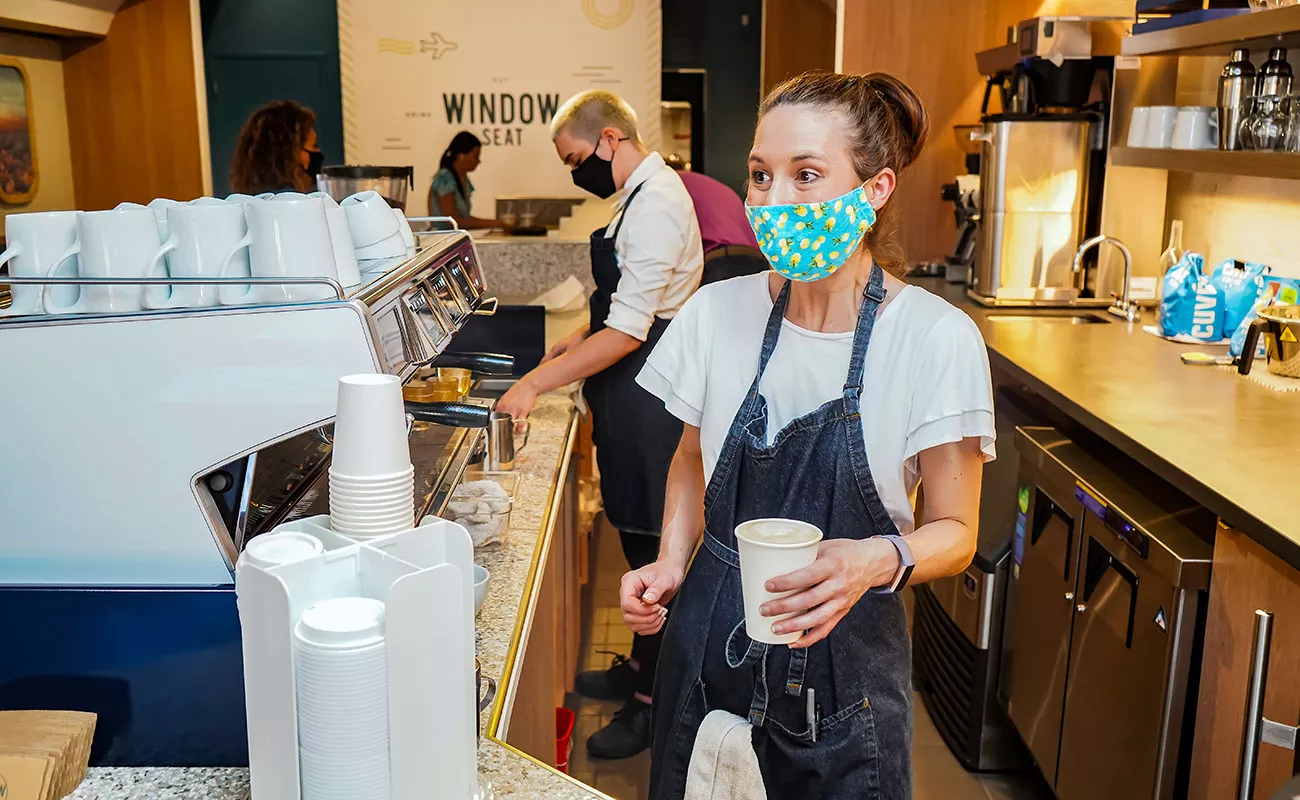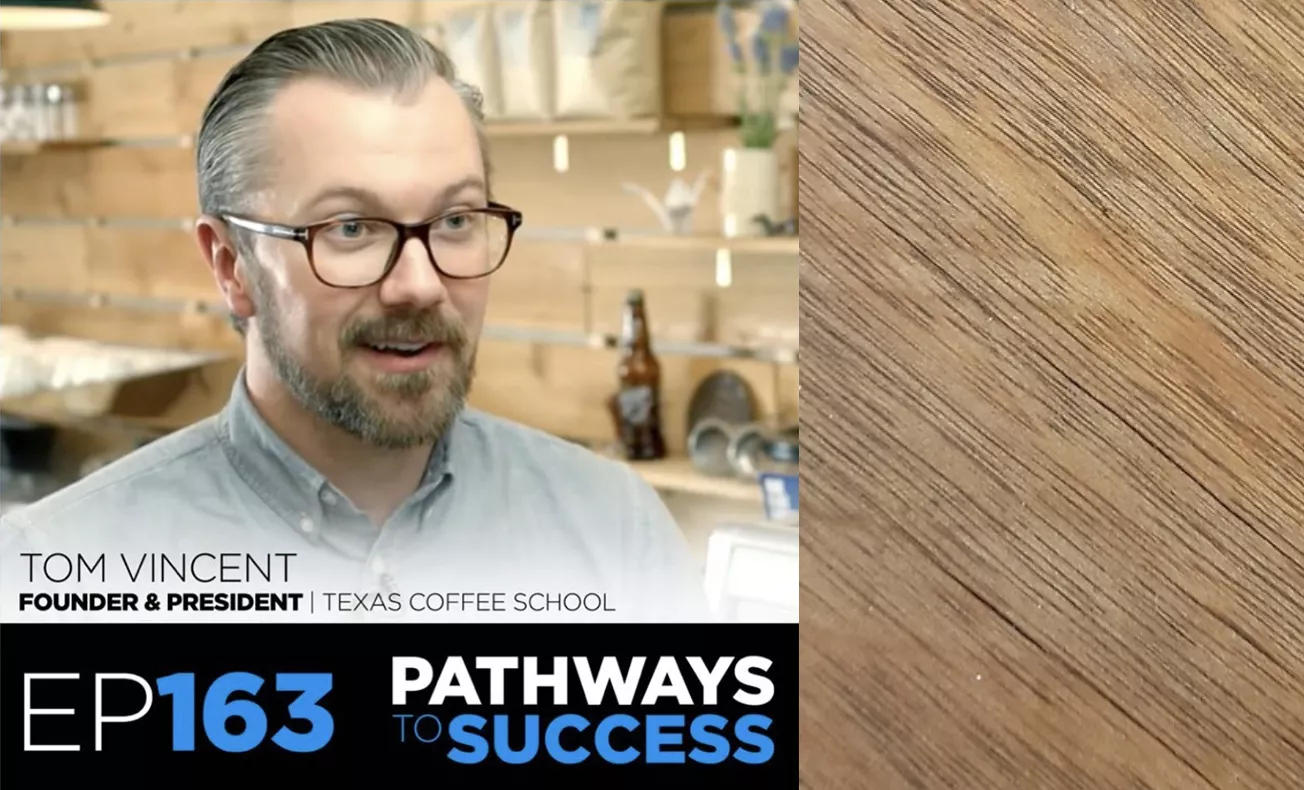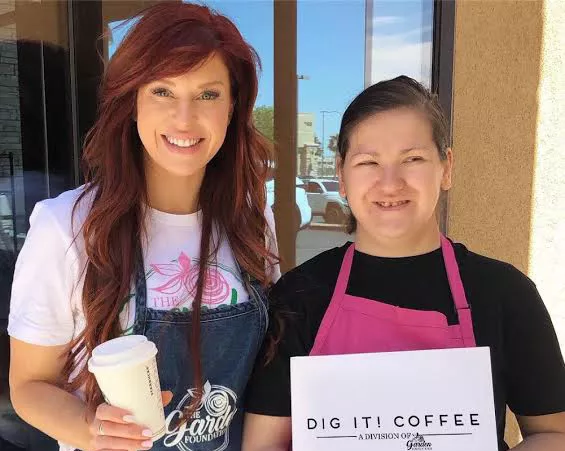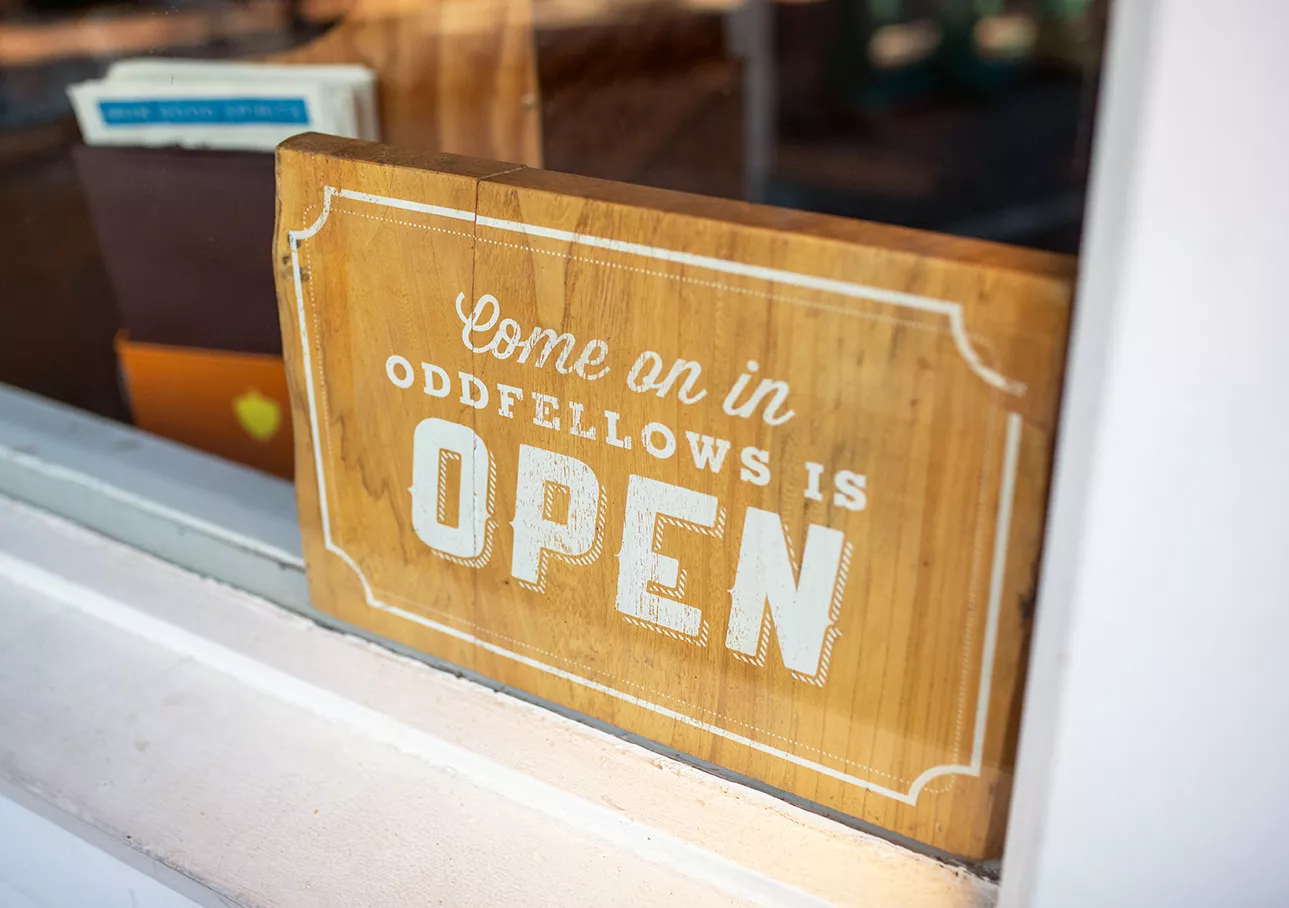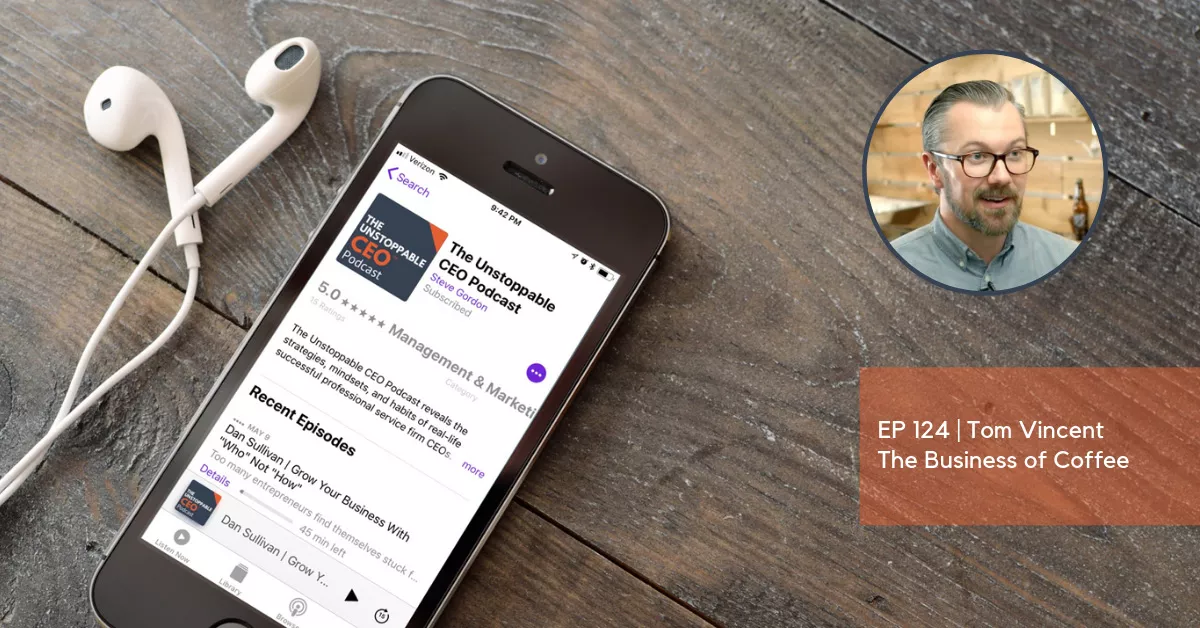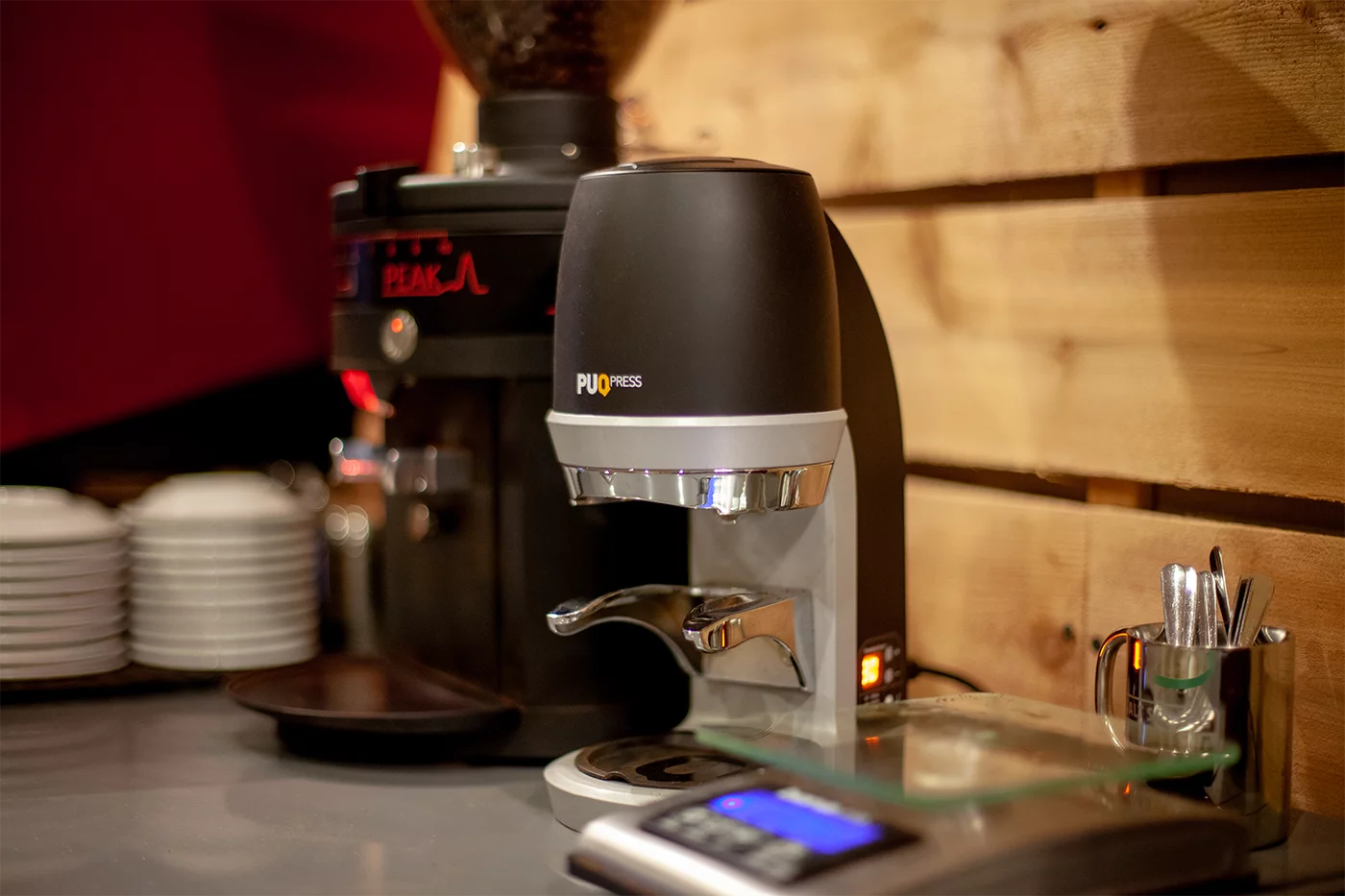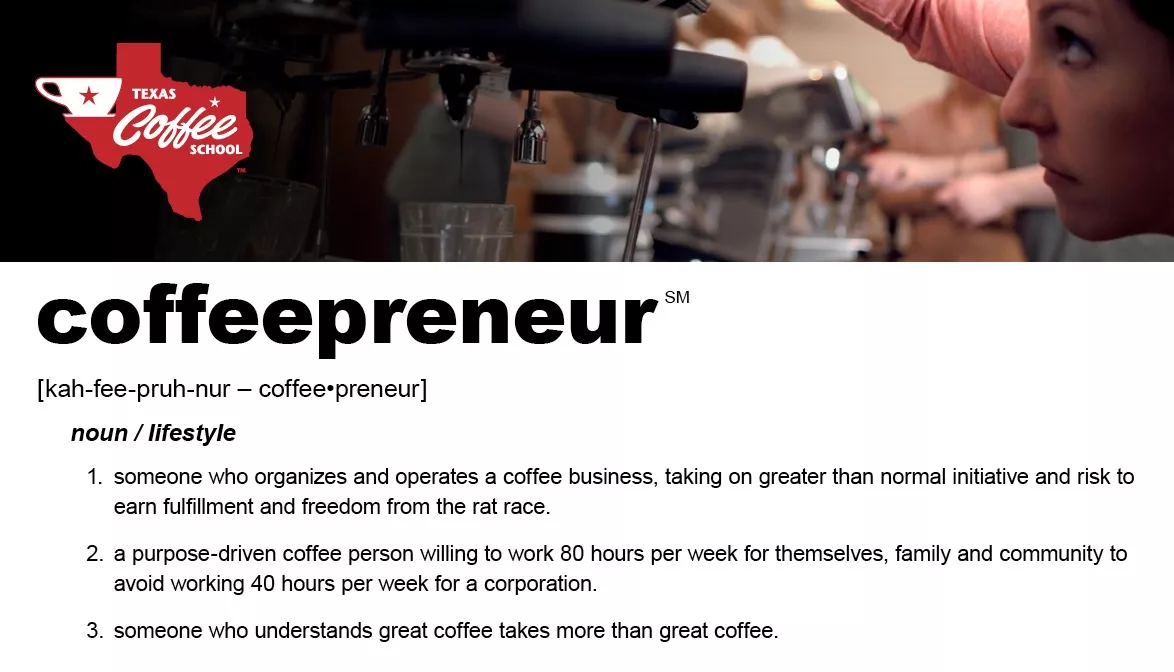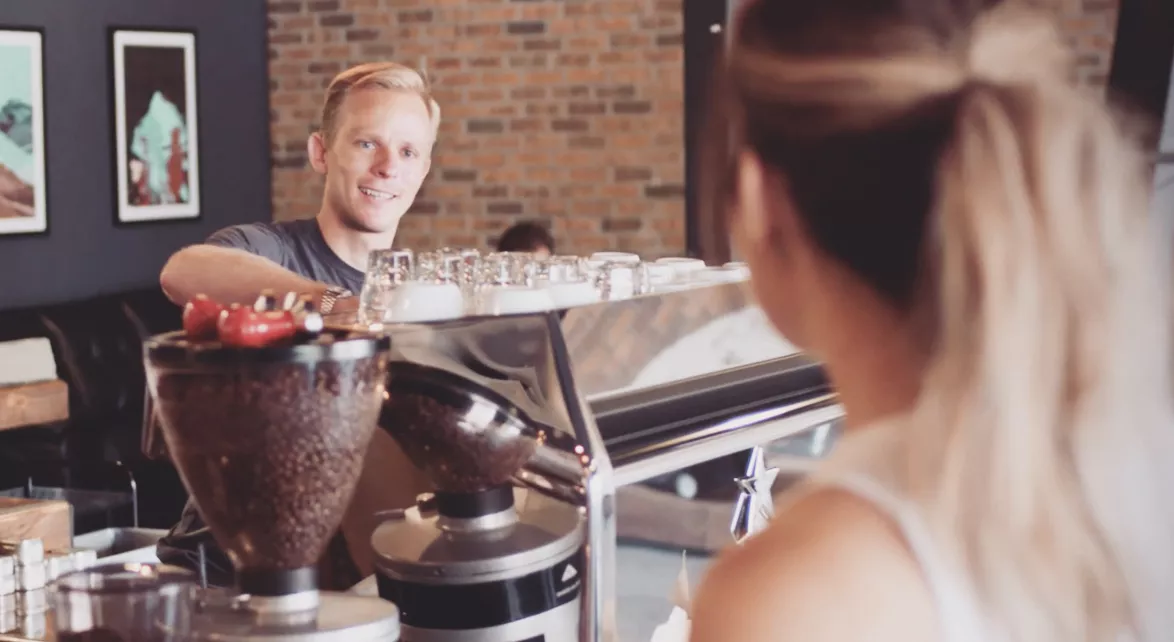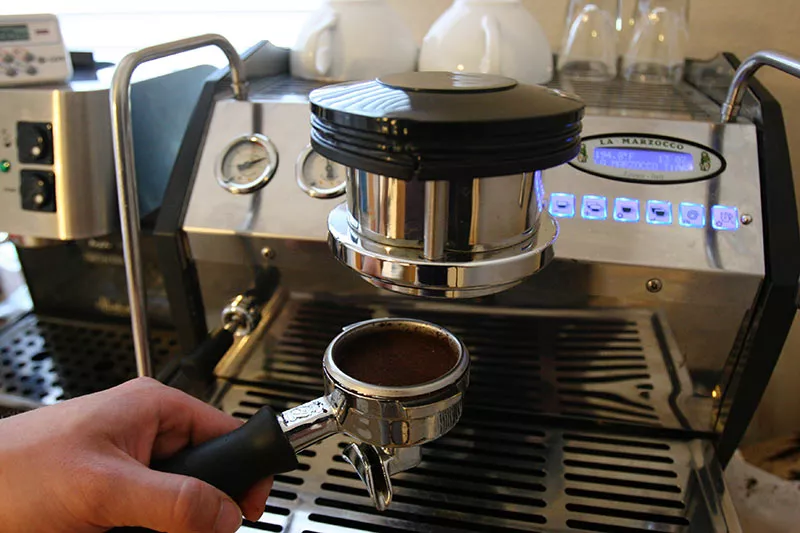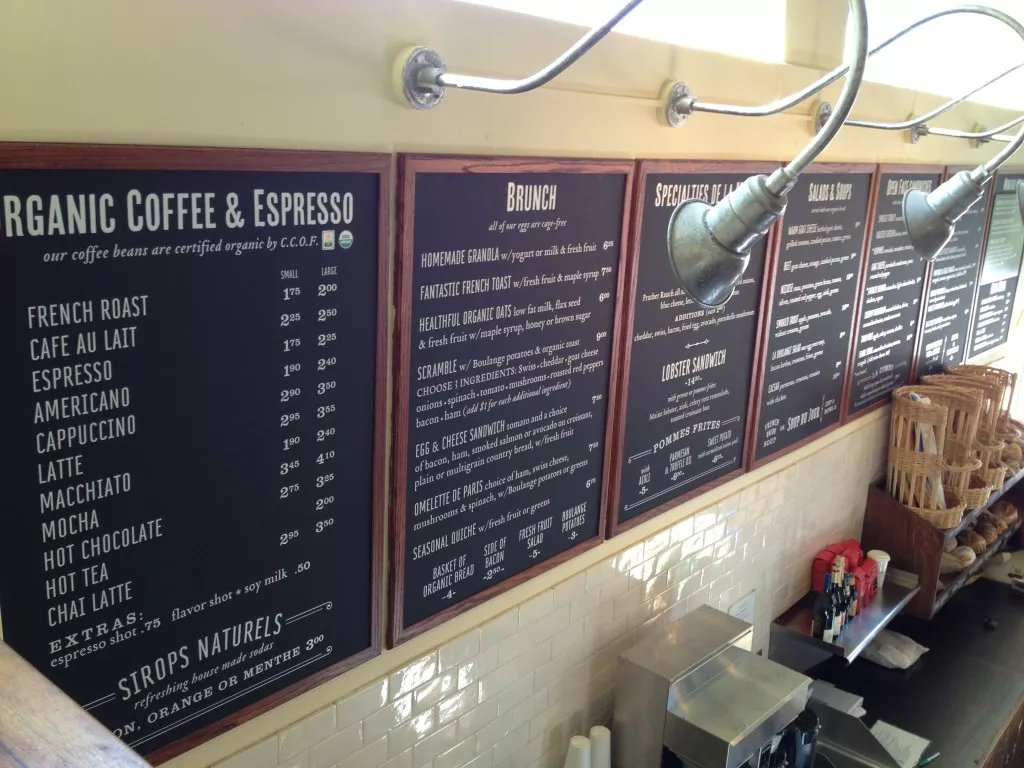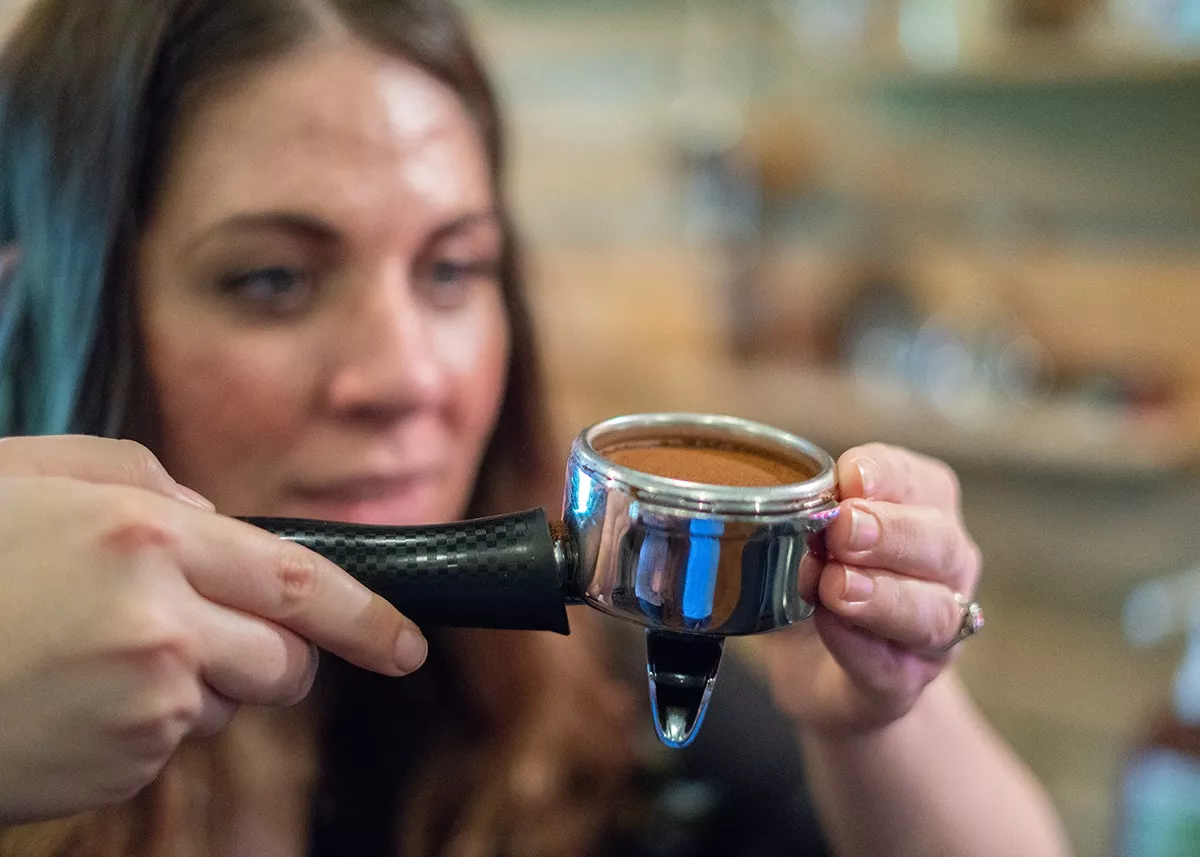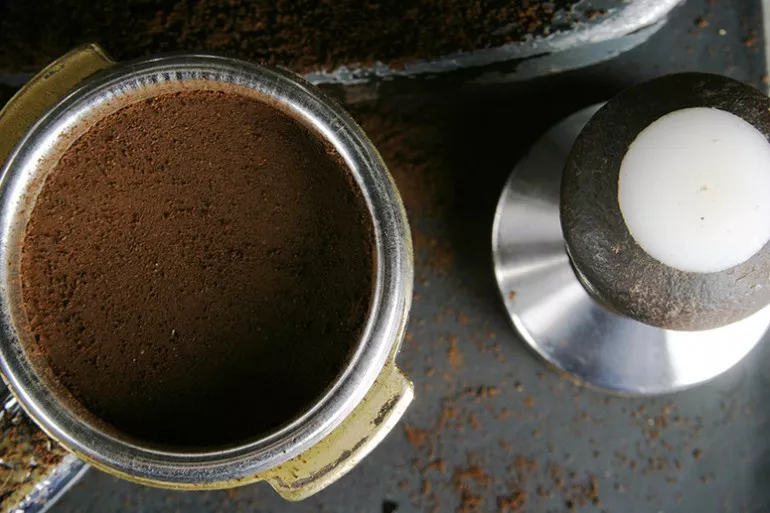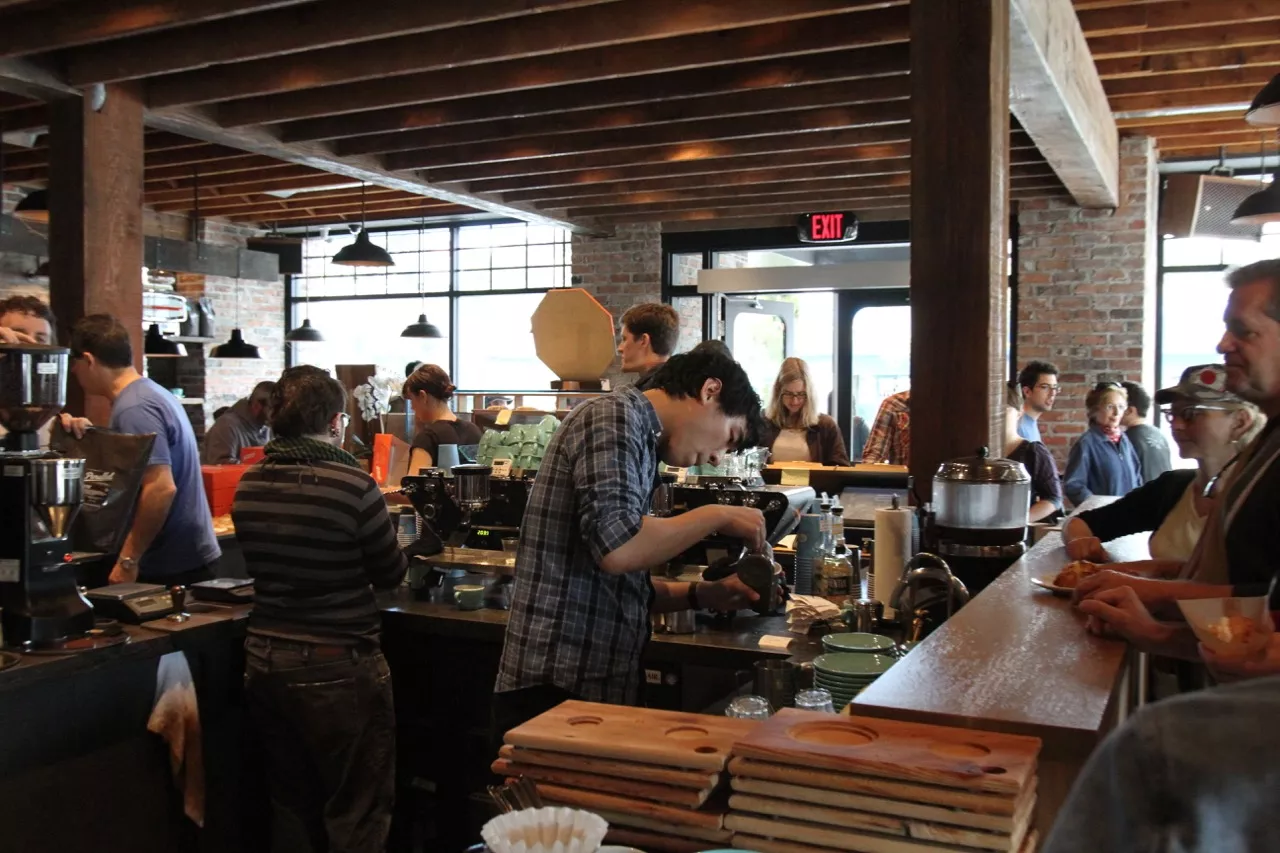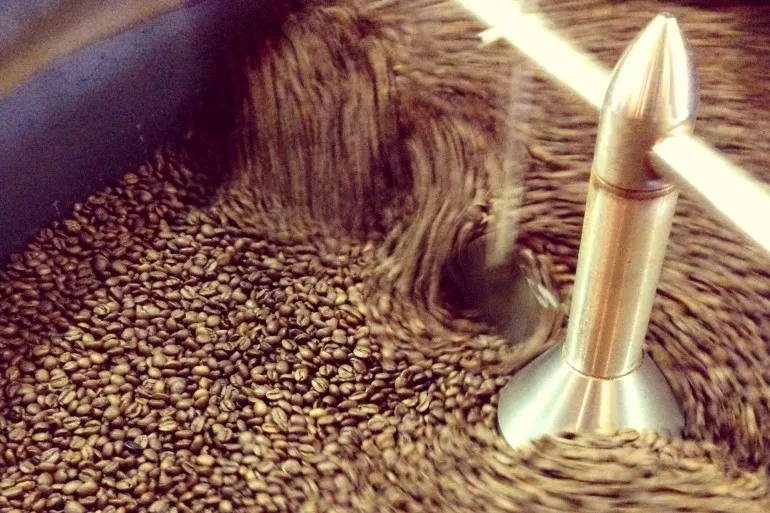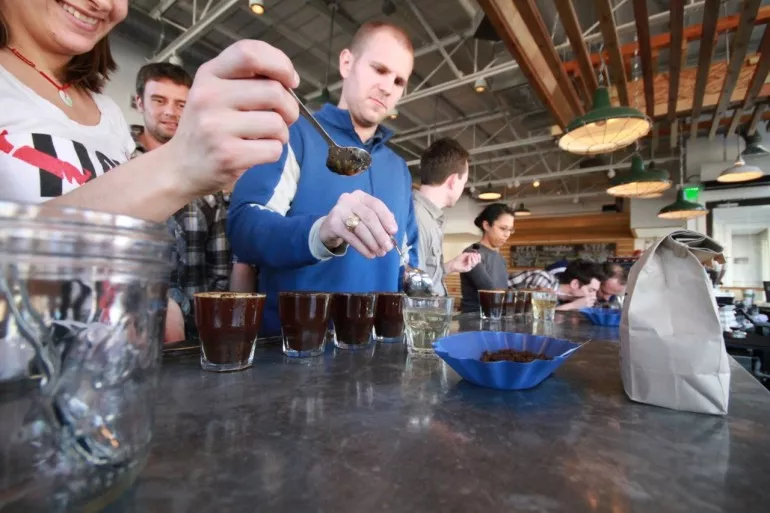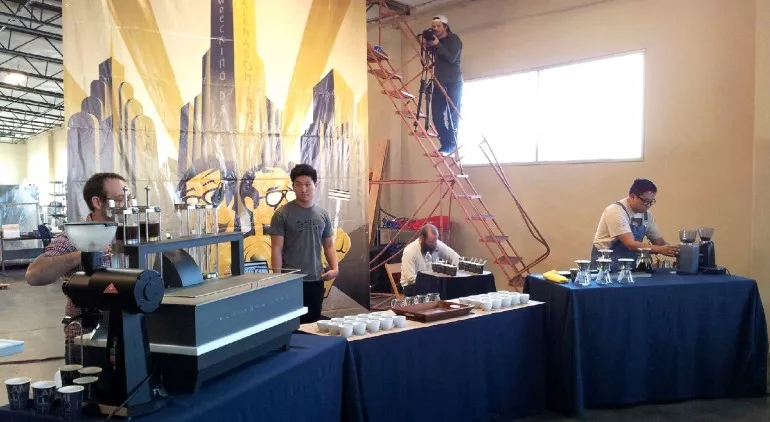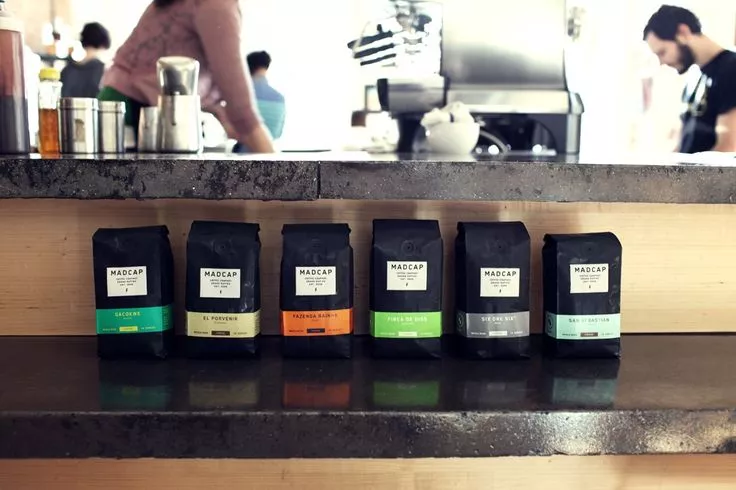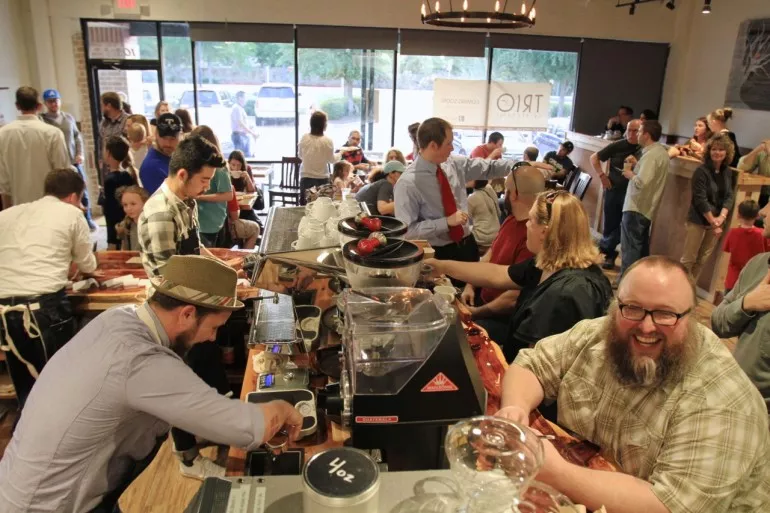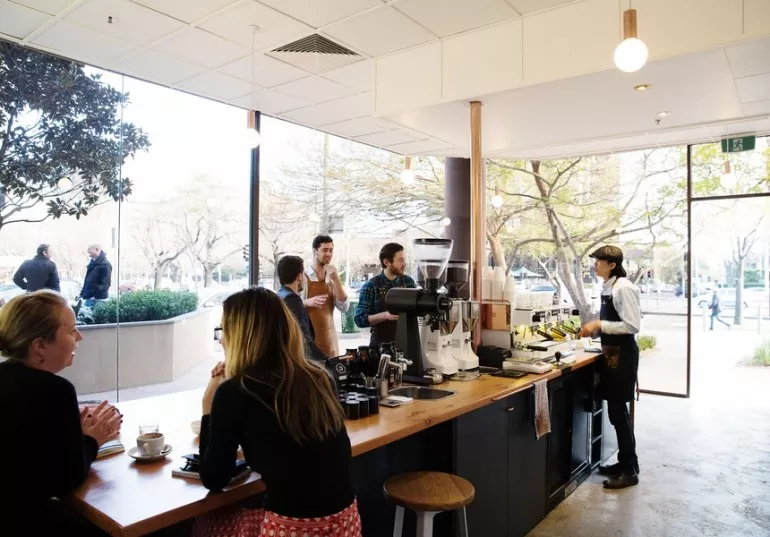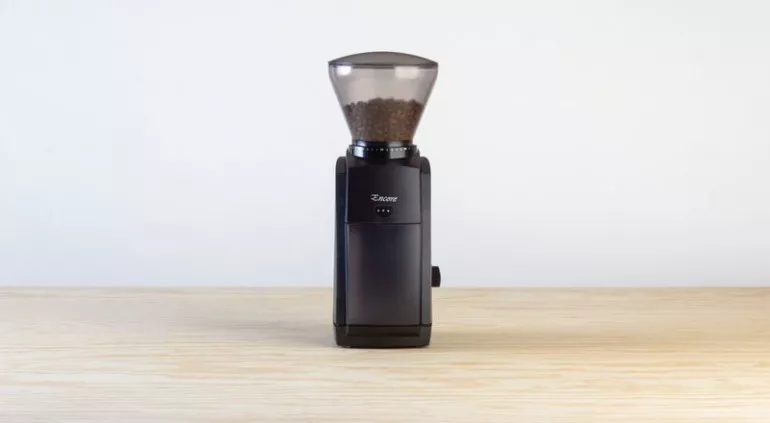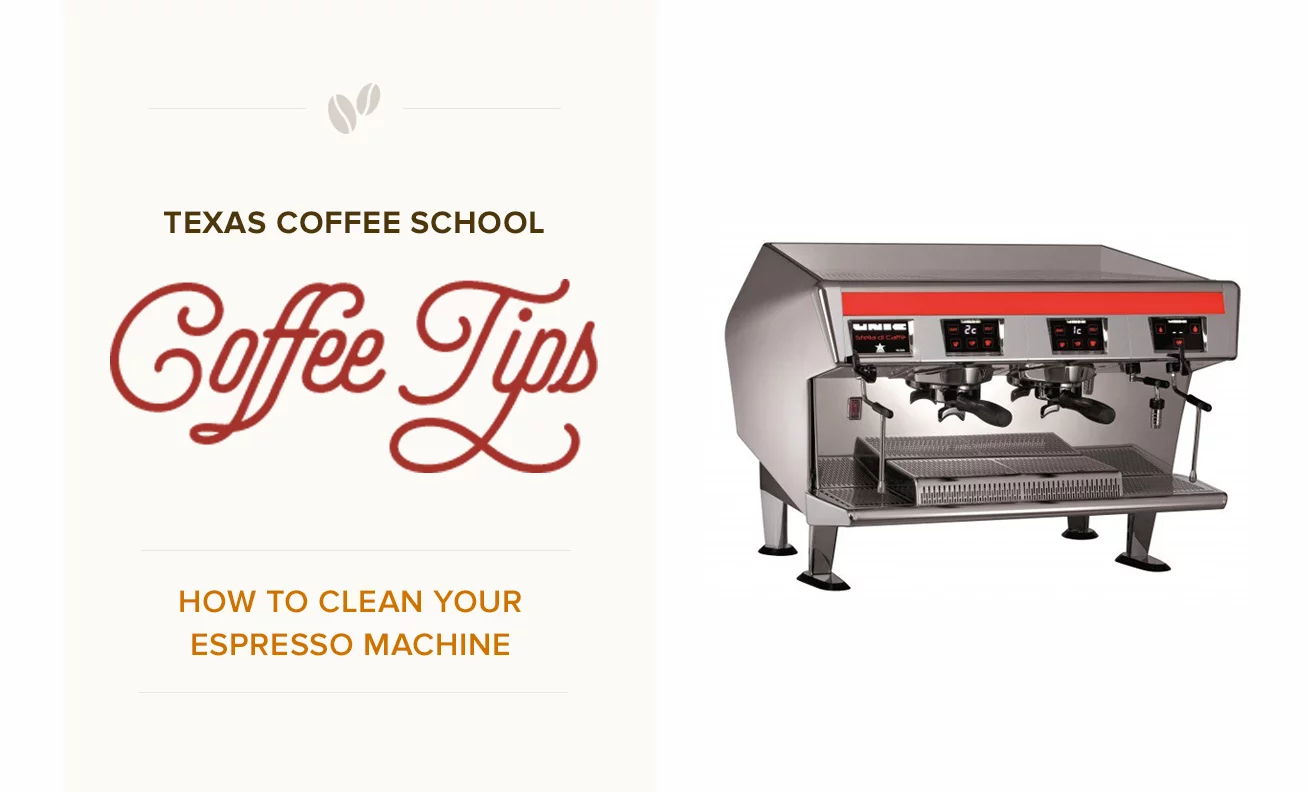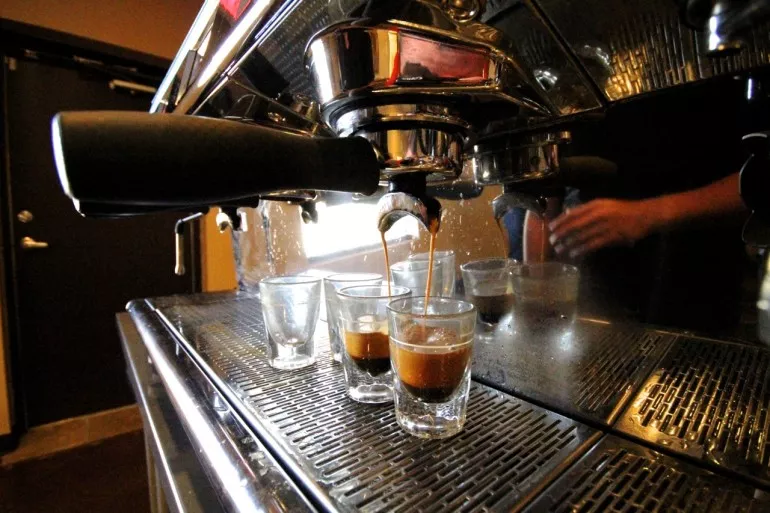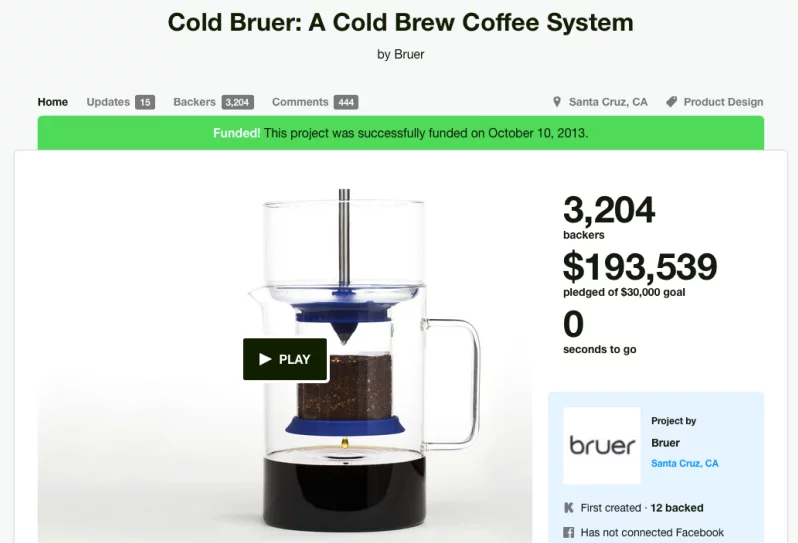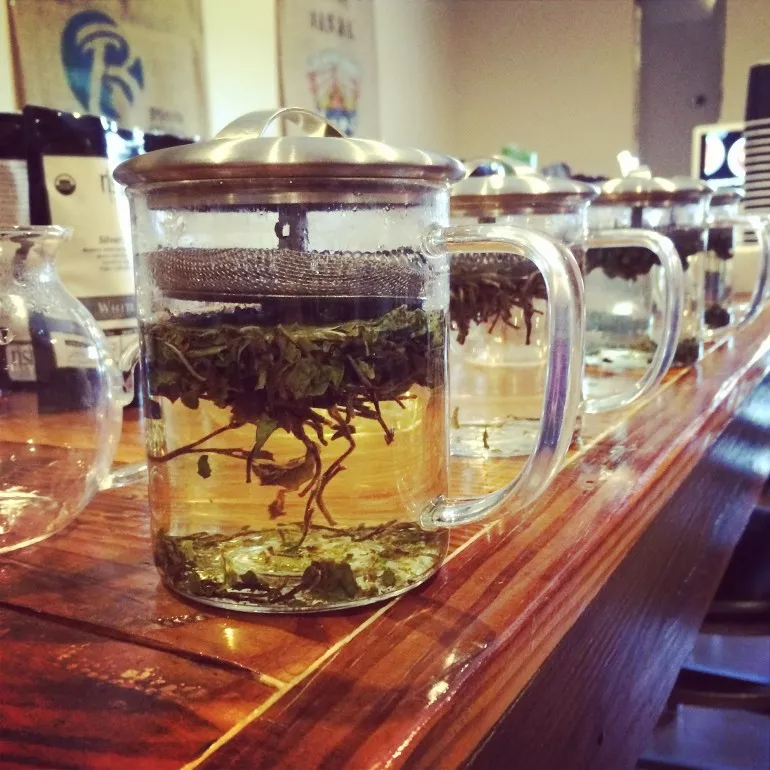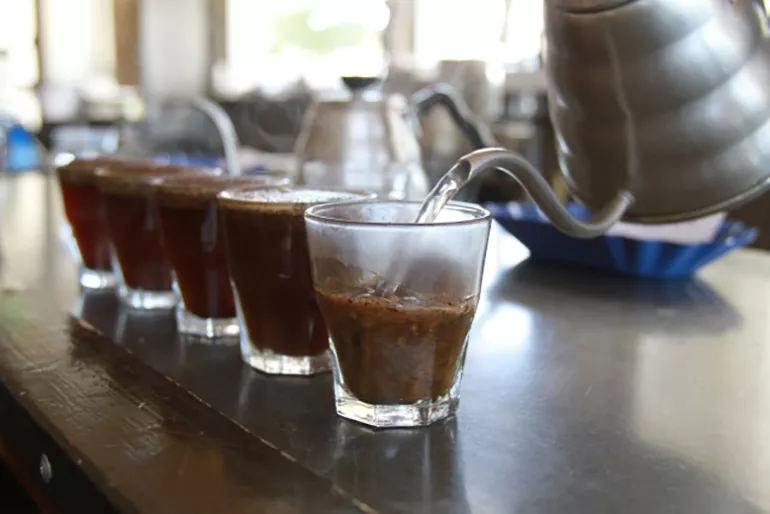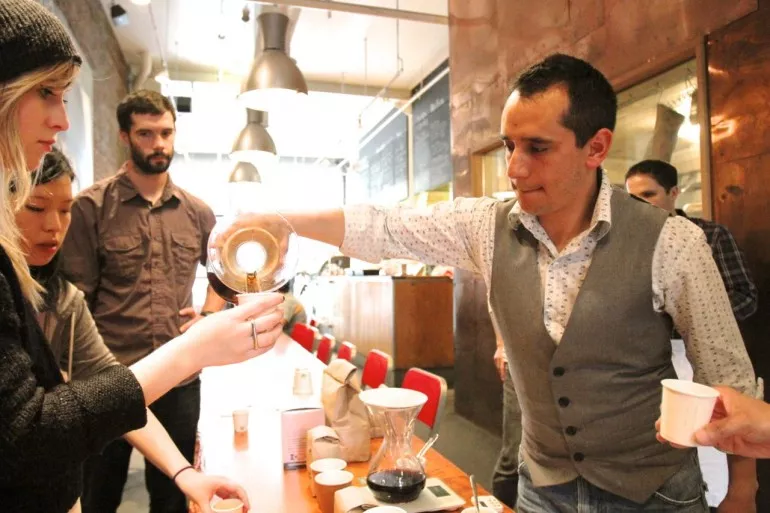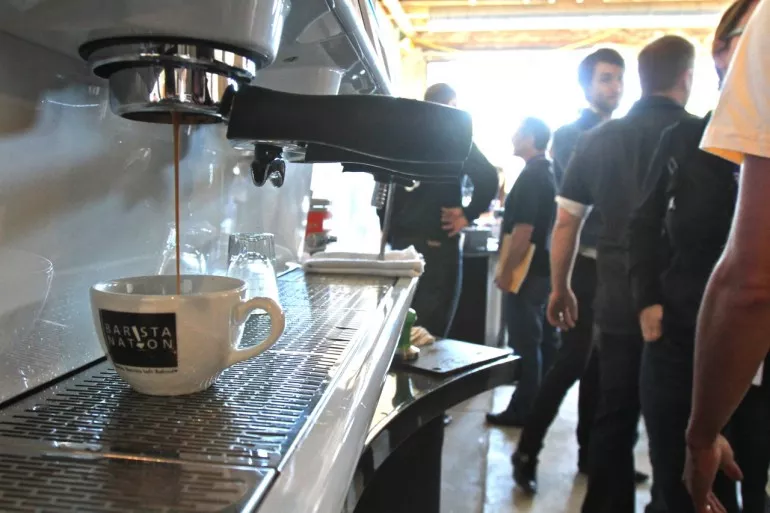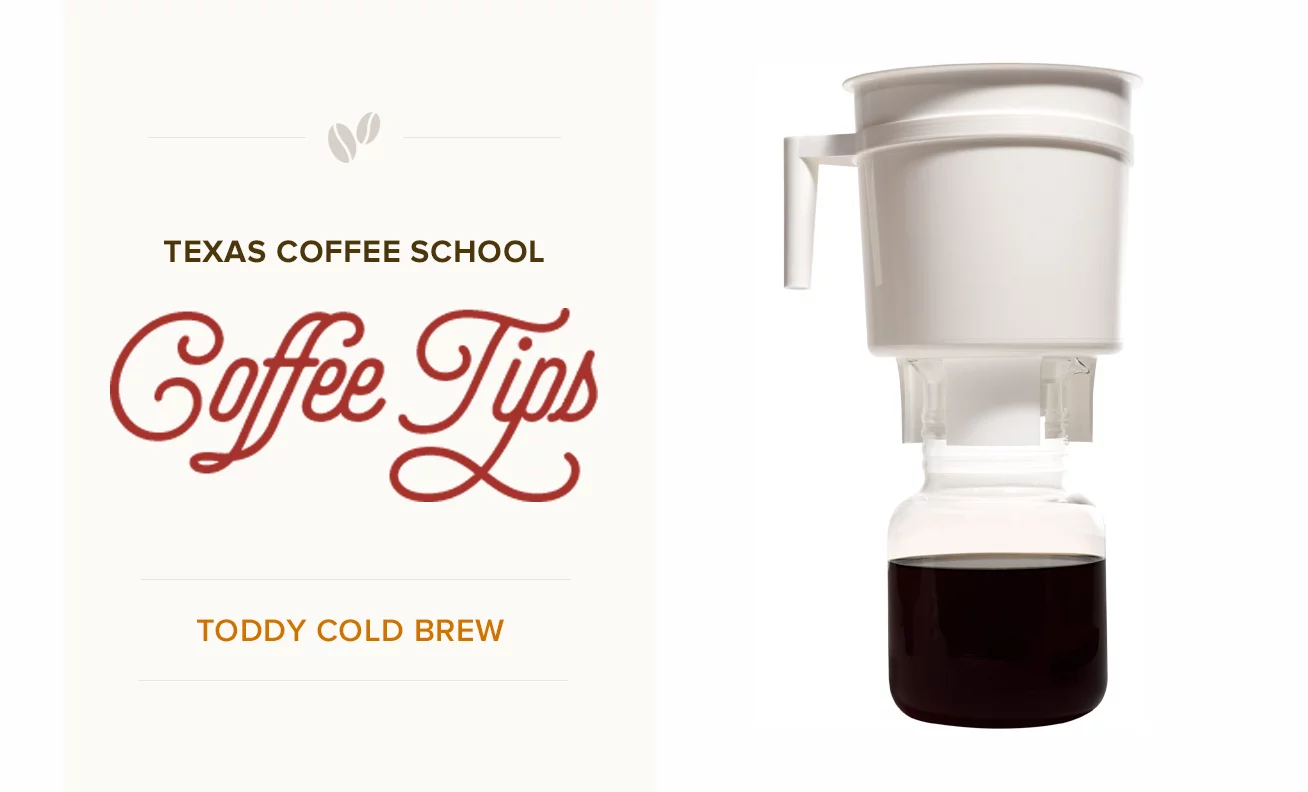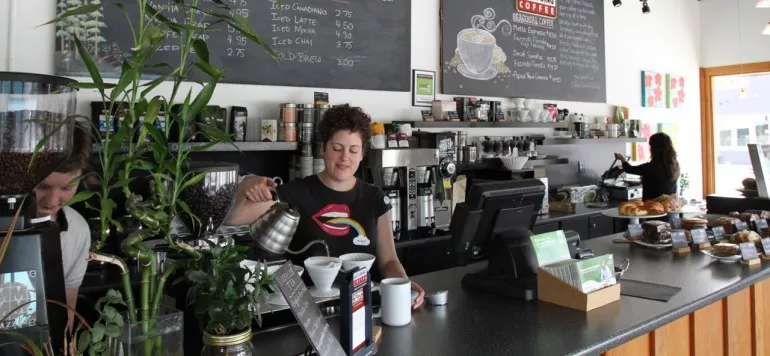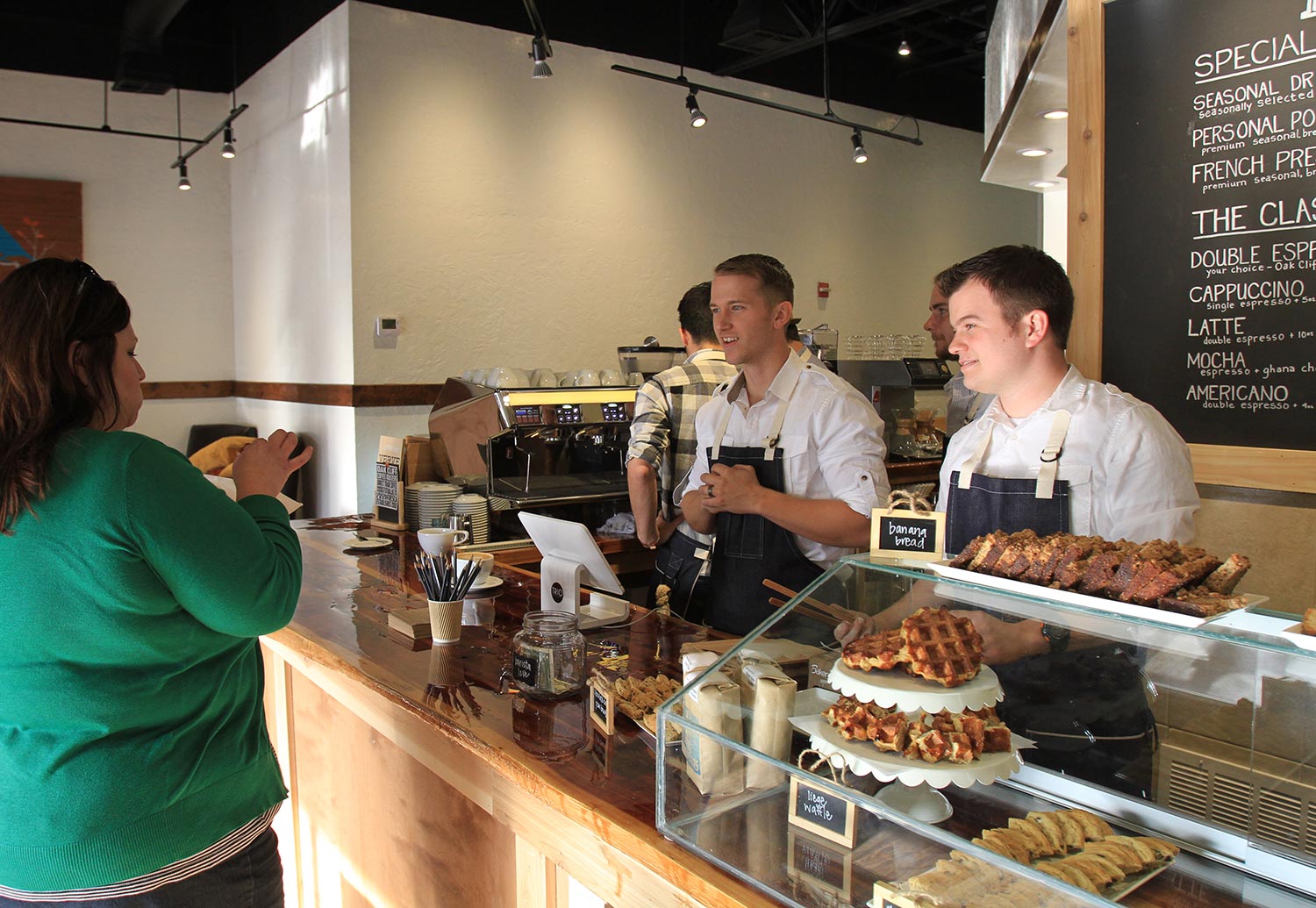
Can Your Local Market Support a Coffee Shop? Try Competitor Analysis
Explore how to assess demand, competition, and what could make your shop stand out with competitor analysis.
Thinking about opening a coffee shop, truck, or mobile cart? An important first step is understanding the local market and competition. Are there enough people nearby to support your concept? Will too many competitors pull customers away? That’s what a coffee shop competitor analysis can tell you.
Aspiring coffee shop owners who take the time to analyze their community’s competitive landscape start their businesses with clearer direction and better chances of success. Here’s how to approach this critical step.
Take a deeper dive into competitor analysis before you open your coffee shop:
A competitor analysis is part of our Roadmap to Opening a Coffee Shop Business, straight from our 3-Day Coffee Business Master Class. Sign up for our class to dive deeper into competitor analysis. You’ll get the entire 28-step Roadmap, hands on barista training, and over 300 pages of resources to help you open your business.
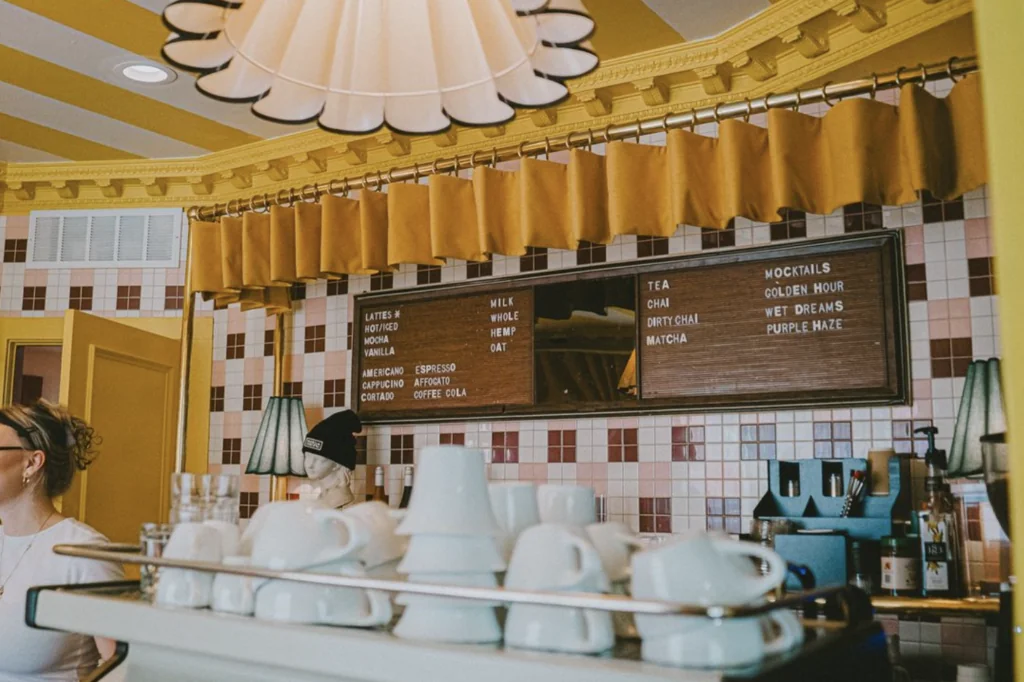
Mothers House in Dallas, former student
First, identify your competitors, both direct and indirect
When we talk about competitors, we mean all the places where your future customers might get coffee (or go to rather than coming to your coffee business).
- Direct competitors: other coffee shops, carts, or trucks in your area
- Indirect competitors: bakeries, donut shops, fast-food places, or any business serving coffee or coffee alternatives (dirty sodas, teas, etc…) as part of a broader menu
For each competitor, take a close look at:
- Their product range: What drinks and foods do they offer?
- Pricing: Are they premium, budget-friendly, or somewhere in between?
- Customer base: Who do they attract? Loyal regulars, casual visitors, commuters?
- Service quality: How fast and personal is their service?
You can find opportunities to set your business apart by spotting gaps in the market. For example, a popular coffee shop might have loyal customers and premium prices but may lack trendy signature drinks or non-coffee options. That gap could be your chance to appeal to a different segment.
Remember, even though it seems like some cities have coffee shops on every corner, many of these businesses thrive because they pull from different types of customers. Likewise, small communities can support a business if the business model is compelling enough to draw them in on a consistent basis. The key is creating a unique concept and finding a location that is rich with the types of customers who will love it.
Look for market gaps and opportunities, especially in rural or underserved areas
We’ve had many students open coffee shops in small towns, rural areas, or even suburbs that lack specialty coffee options. If you’re in a town with no coffee shops, it may seem like a perfect opportunity.
Even so, it’s important to dig deeper before choosing a location, designing your menu, or making other important decisions. You need to ensure that your direct market is big enough to support your business. And, you’ll need to consider how to pull customers to you if you aren’t in a densely populated area. Here are some things to consider:
- Is there enough population density and foot traffic in the location you’re considering?
- Do people nearby have disposable income for specialty drinks or other menu items?
- Is there a community hub nearby where customers can gather? Could your business fulfill that need?
- Are you on a commute route?
- What types of customers do you see nearby, and are they aligned to the audience that matches your business concept?
- Are there complementary businesses nearby that could pull in more foot traffic?
The answers to these questions can help you make informed decisions about your business model. Commute routes may want a location with a drive-thru. Neighborhoods may need offerings that pull in families with kids. Areas near schools, hospitals, or other services may want to offer specials to teachers or medical staff.
Think of how you can best succeed in your local market, even without direct competitors.
Here are some stories of our former students who have opened coffee shops in rural areas or small towns:
- River Mill, Coffee Shop in Small-Town Nebraska
- Roaming Grounds, Coffee Truck in South Dakota
- Little Brick, Coffee Truck in Small-Town Maryland

River Mill Coffee Co., former student
When your market is crowded: how to stand out
In areas dense with coffee shops, the challenge isn’t just to open your doors, it’s to create a reason for customers to choose you over the competition.
Here are our tips for finding success in more saturated coffee shop markets:
- Unique Business Concept: Having “excellent coffee” does not count as a unique concept. You need to create a business that doesn’t already exist in your market or for your desired customers. (Check out the “Success Stories” tab on our blog to see how our former students stand out.)
- Unique Menu Offerings: Bring signature drinks or trending non-coffee beverages your competitors don’t have. Think seasonal specialties, teas, alternative milks, locally inspired flavors, food offerings, local partnerships, desserts, and more.
- Exceptional Customer Service: Efficient, friendly, and personalized service can turn casual visitors into regulars. In busy areas, making people feel seen and known is a powerful advantage.
- Core Values Front and Center: Environmentally friendly packaging, sourcing beans from local or ethical roasters, celebrating your culture, or supporting groups or causes. These can resonate deeply with customers. Whatever your core values, put them at the heart of your business.
- Community Engagement: Host events, partner with local artists or DJ’s, or create a welcoming space for meetups. Making your shop a community hub builds loyalty beyond coffee.
- Strong Brand Story: Share why you do what you do. Authentic storytelling connects with customers who want more than just a caffeine fix.
- Digital Presence: Use social media creatively to showcase your shop’s personality, new drinks, and customer stories. This attracts a younger, digitally connected crowd.
Standing out in a crowded market requires thoughtful differentiation. And remember: you’re not just differentiating the coffee, you’re differentiating the entire experience of visiting your business.
Here are a few of our former students who created stand-out concepts:
- Brentwood Social House, Austin, TX
- The Den, Denver, CO
- Carve Surf & Coffee, Tequesta, FL
- Mothers House, Dallas, TX
- Arwa Yemeni Coffee, Multiple locations in different states
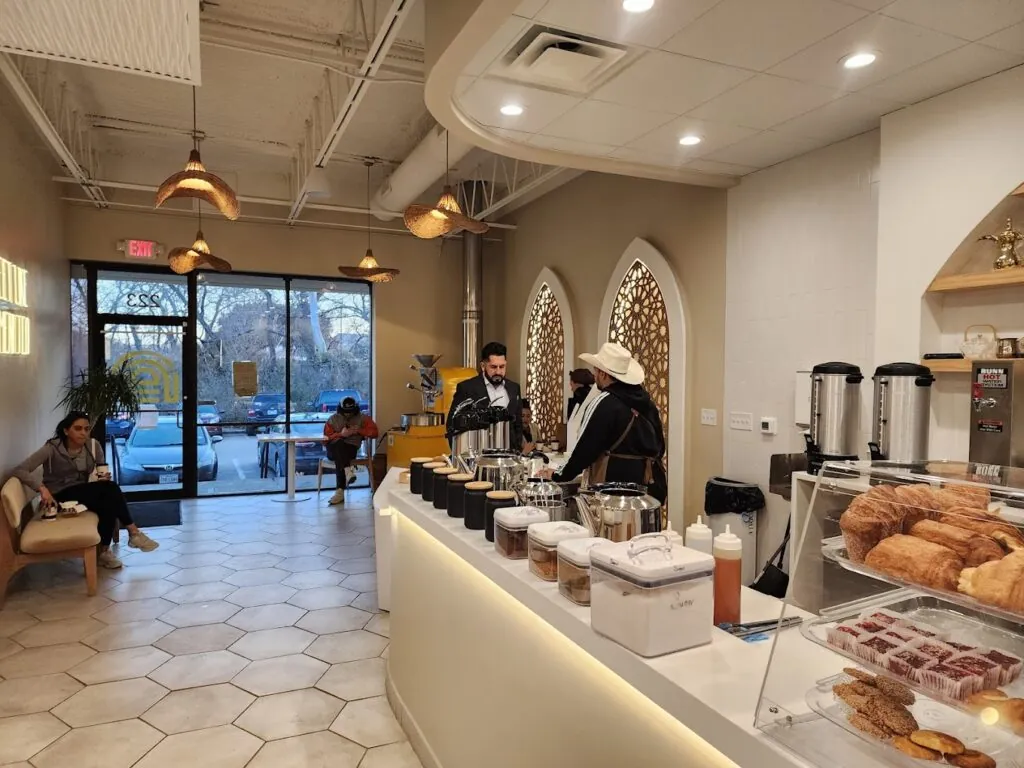
Arwa Yemeni Coffee, former student
Study competitors’ marketing and customer engagement
How are your competitors connecting with customers? Some still rely mostly on word-of-mouth or local event sponsorships.
If they aren’t active on social media or digital platforms, that’s an opening for you. Building a strong online presence lets you:
- Highlight seasonal drinks and promotions
- Engage directly with your community
- Encourage user-generated reviews and sharing
- Attract younger, digitally savvy customers
Other opportunities for you include:
- Hosting events for niche or underserved groups
- Collaborating with local artists and groups
- Offering loyalty programs
- Creating a hybrid model (coffee + another offering) that competitors don’t offer
What about national chain competitors?
National chains (like the one with the green mermaid) may seem intimidating, but they’re just one piece of your competitive landscape. While they’re strong on consistency, convenience, and name recognition, you may find opportunities by offering what chains and franchises can’t: local flavor, novel concepts, a niche audience, or a direct tie into your community.
Of course, these chains succeed because they’re great at finding the right markets. You might study them to learn about your market, too. Pay attention to their busiest times and customer base. Are they slow in the afternoons? Are they attracting mostly drive-thru traffic? Who is coming in? How are they choosing certain locations?
These observations can guide you toward creating something unique that can fit into your market. Think about an experience that feels more custom, more local, and more memorable. Give customers a reason to choose your shop over the corporate default.
Understand external challenges your competitors face
Have you noticed local businesses or competitors who have failed in your market? What can you learn from the challenges they have faced? How can you build a business that succeeds?
Markets evolve, and customer behaviors shift. For example, the move toward grab-and-go coffee after the pandemic has changed how people buy their drinks. Businesses relying solely on dine-in traffic might struggle. Offering options like drive-thru, delivery, or mobile ordering can give your shop a competitive edge.
Take a deeper dive into competitor analysis for your coffee shop at Texas Coffee School
A detailed competitor analysis helps you look more deeply at the viability of your coffee shop concept. By assessing your local market’s product offerings, pricing, locations, marketing, and service quality, you can uncover gaps and unmet needs. You can create a stronger business model when you understand what exists, what succeeds, and what is missing in your market.
Entrepreneurs who start with this research have a much stronger foundation to build a coffee business that’s truly tailored to their community. Is that you? Start a coffee shop business plan that thrives in your market. Sign up for our 3-Day Coffee Business Master Class today.
Frequently Asked Questions
How do you analyze competitors for a coffee shop business?
Identify both direct competitors (other coffee shops, carts, trucks) and indirect competitors (bakeries, donut shops, fast-food places serving coffee). Analyze their product range, pricing, customer base, and service quality. Look for market gaps to set your business apart. This competitor analysis is part of the 28-step Roadmap from the 3-Day Coffee Business Master Class.
How do you find market gaps for coffee shops?
Spot gaps by analyzing competitors’ weaknesses. For example, a popular coffee shop might have loyal customers and premium prices but lack trendy signature drinks or non-coffee options. That gap could be your chance to appeal to a different segment. The key is creating a unique concept and finding a location rich with customers who will love it.
How do you compete with Starbucks and national coffee chains?
National chains succeed on consistency, convenience, and name recognition, but you can offer what they cannot: local flavor, novel concepts, niche audiences, or direct community ties. Study their busiest times and customer base to learn about your market. Create something that feels more custom, local, and memorable than corporate defaults.
How do you stand out in a crowded coffee shop market?
Create a unique business concept beyond “excellent coffee.” Offer signature drinks, exceptional customer service, put core values front and center, engage with community through events, build a strong brand story, and maintain a creative digital presence. You are differentiating the entire experience of visiting your business, not just the coffee itself.
What should coffee shops consider when opening in rural areas?
Ensure population density and foot traffic can support your business. Consider if locals have disposable income for specialty drinks, if there is a community hub need, commute routes, customer alignment with your concept, and complementary businesses nearby. Rural success stories include River Mill in Nebraska, Roaming Grounds in South Dakota, and Little Brick in Maryland.

Register for a Coffee Class
The Best Coffee Training Available
We’ve helped hundreds of students successfully launch their own coffee shop businesses. Join us in our 5-Star Rated Coffee Classes, whether you’re an aspiring entrepreneur looking to open a coffee shop, a manager, a barista or home enthusiast looking to sharpen your skills.


